Ulaanbaatar
It's such a special occasion to get stuck in traffic in the capital of the world's least populous country.
Sükhbaatar Square
Sunset hours at the square were the time I could truly immerse myself in the local pulse of life, relax my mind and let go in the truest sense.
The only trip I took in the entire 2024 was this one to Mongolia; even right up until the departure, I hadn’t quite built up that sense of excitement and anticipation - so different from my very first trip exactly ten years ago to Japan. But strangely, at the moment I stepped into the airport, all the energy and travel instincts suddenly rushed back, like flipping a switch.
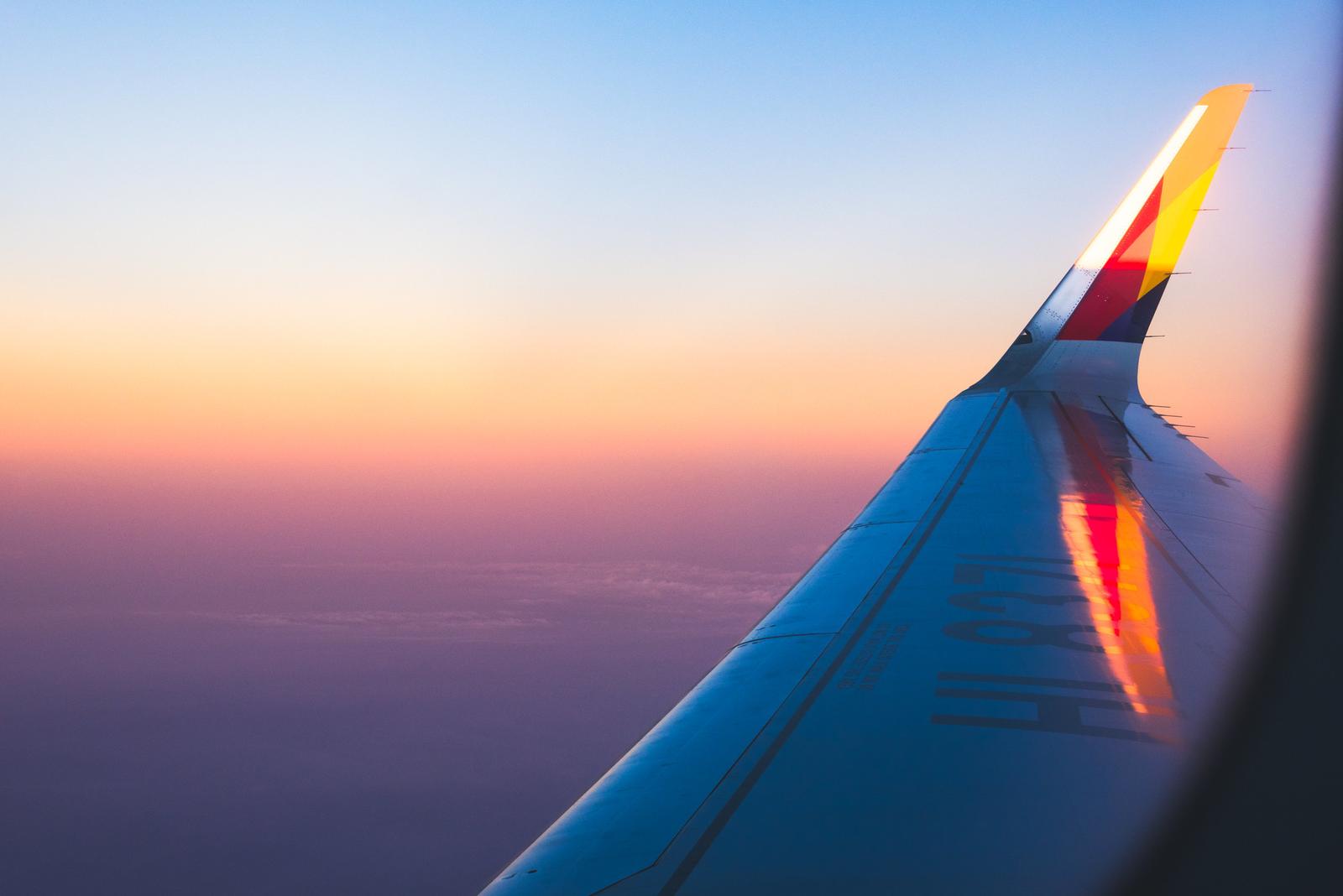
To get to Ulaanbaatar I had to transit via Incheon. Since I’m familiar with Korean culture, I quite enjoyed and missed those few layover hours there, taking time to wander through bookstores, K-Pop album shelves and cute little souvenirs.
Flying with MIAT Mongolian Airlines was a deeply memorable experience, as the in-flight entertainment featured many old movies and TV shows, some so old that they’re in black and white, and the food wasn’t so spiced, the same as local cuisine itself.
A Morning Wandering in the Capital
I landed in Mongolia at dawn and had to linger at the airport for a while; the airport’s quite small but has convenience stores and seating areas equipped with power outlets, which is handy for killing time or dozing off. It felt like every traveler was from South Korea, with groups of friends and families gathering in every corner of the resting areas.
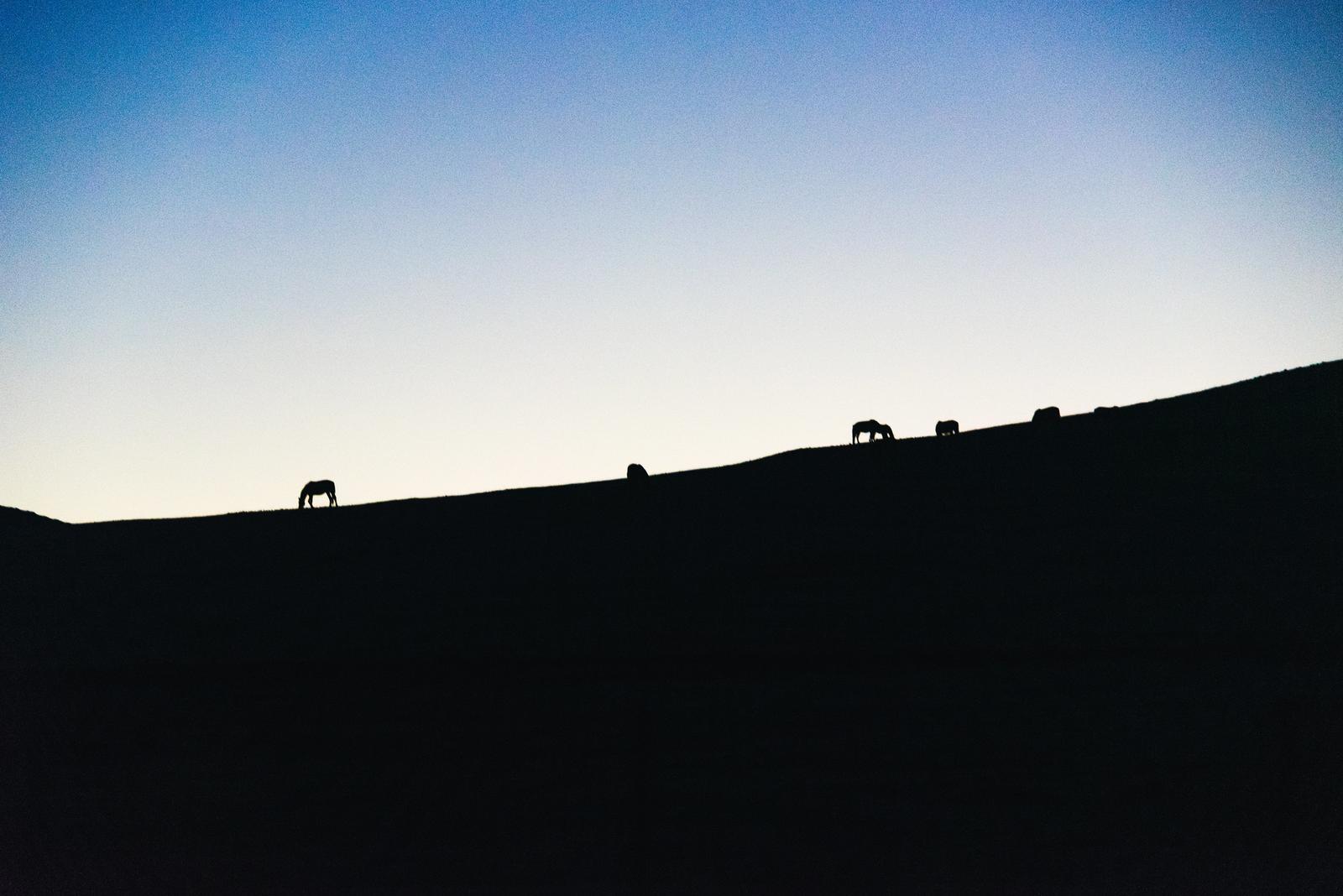
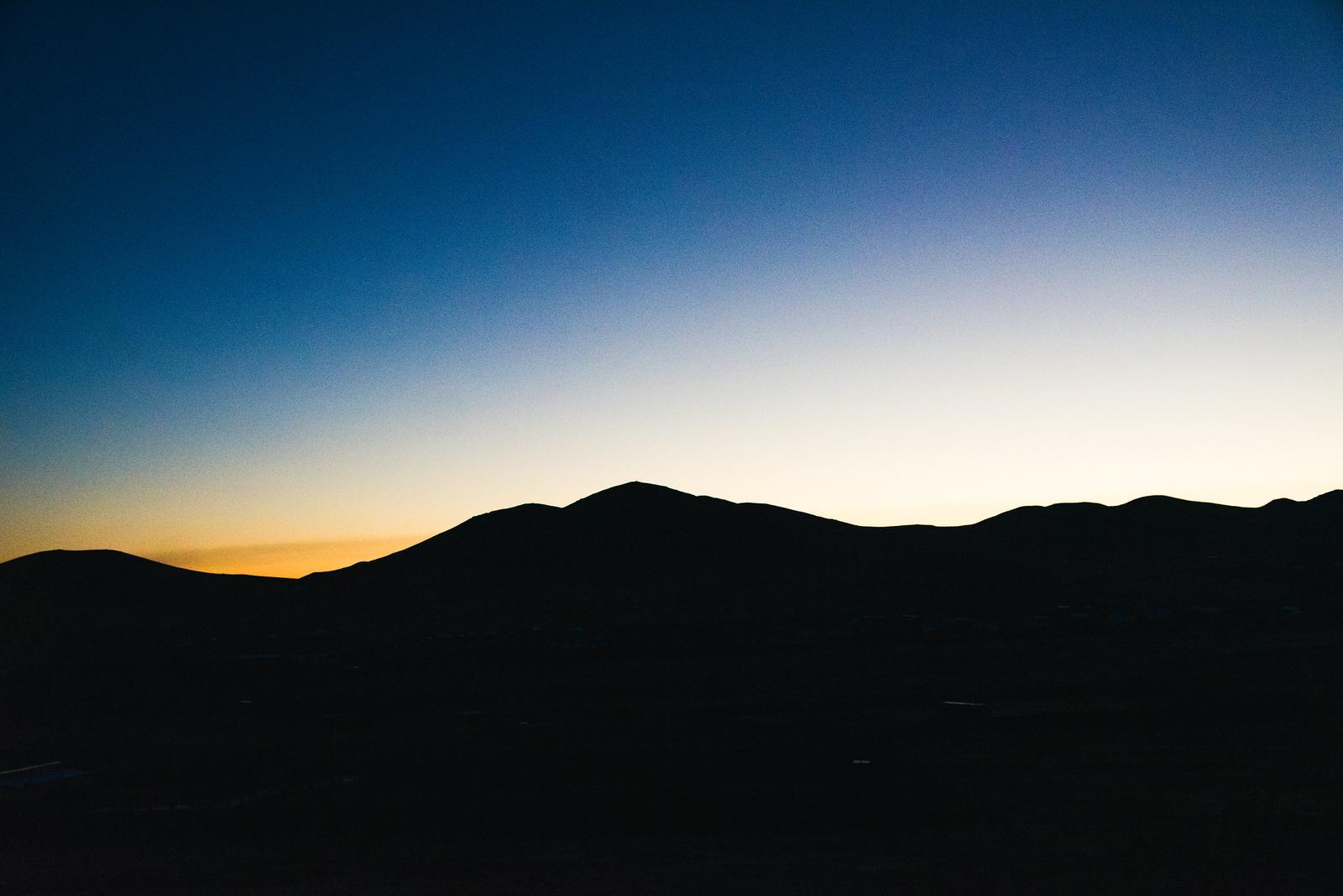
The first thing welcoming me once I stepped out of Chinggis Khaan Airport was the breathtaking sunrise over the vast, flat sky, silhouetting the gently rolling hills so characteristic of the steppe. Mongolian sunrises and sunsets were my constant source of inspiration throughout this journey.
Strolling towards Sükhbaatar
As always, checking into a budget hotel was a torture as I had to carry my luggage up four flights of stairs. A short nap right then was essential to make up for a restless night and to adjust my temperature to the weather.
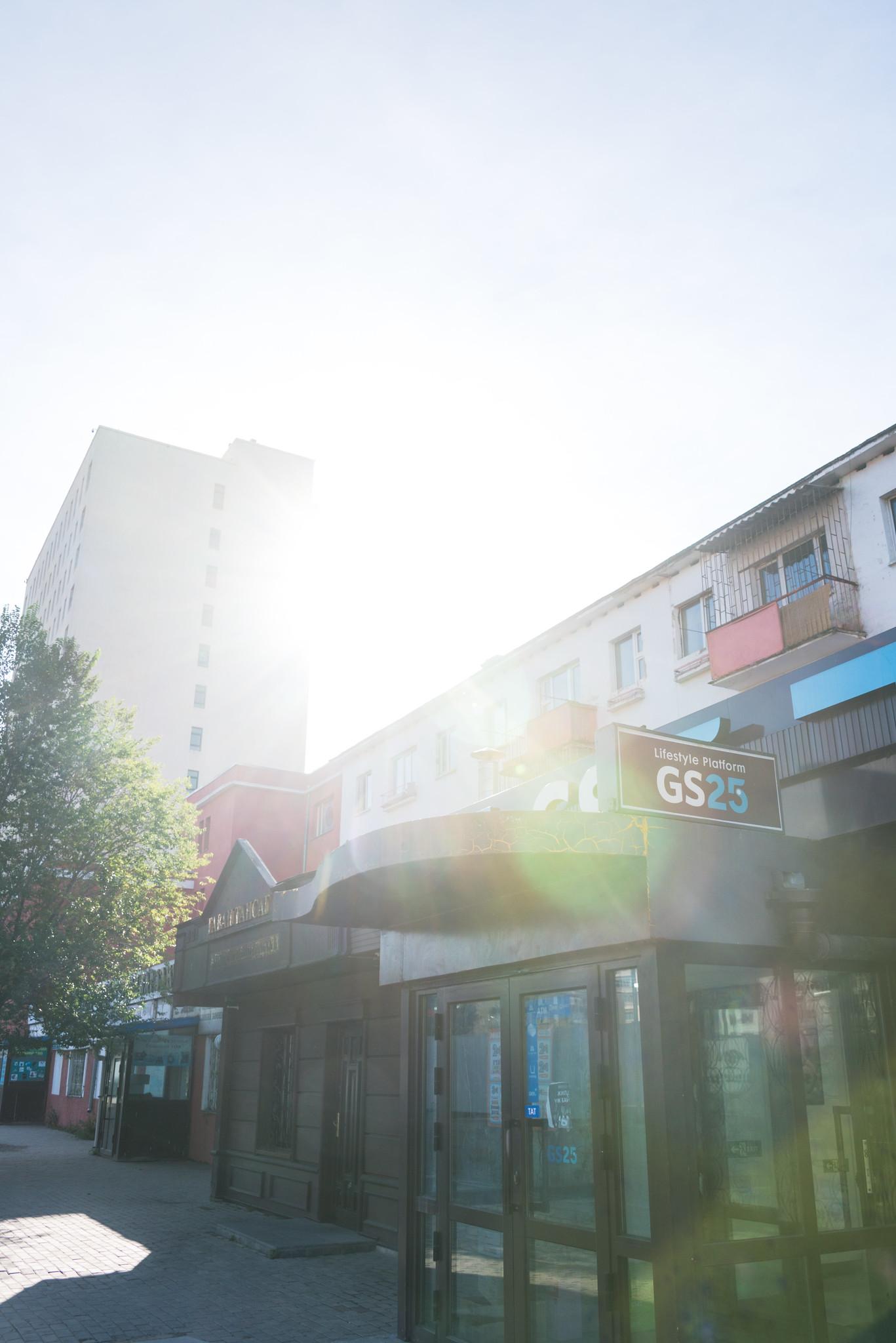
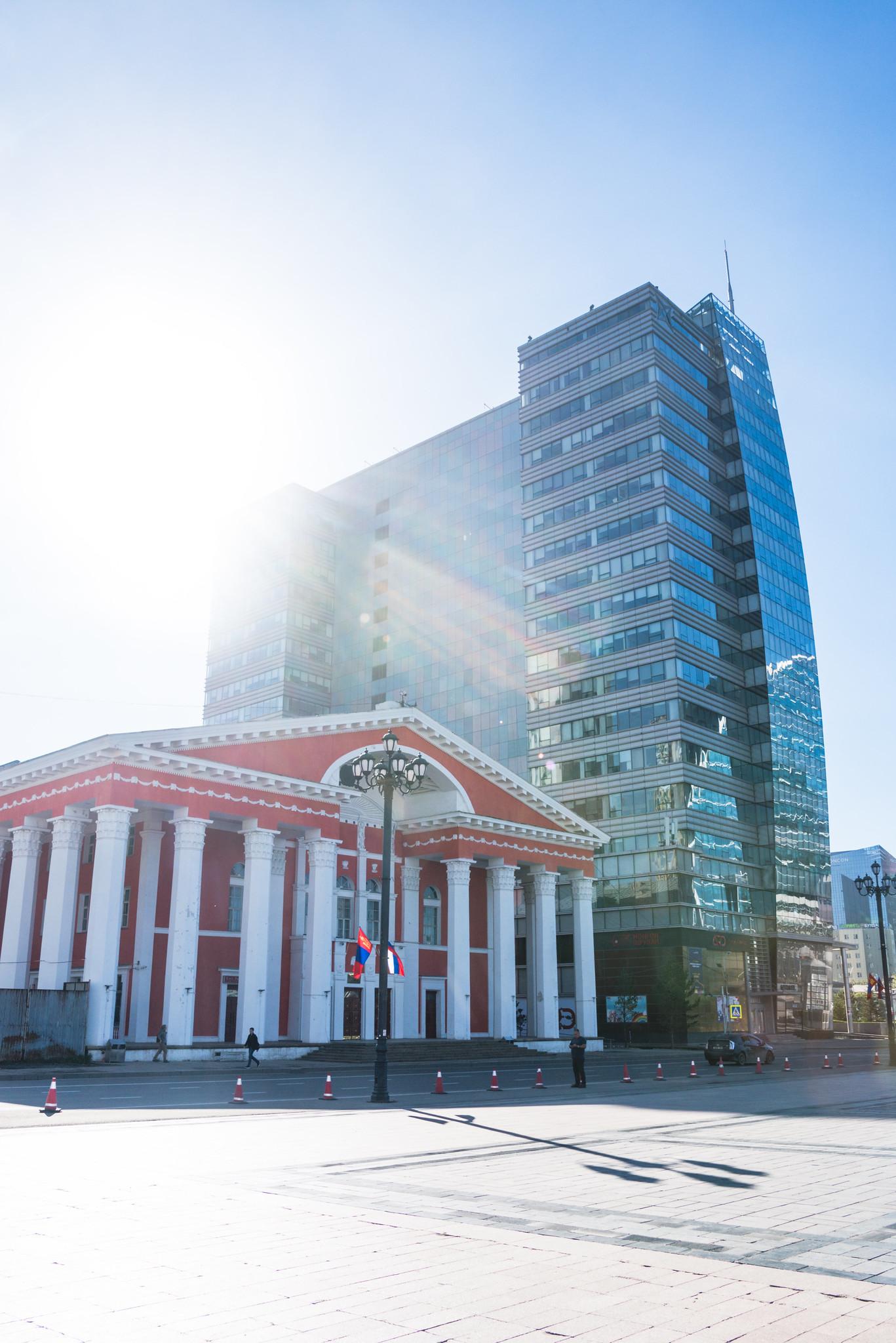
The first day - Sunday morning was so beautiful with clear blue sky as I strolled along the quiet road from my hotel to the city center - Sükhbaatar Square. This was deemed a lucky first experience, as this city would take on a completely different face in the evening, with lines of traffic in an atmosphere thick with smog from vehicles, factories and heating systems.
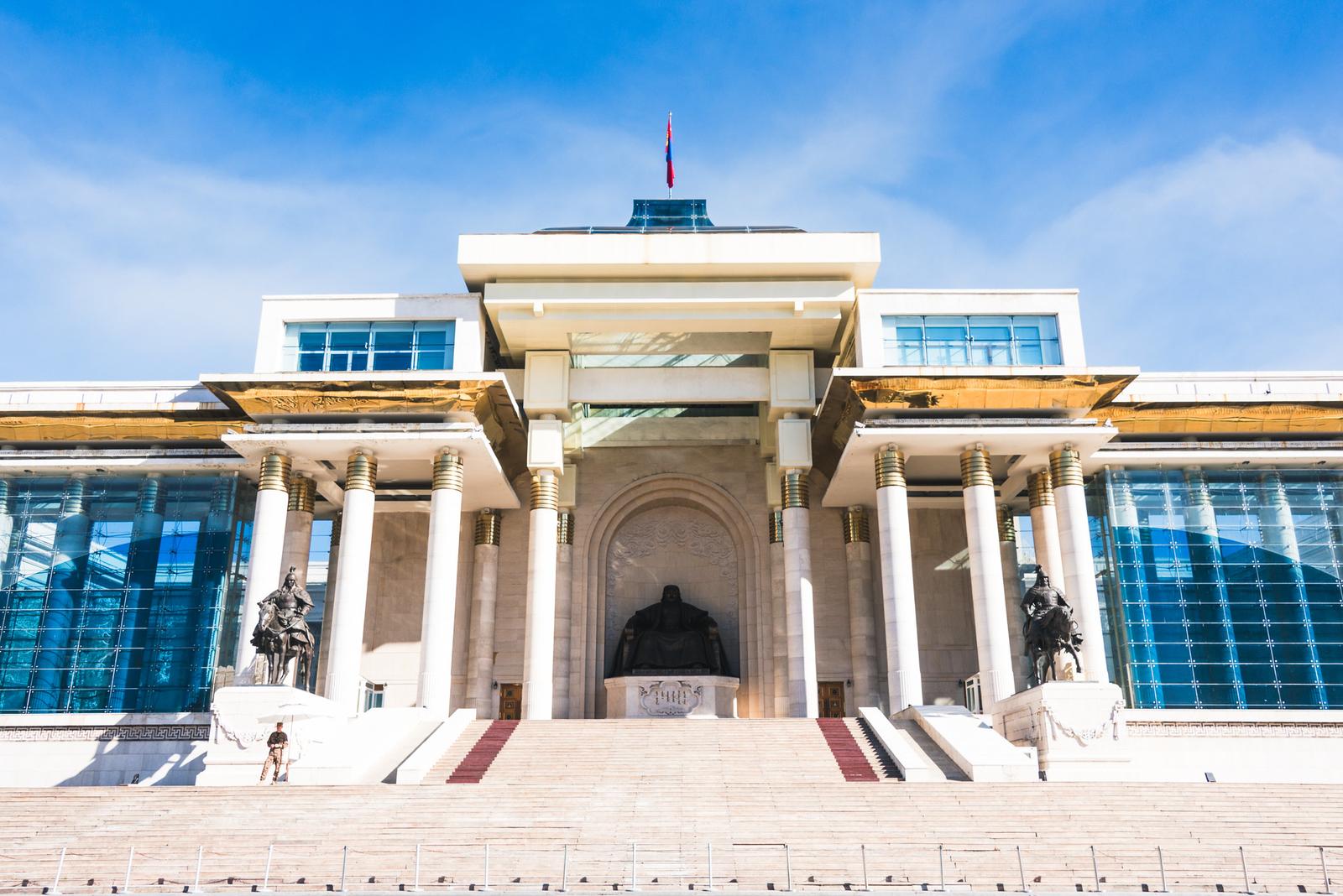
The square is where one can early feel the vast openness of this country. Named after the national hero Damdin Sükhbaatar, one of the founding figures of modern Mongolia, its centerpiece is a monument of Sükhbaatar on horseback. At the front of the government building stands nothing else but the massive statue of Genghis Khan, the ultimate symbol of the Mongolian people; flanking him are statues of Ögedei and Kublai Khan, along with his two loyal generals Muqali and Bo’orchu riding horses. The statues were completed in 2006 to commemorate the 800th anniversary of Genghis Khan’s coronation, built on the site where the demolished mausoleums of Sükhbaatar and Choibalsan used to be situated.
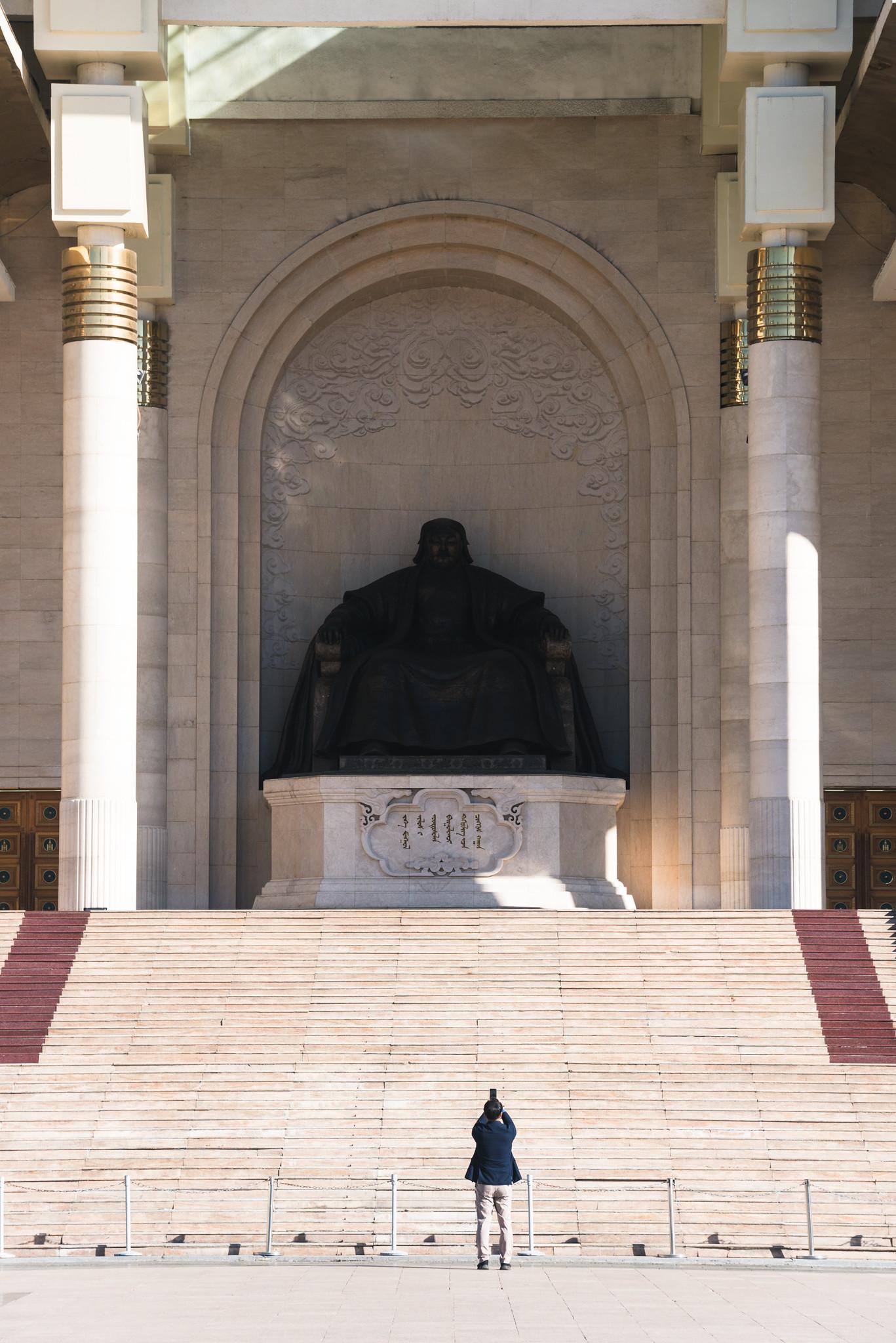
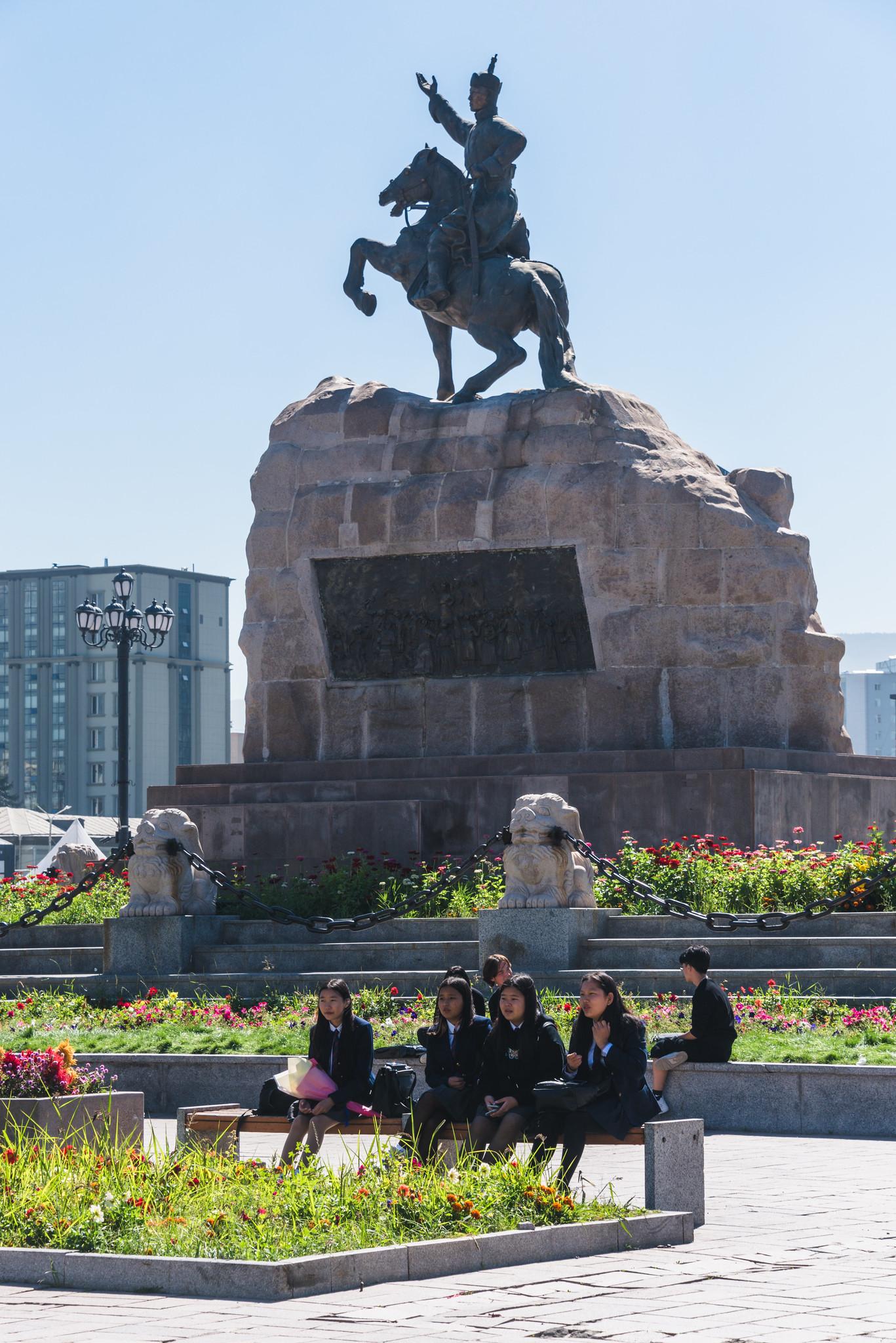
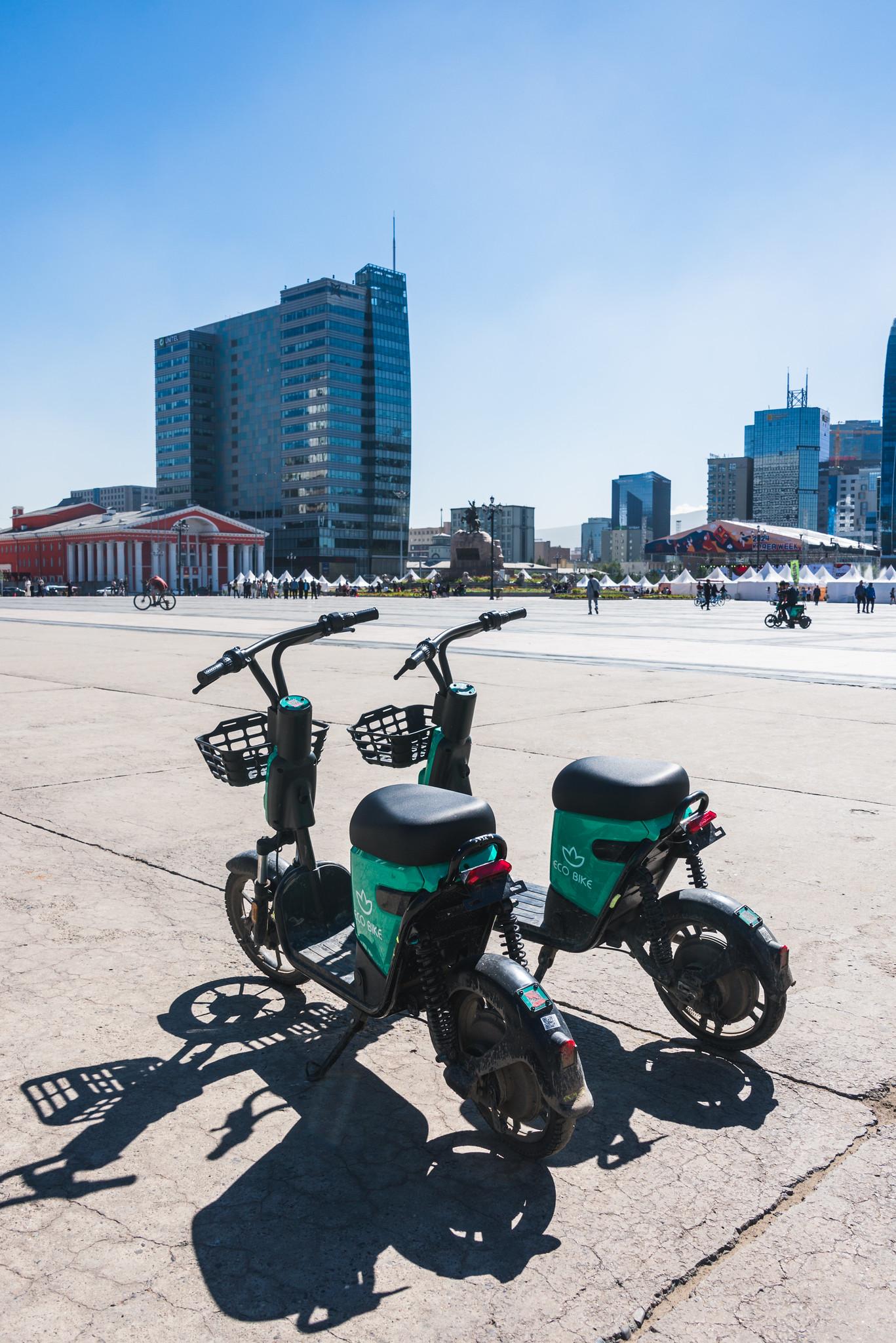
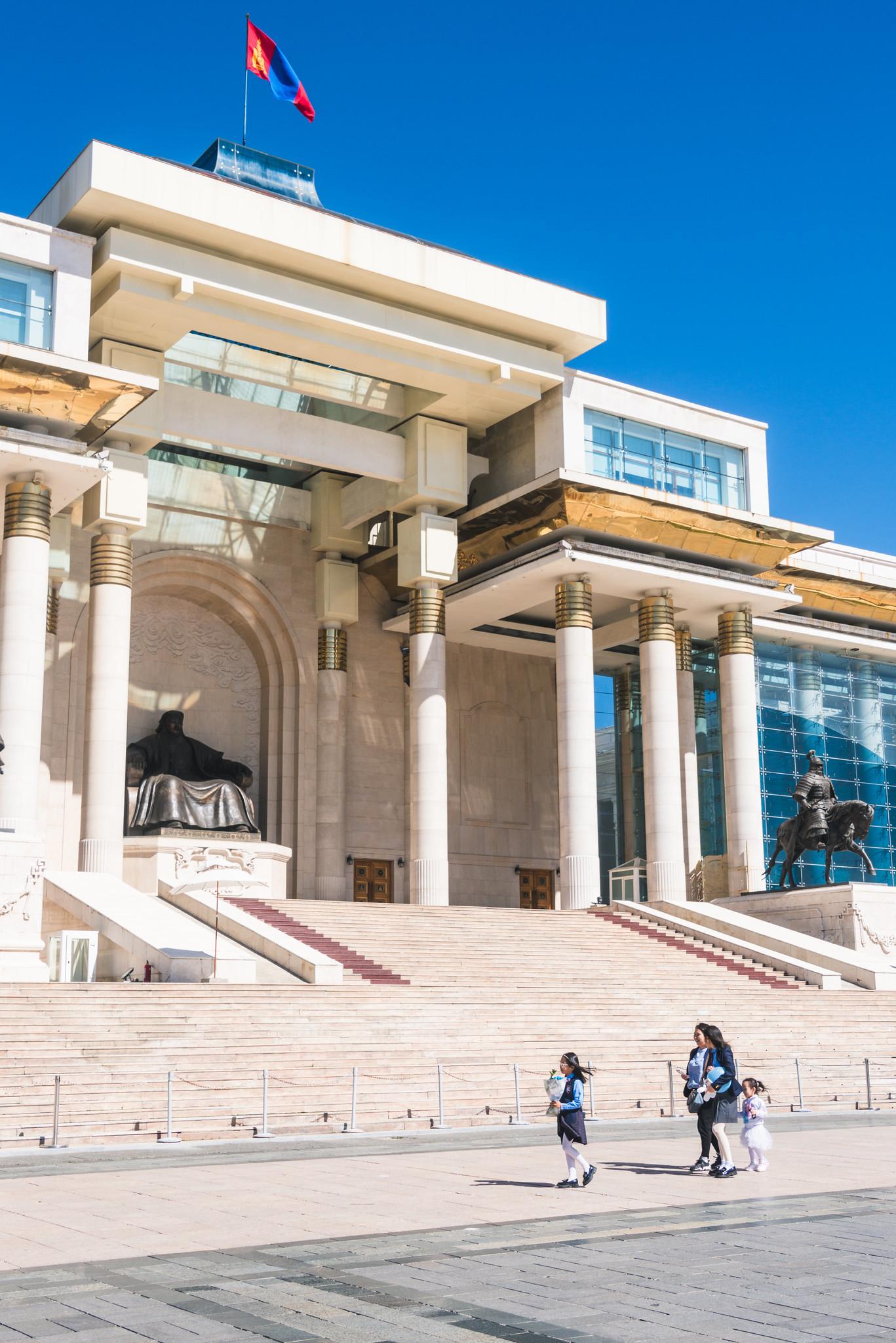
Since it was Sunday and the city isn’t a bustling one, it took me a while to find a spot for my first travel breakfast or to buy a SIM card. Even restaurants with English menu opened for lunch were rare in sight, so I decided to have Korean meal for my lunch, missing out on an occasion to savor local dishes.
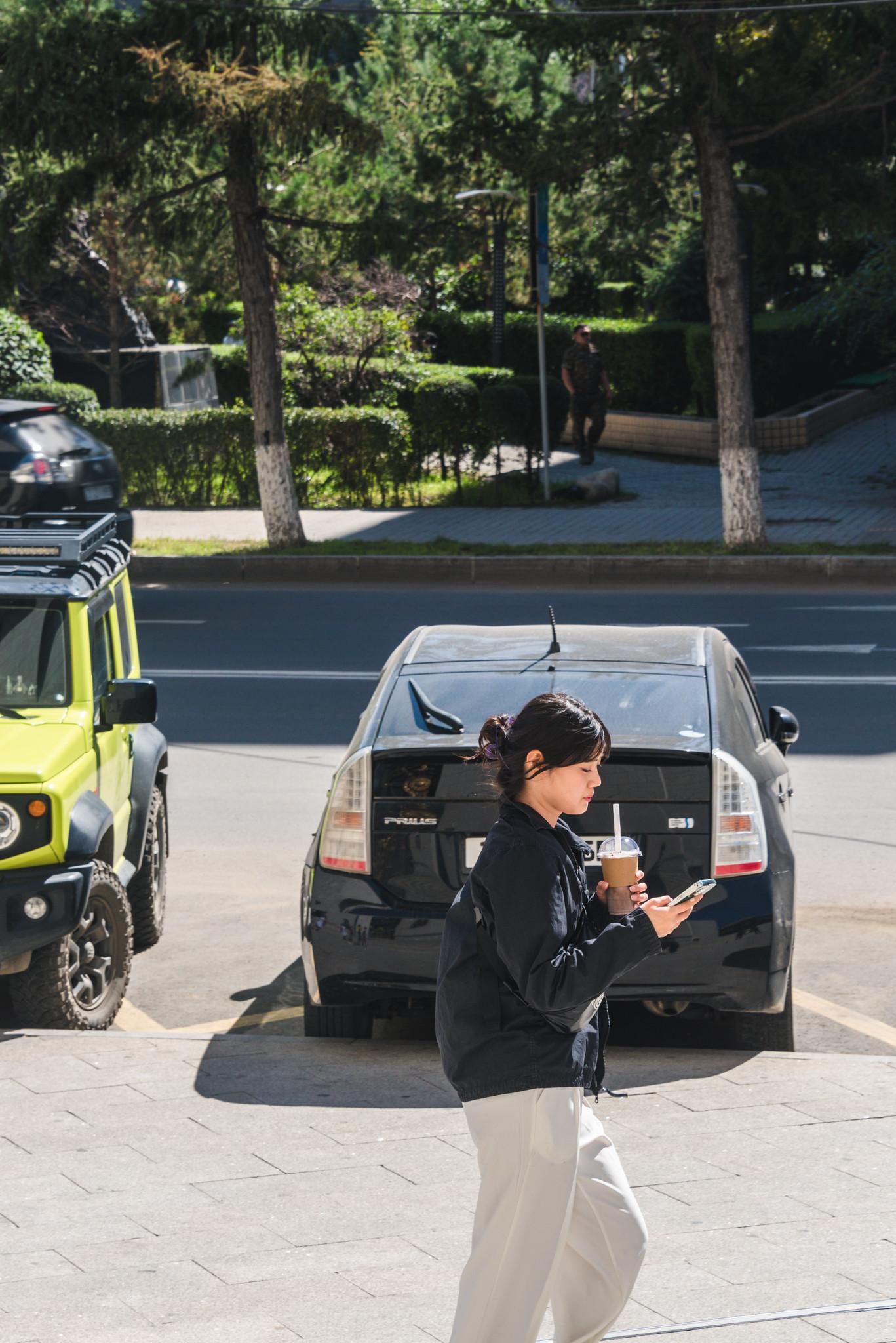
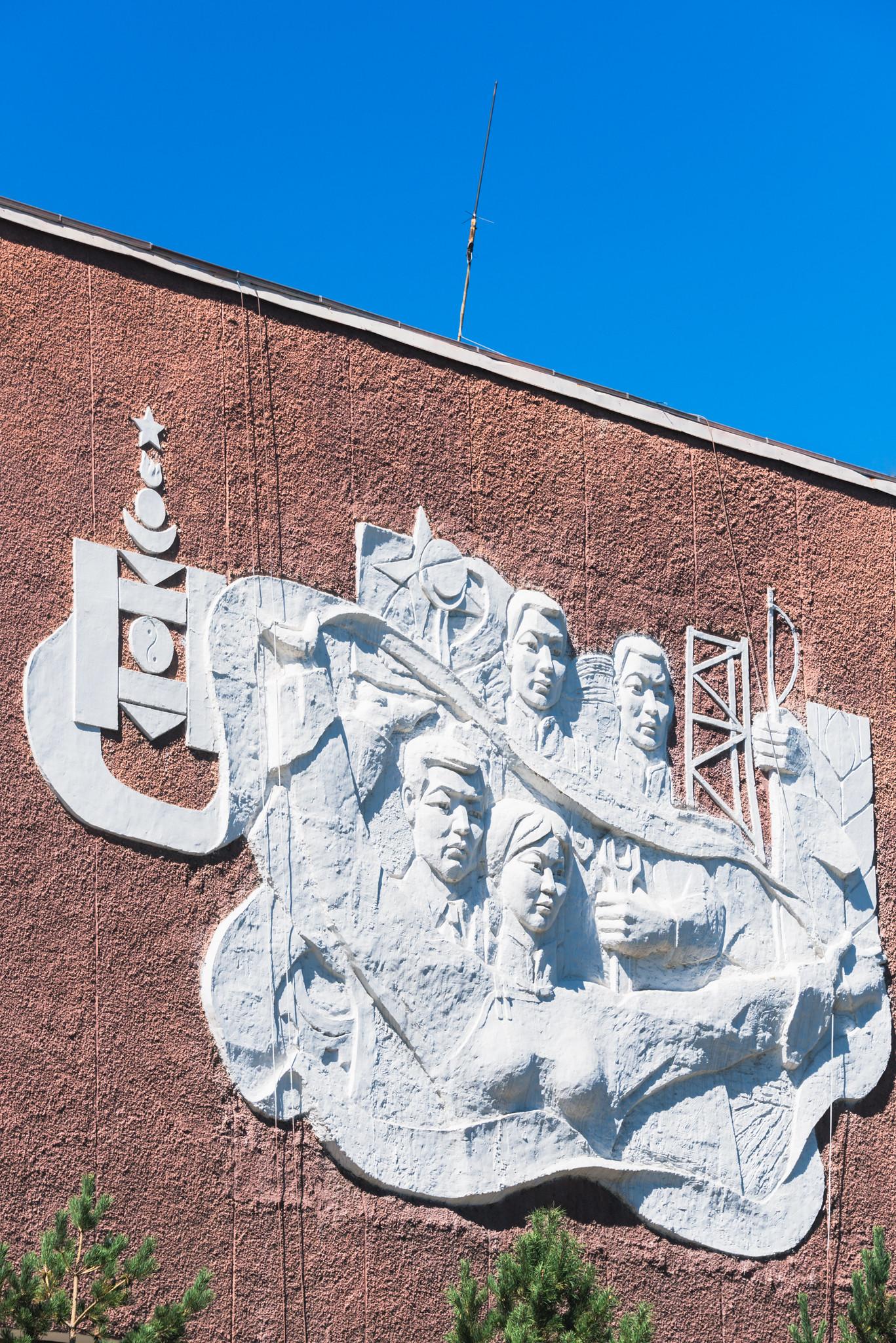
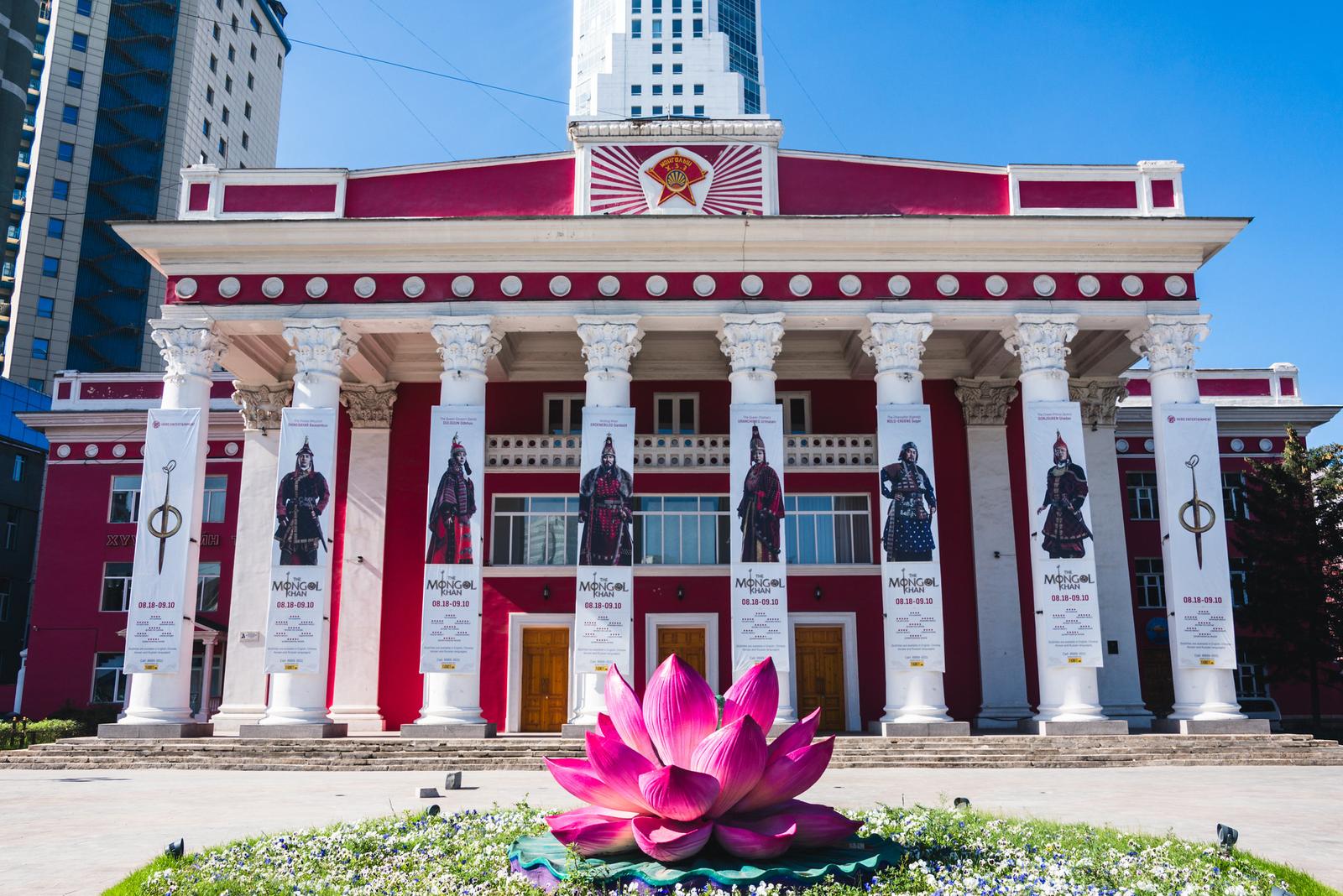
Bustling and Quiet
In the morning the square was rather quiet, it wasn’t until noon that groups of students in uniforms showed up, riding bicycles or playing volleyball here. However, that afternoon I had a chance to witness the young generation dancing to modern K-Pop beats during the ongoing Korea Week. As a K-Pop listener myself, I couldn’t help but sway along and immerse myself in the vibrant energy of this mass dance.
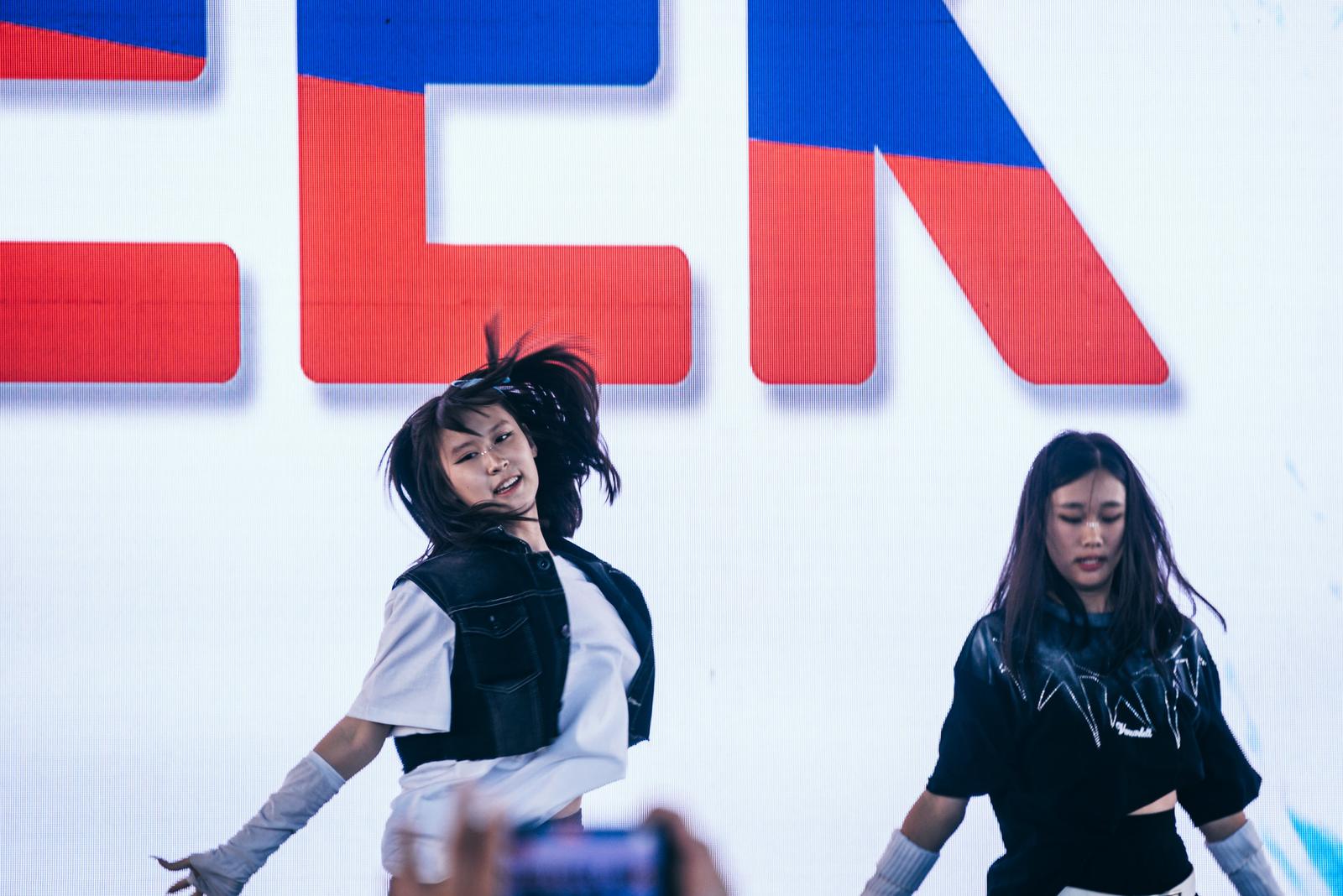
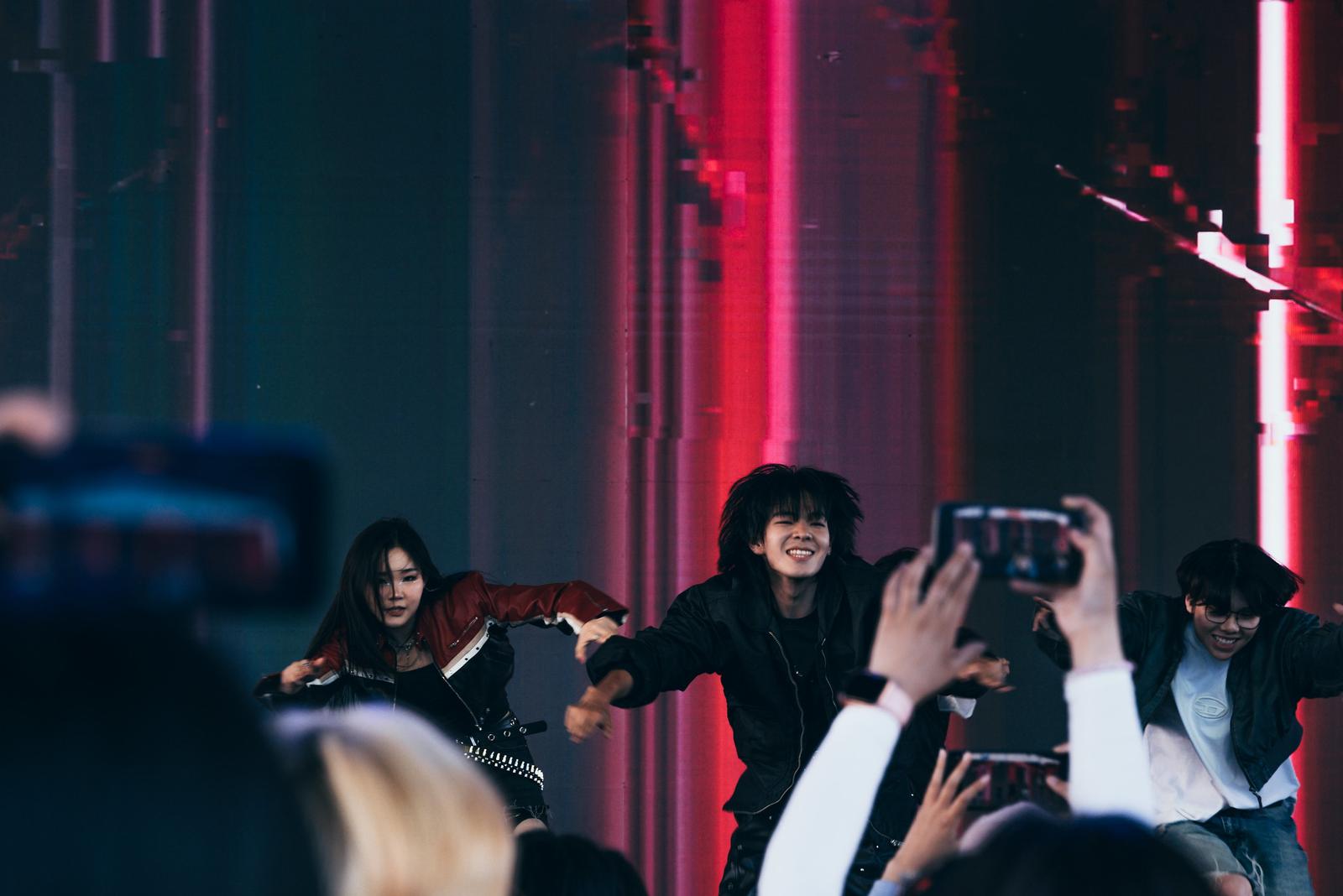
Dynamite, or Eve, Psyche & The Bluebeard’s Wife,…
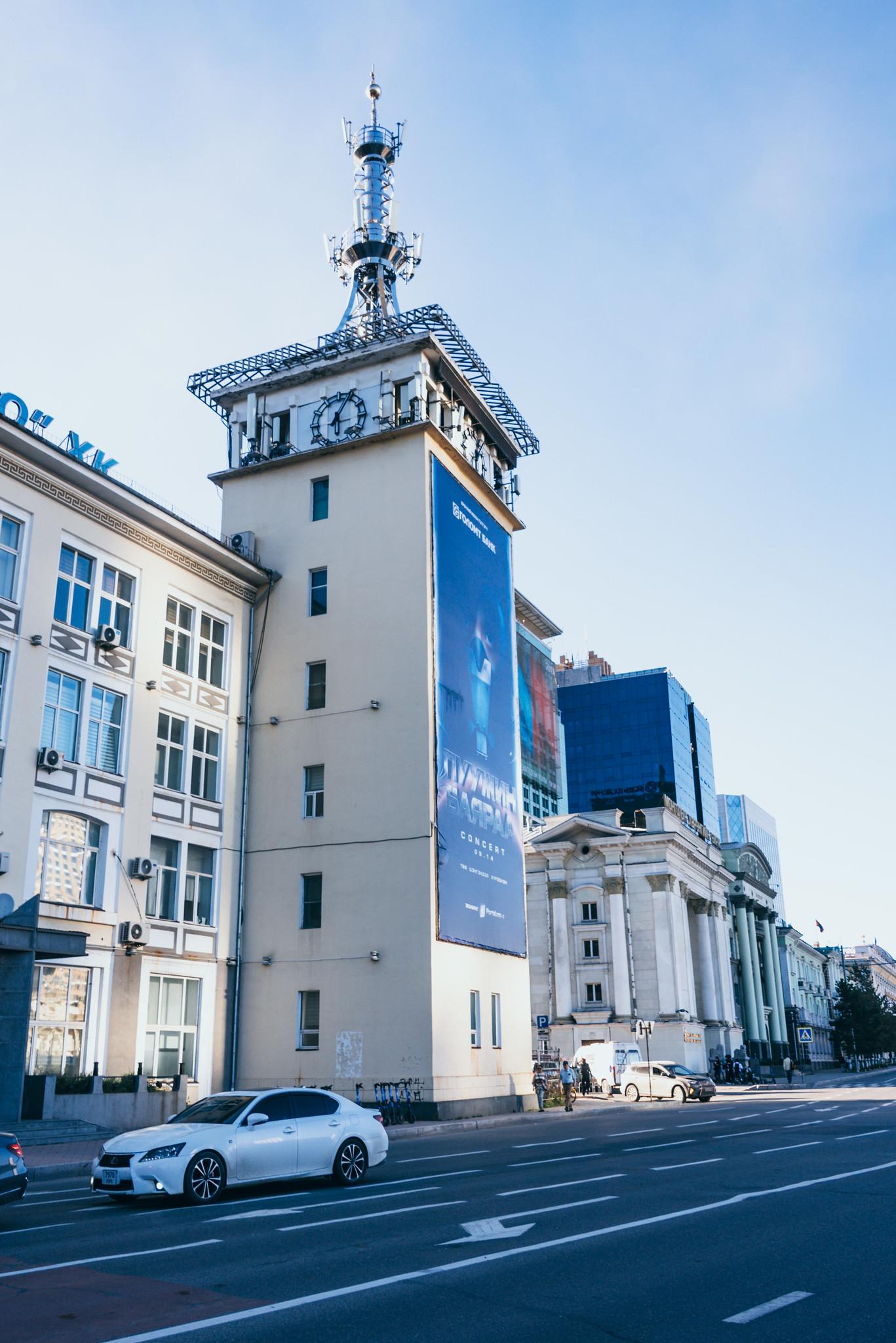
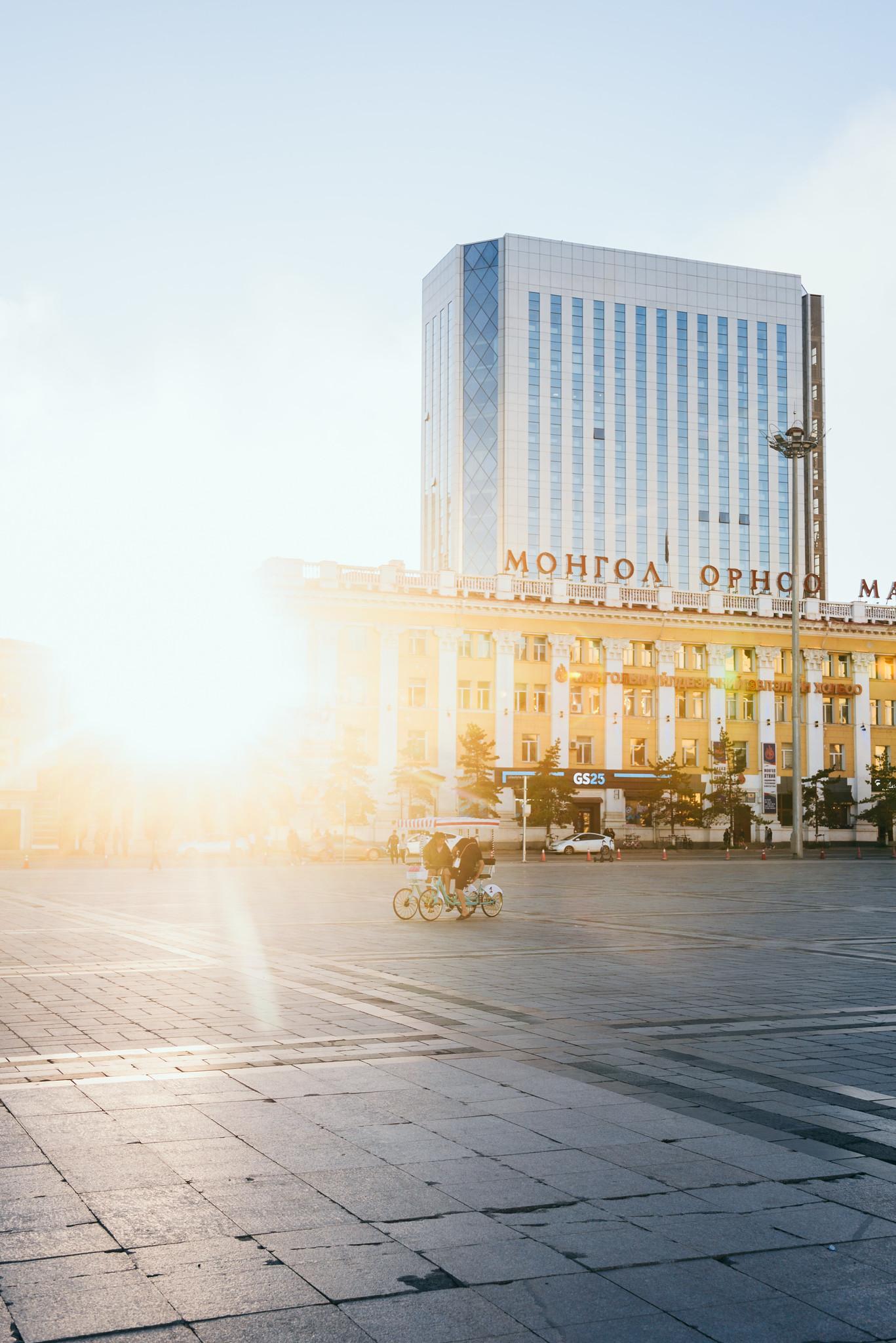
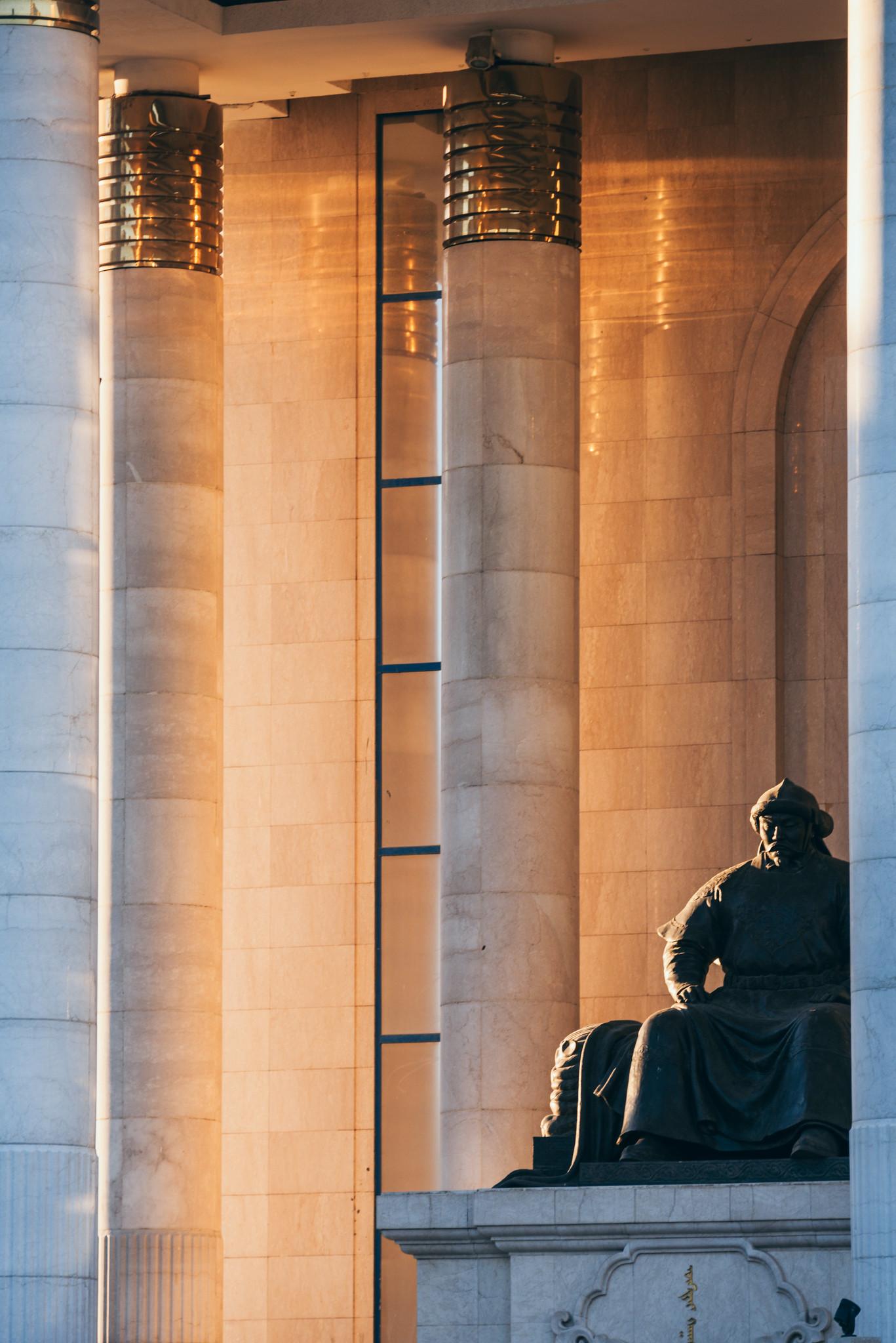
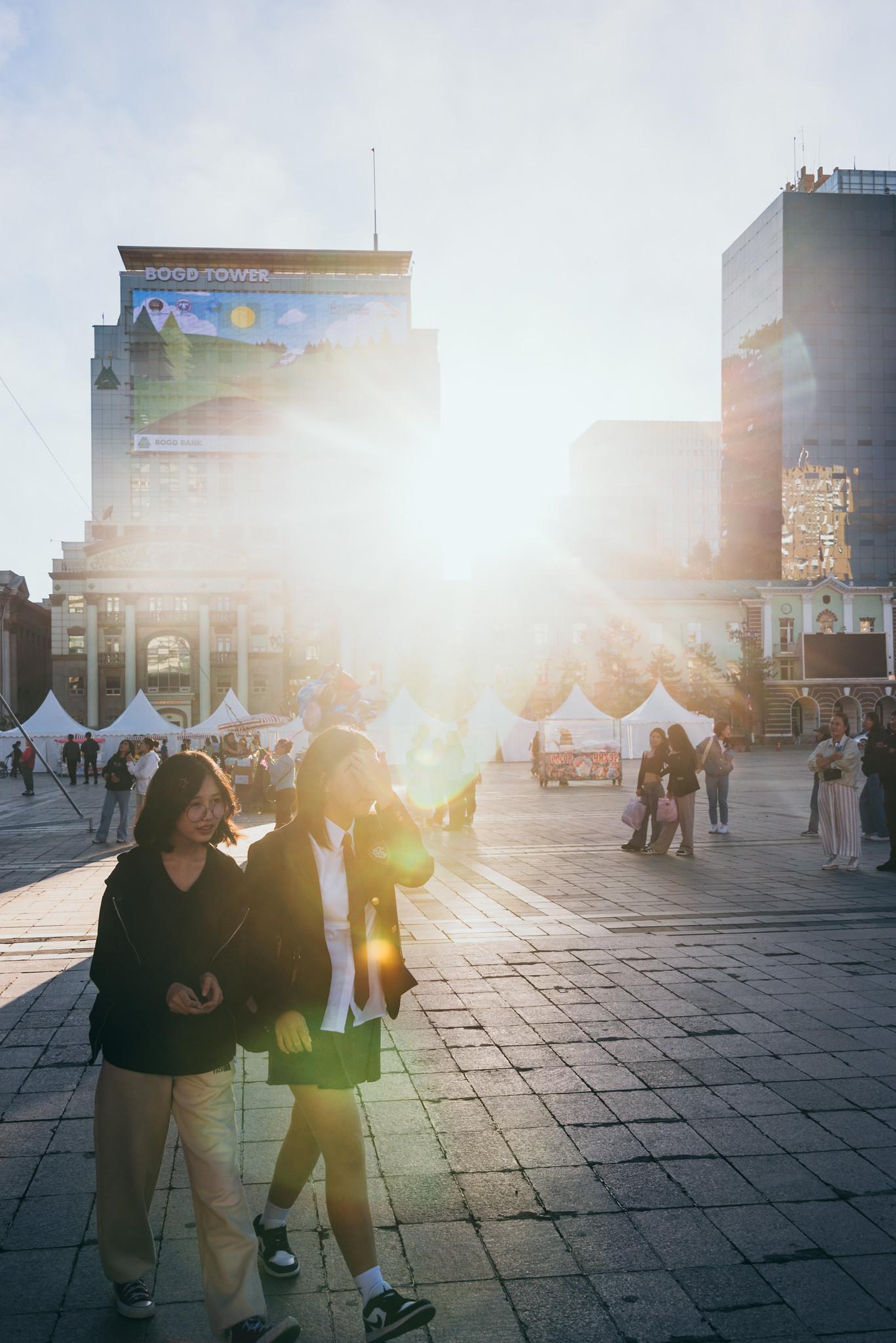
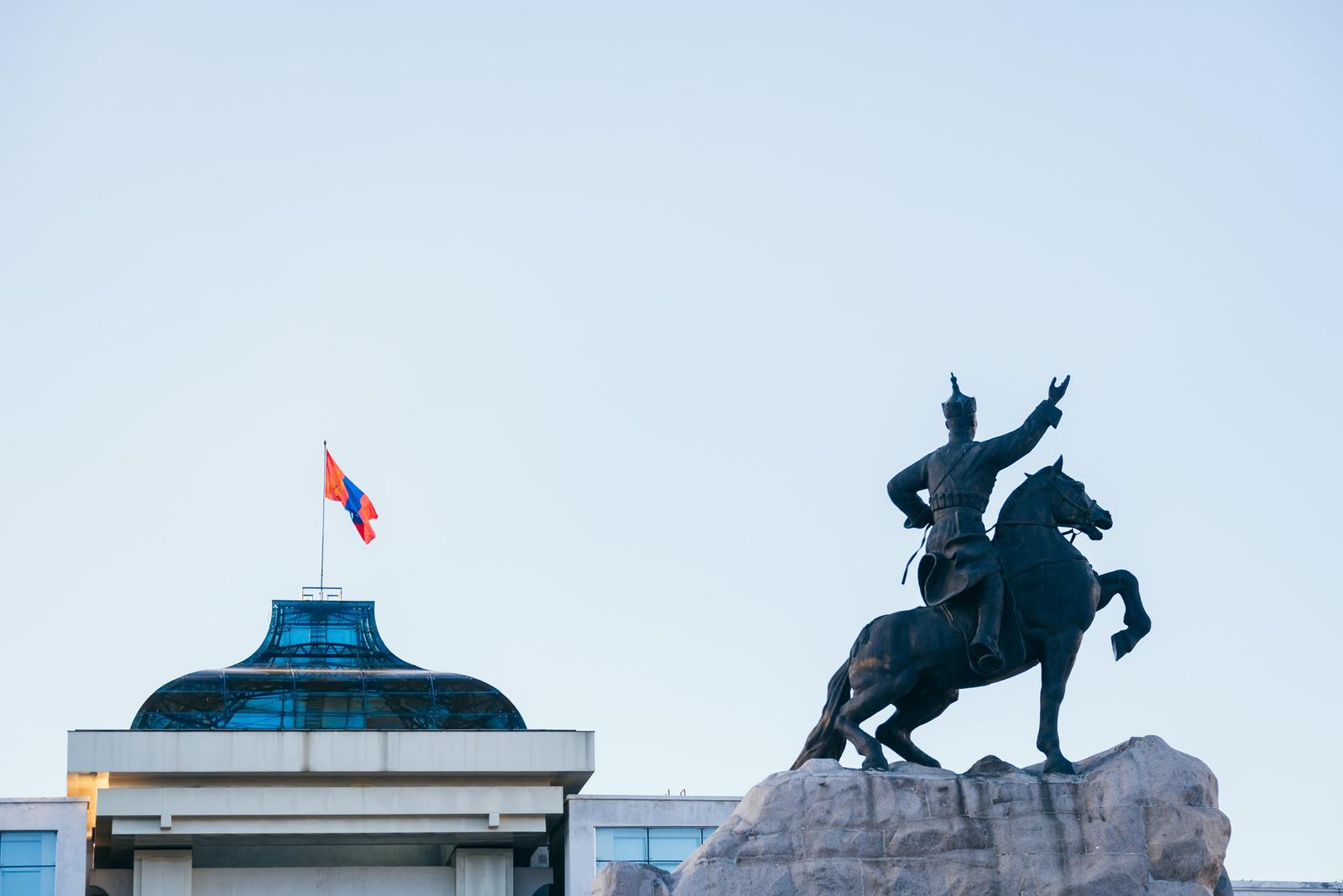
But on my walk back to the hotel on the road named Travel during that sunset, this capital felt quiet once again, or simply because I was fortunate to commute at a moment without traffic congestion.
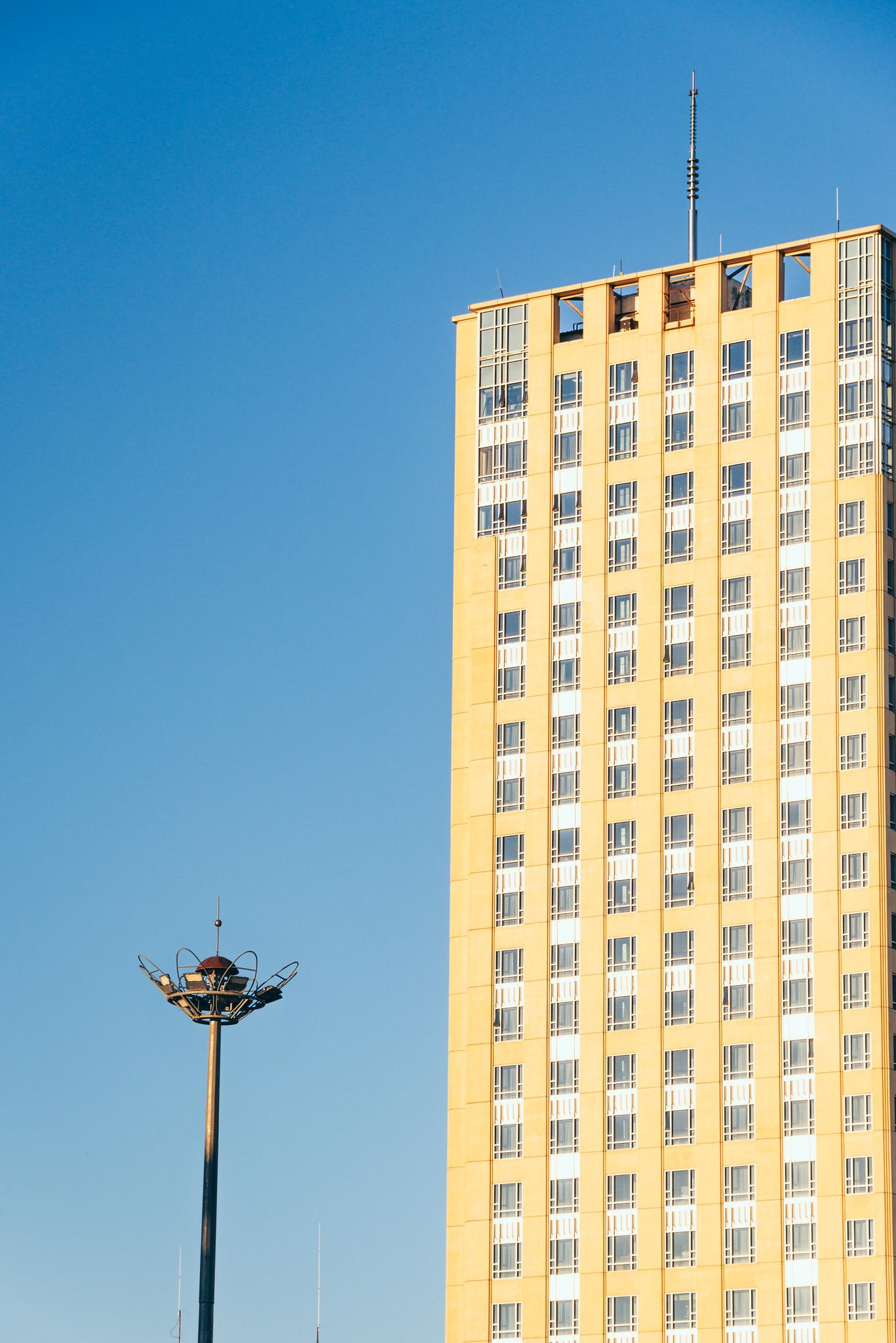
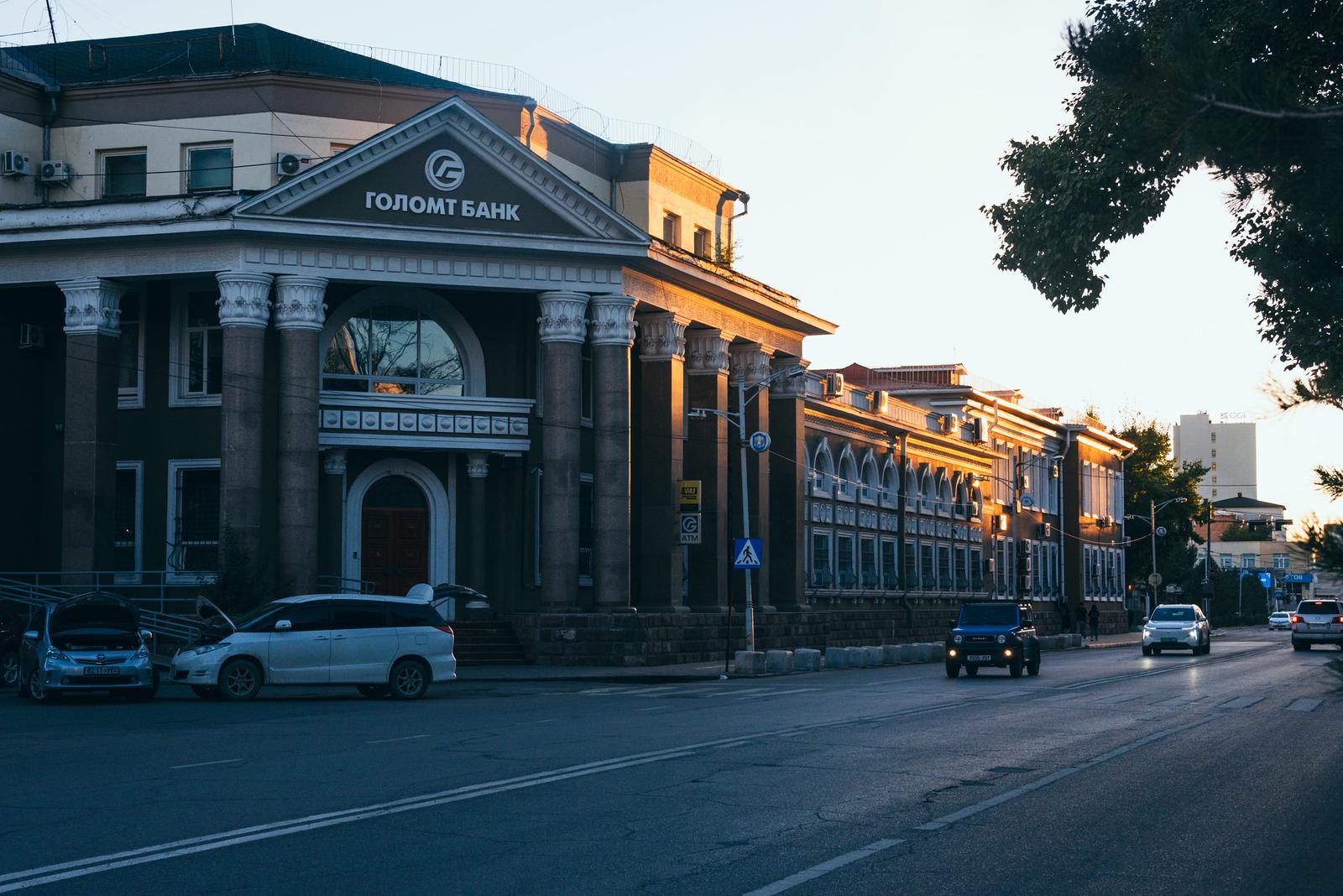
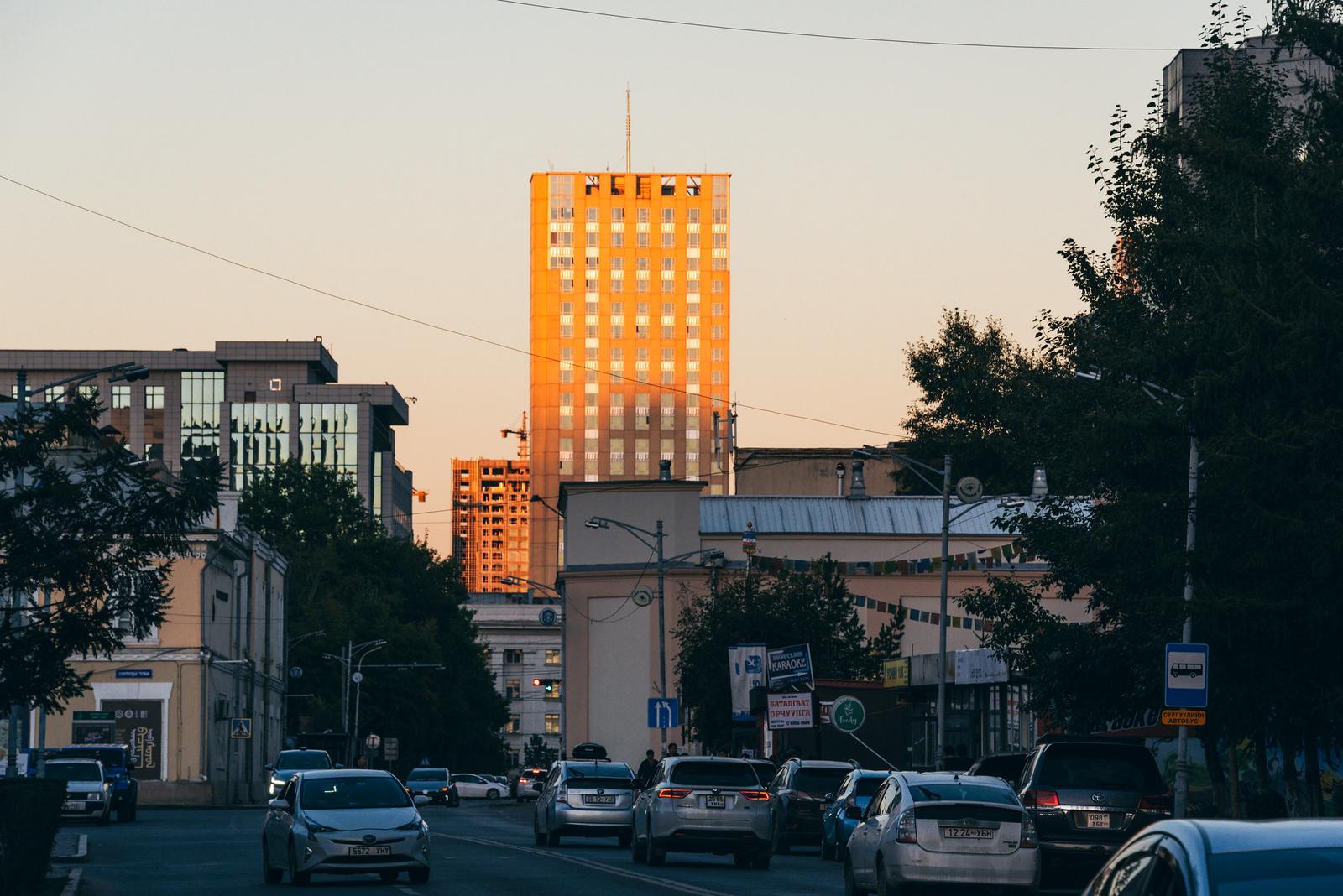
Chinggis Khaan National Museum
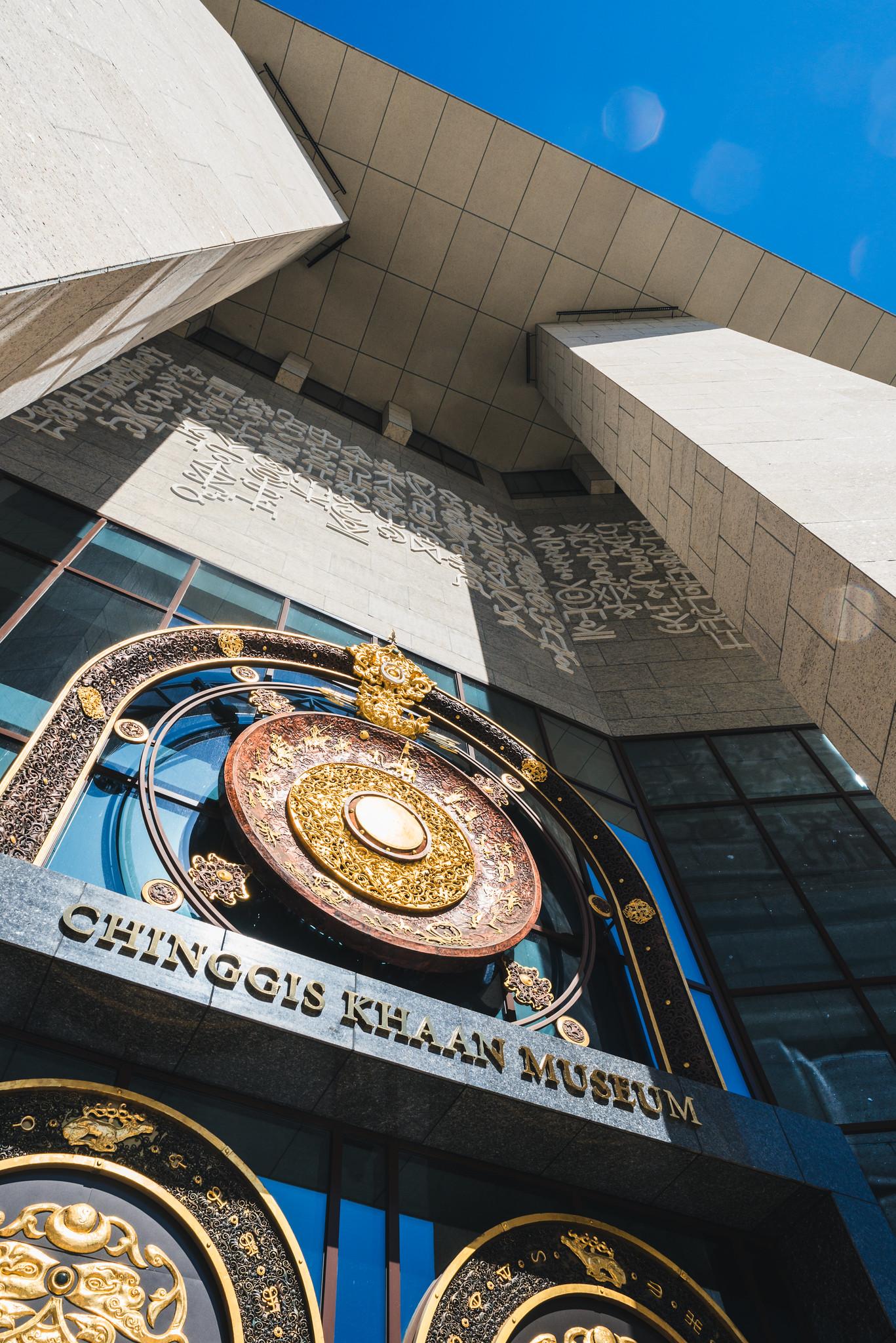
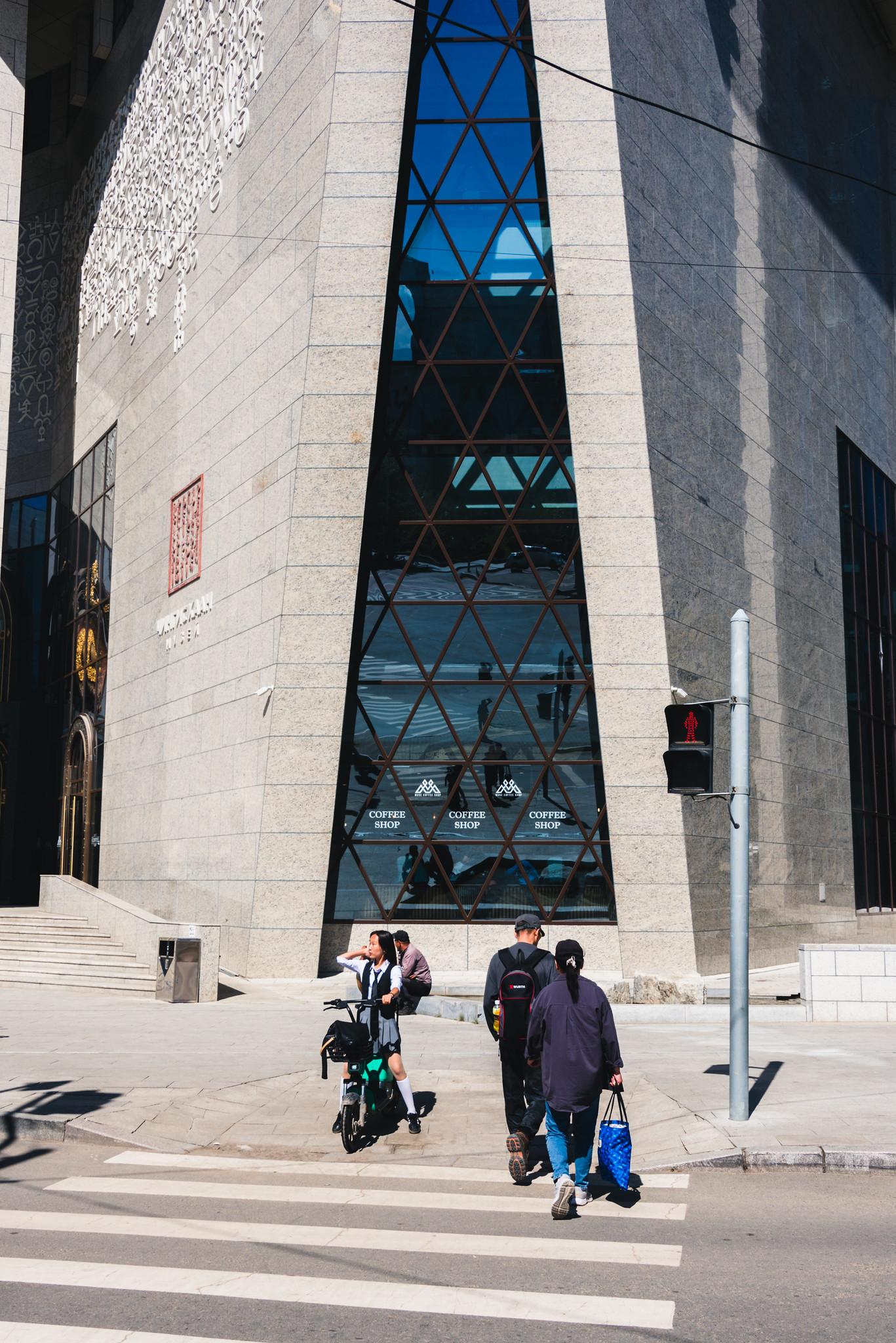
Not far from Sükhbaatar Square is the Chinggis Khaan National Museum. It’s a modern nine-story museum just inaugurated in 2019, which overwhelms and makes you want to linger on every floor. Each floor represents an era in Mongolian history, from the Xiongnu, Turks, Uyghurs, Khitan to the rise of the Mongol Empire, then its fragmentation into smaller khanates, the incorporation into the Qing Dynasty, the restoration of independence under Bogd Khan, and finally the formation of modern Mongolia.
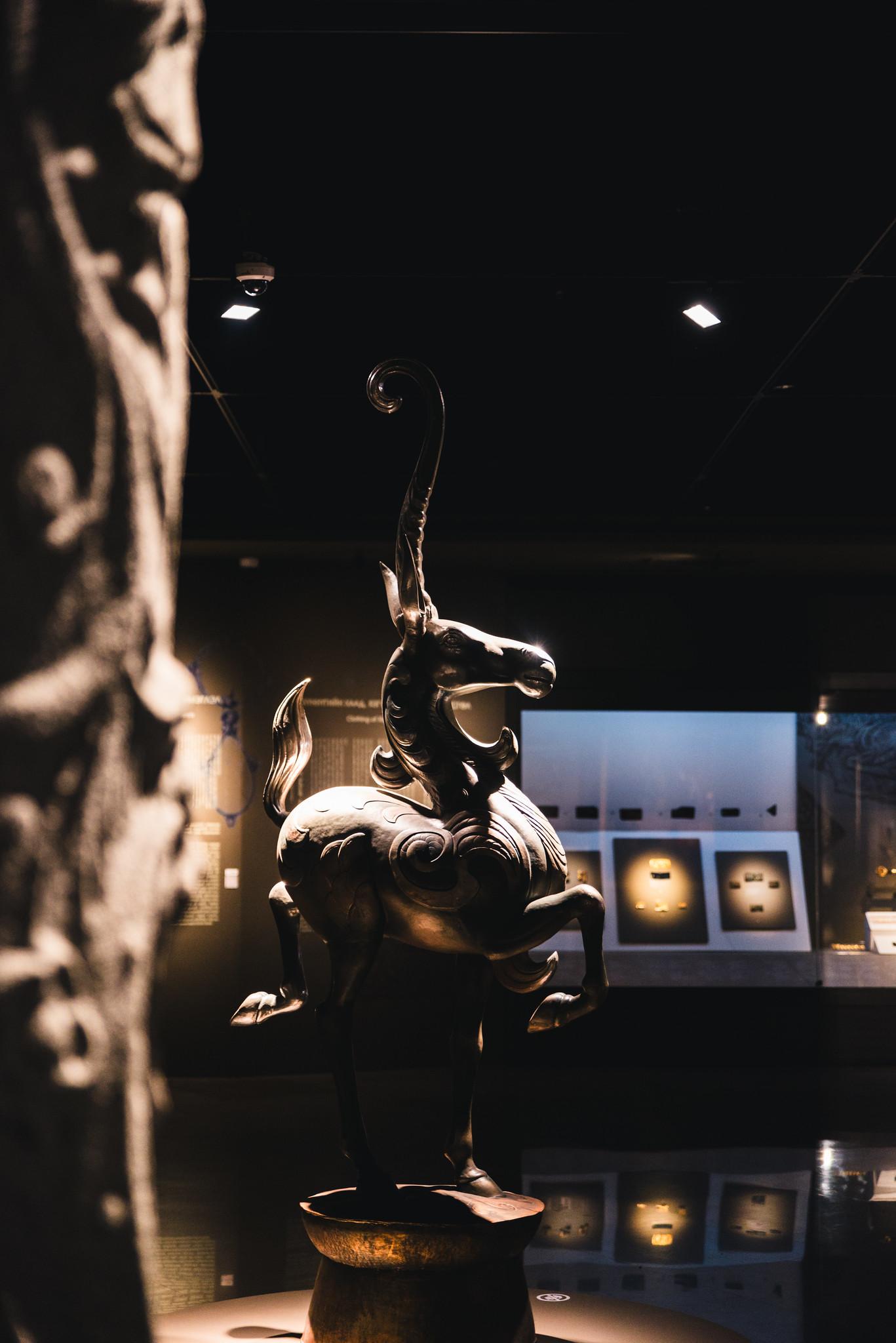
One minor convenience is that much of the information in the museum is only written in Mongolian, so you may have difficulties fully understanding the history and the connection between the exhibits.
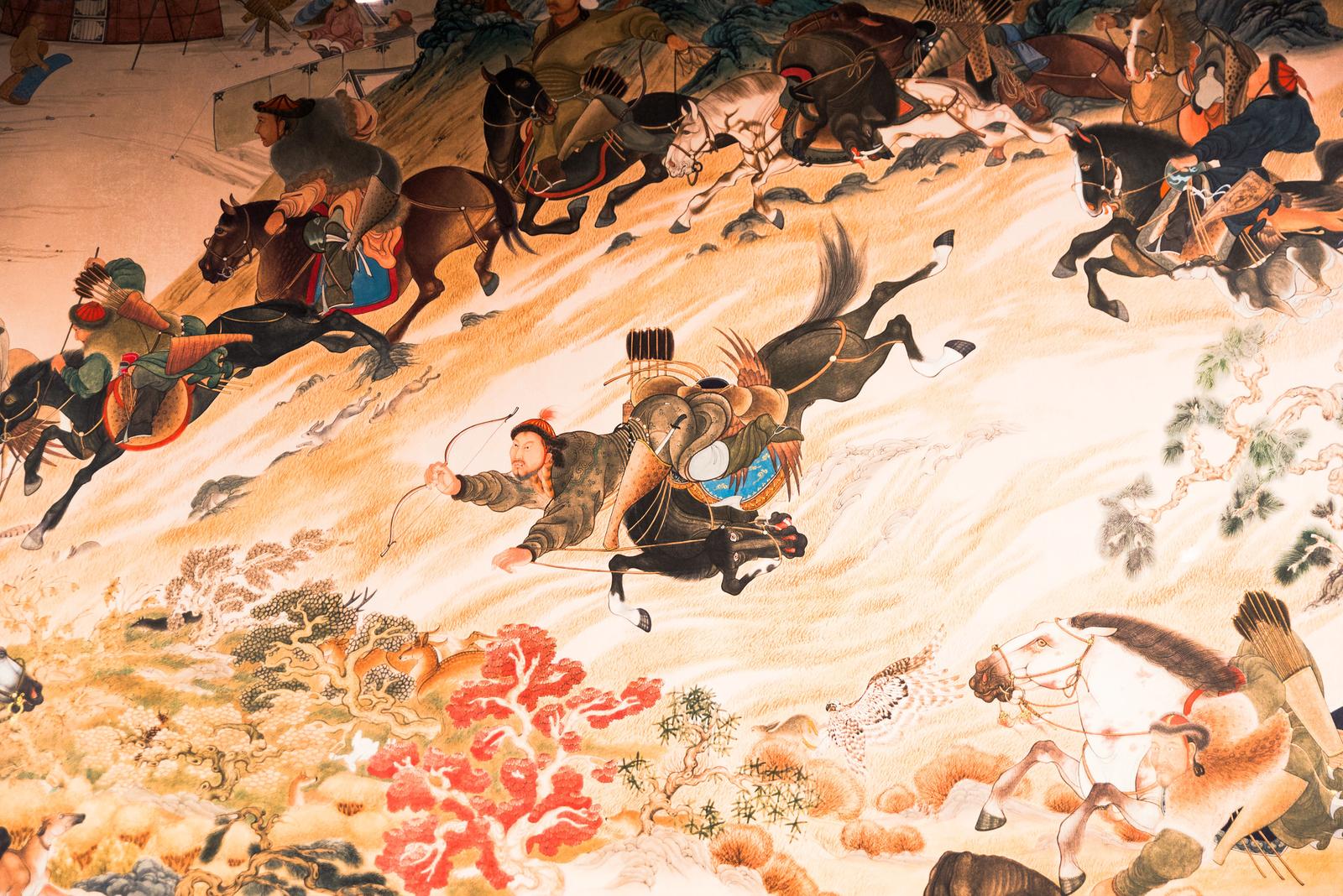
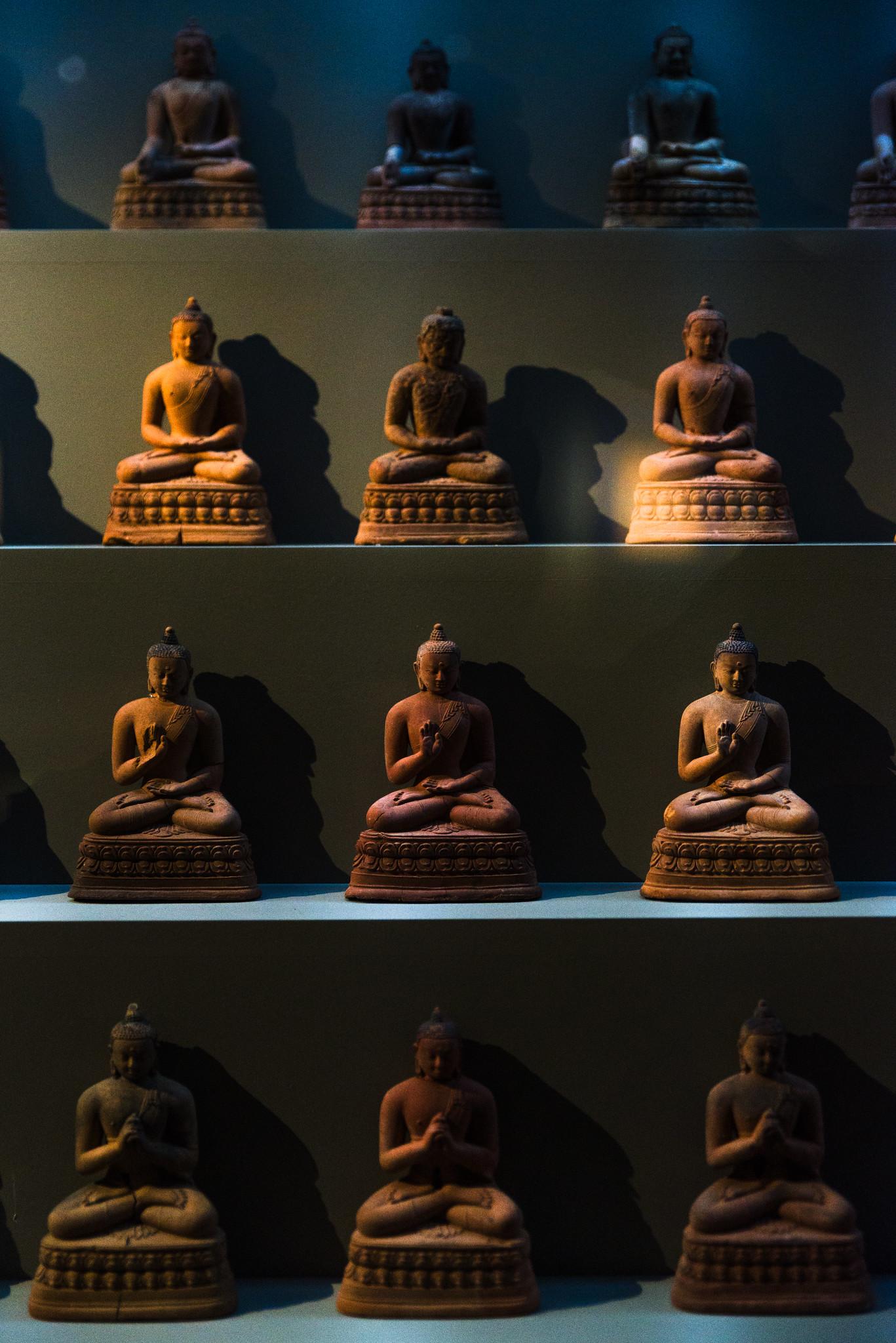
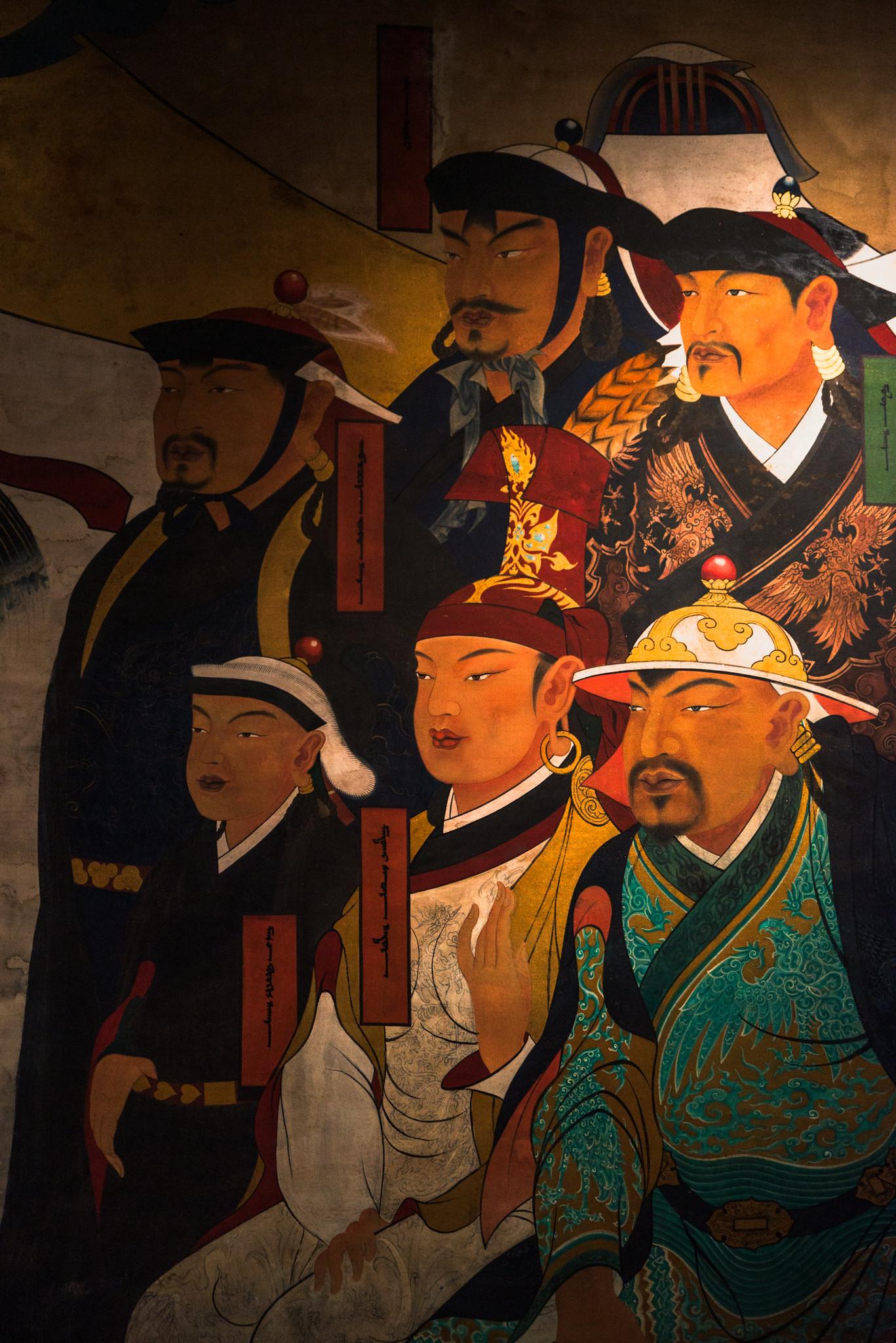
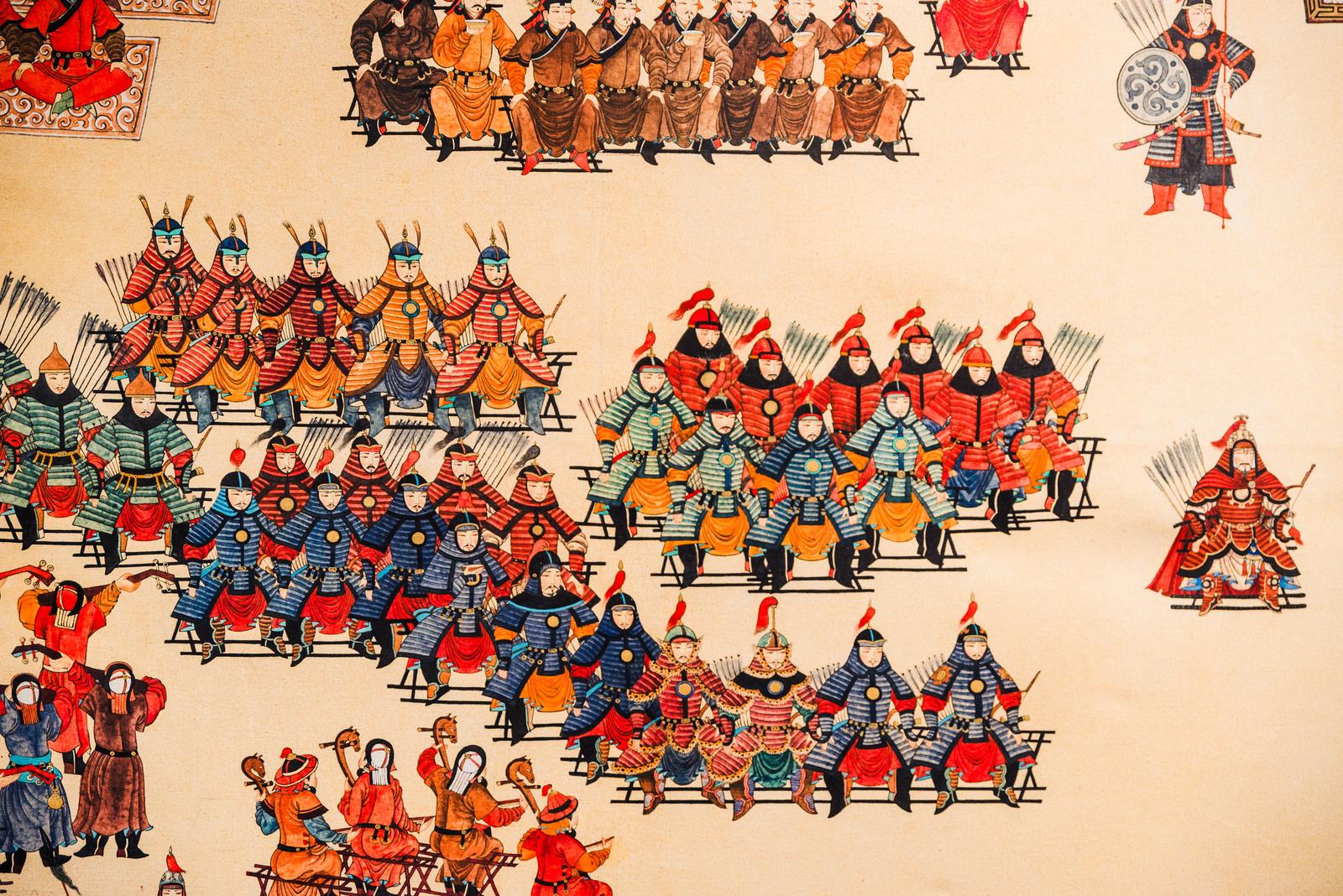
In Mongolia you’ll hear the story of the Silver Tree of Karakorum - the silver fountain crafted by the artisan Guillaume Boucher coming from distant Paris. Visitors may be surprised to find a gleaming metal tree model displayed on the top floor of the museum, featuring a Western-style angel at its peak and four Asian-style lions at its base. But this fusion makes perfect sense, as Karakorum was the former capital of the Mongol Empire where artisans from all over the world gathered and shaped a city that, in modern terms, could be described as a global metropolis.
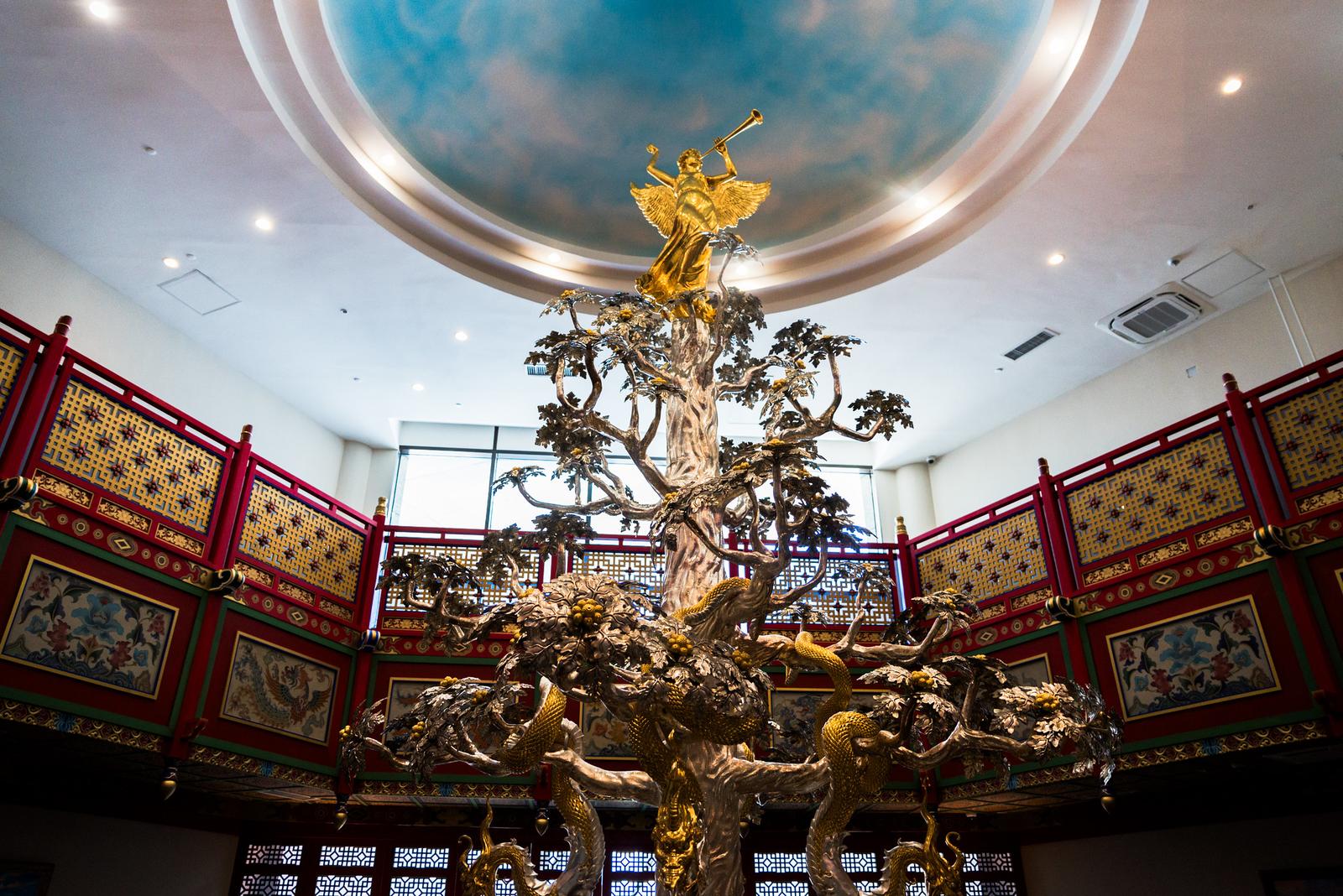
The Remaining Monasteries and Palaces
Gandantegchinlen Monastery
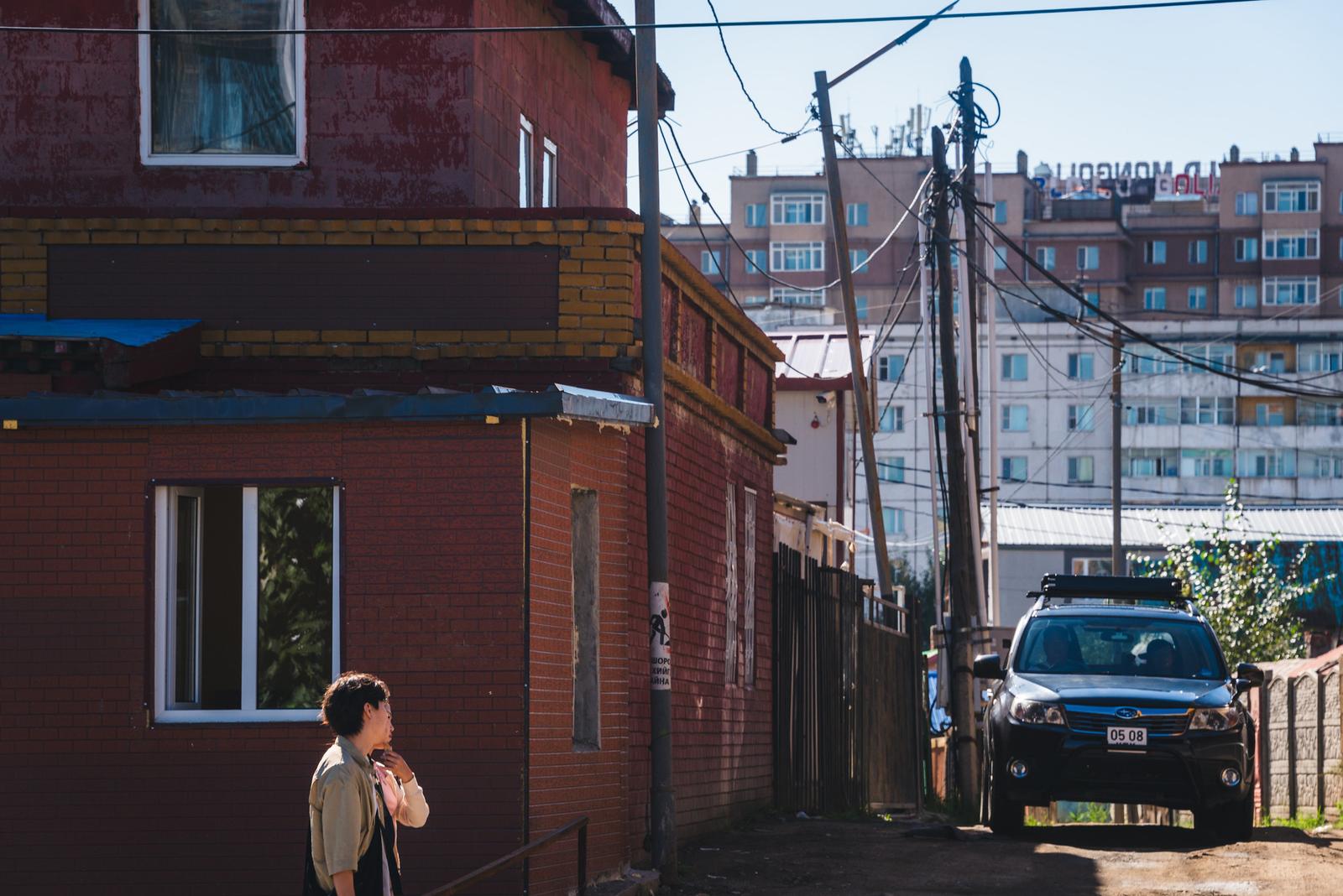
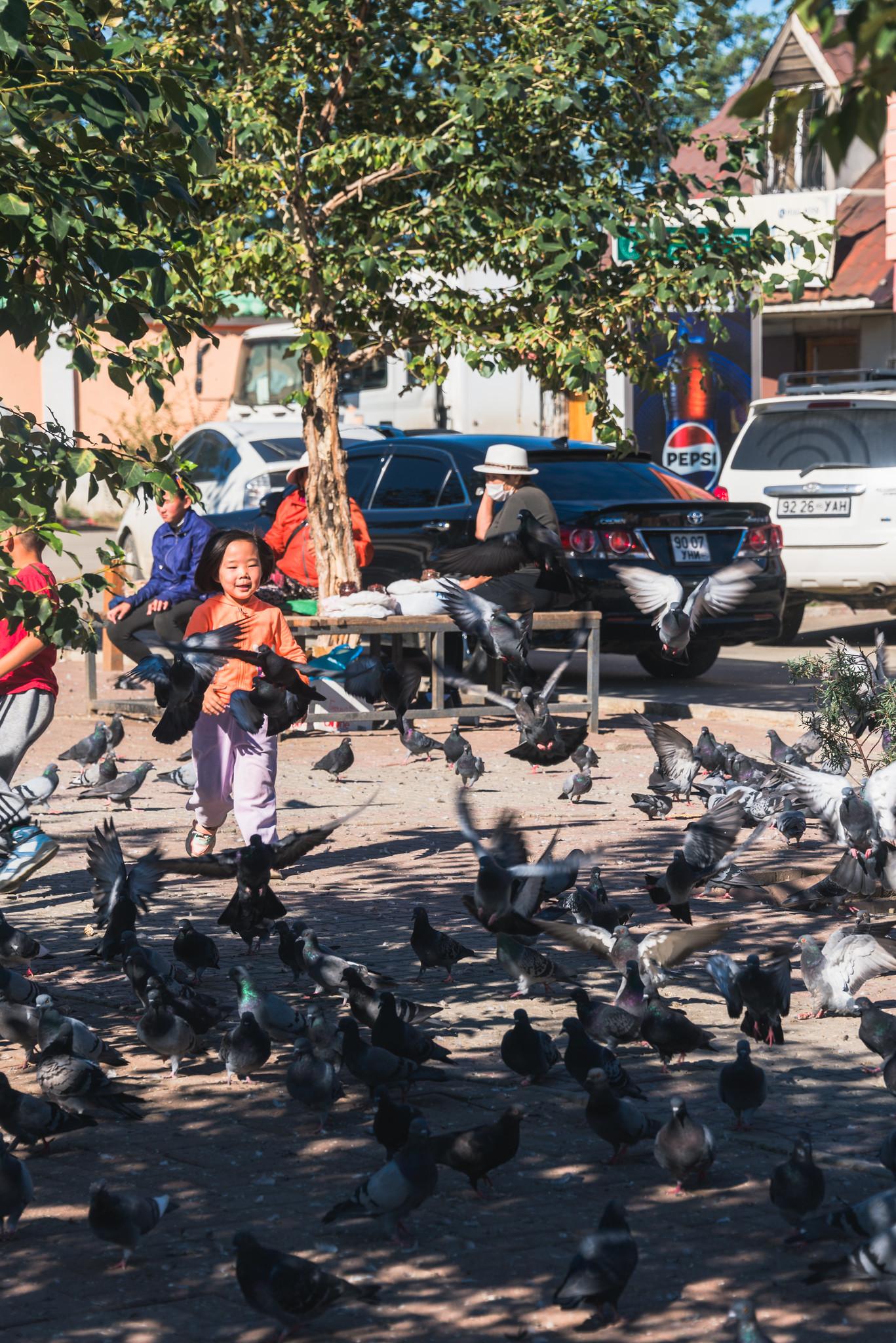
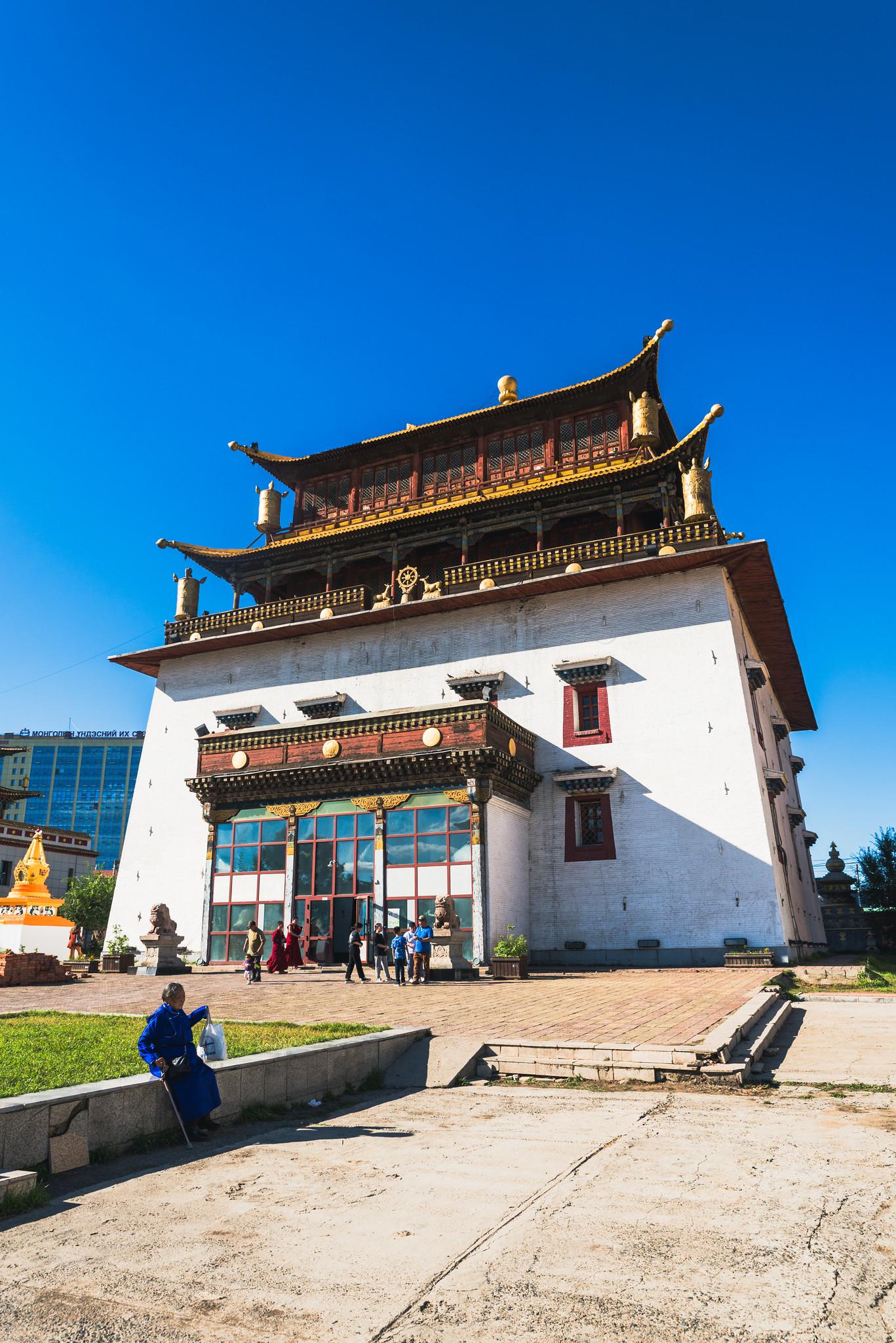
It’s not too difficult to find the way up to this monastery, however, the surrounding ger district streets are still unpaved dirt roads, and the park in front is filled with countless pigeons.
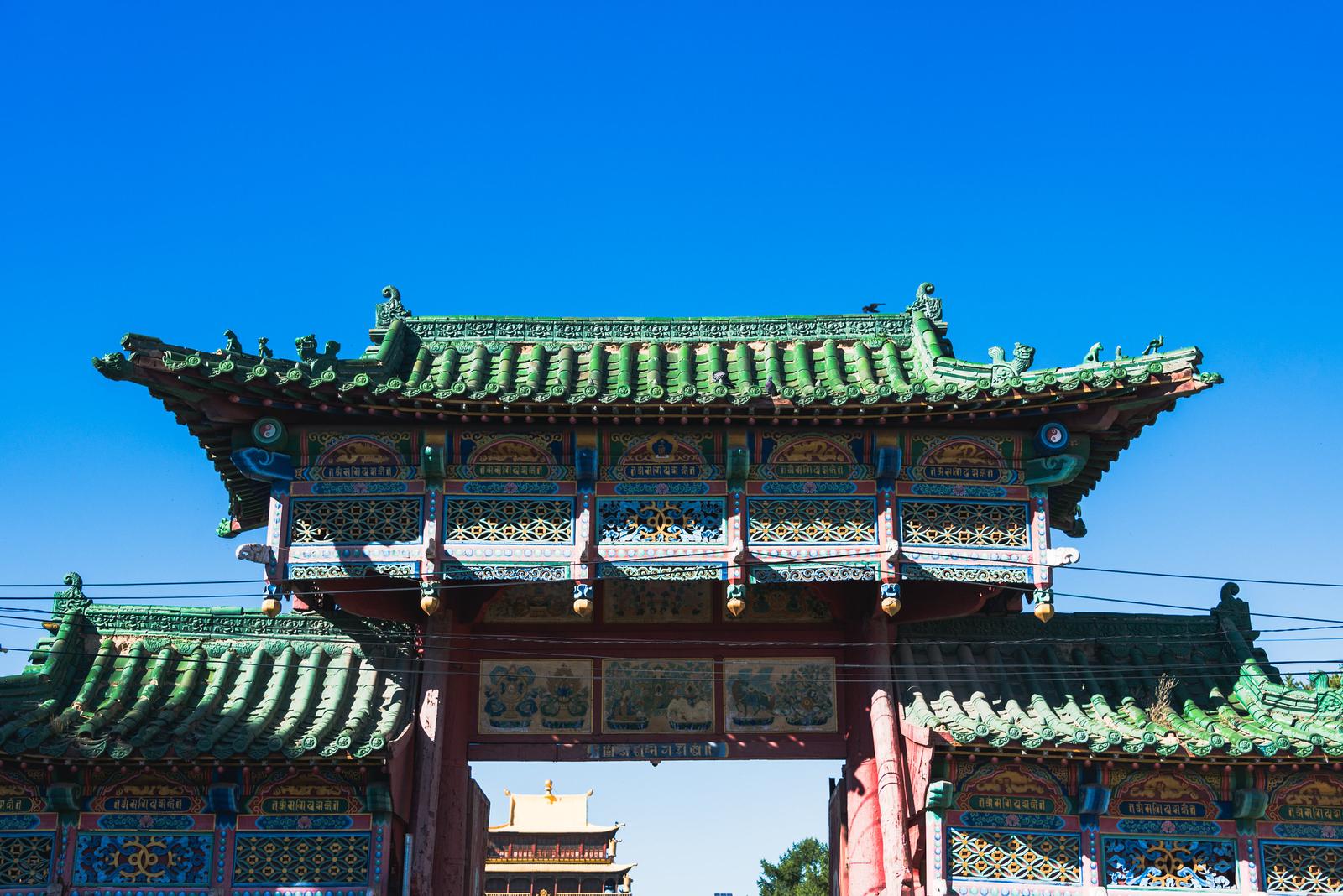
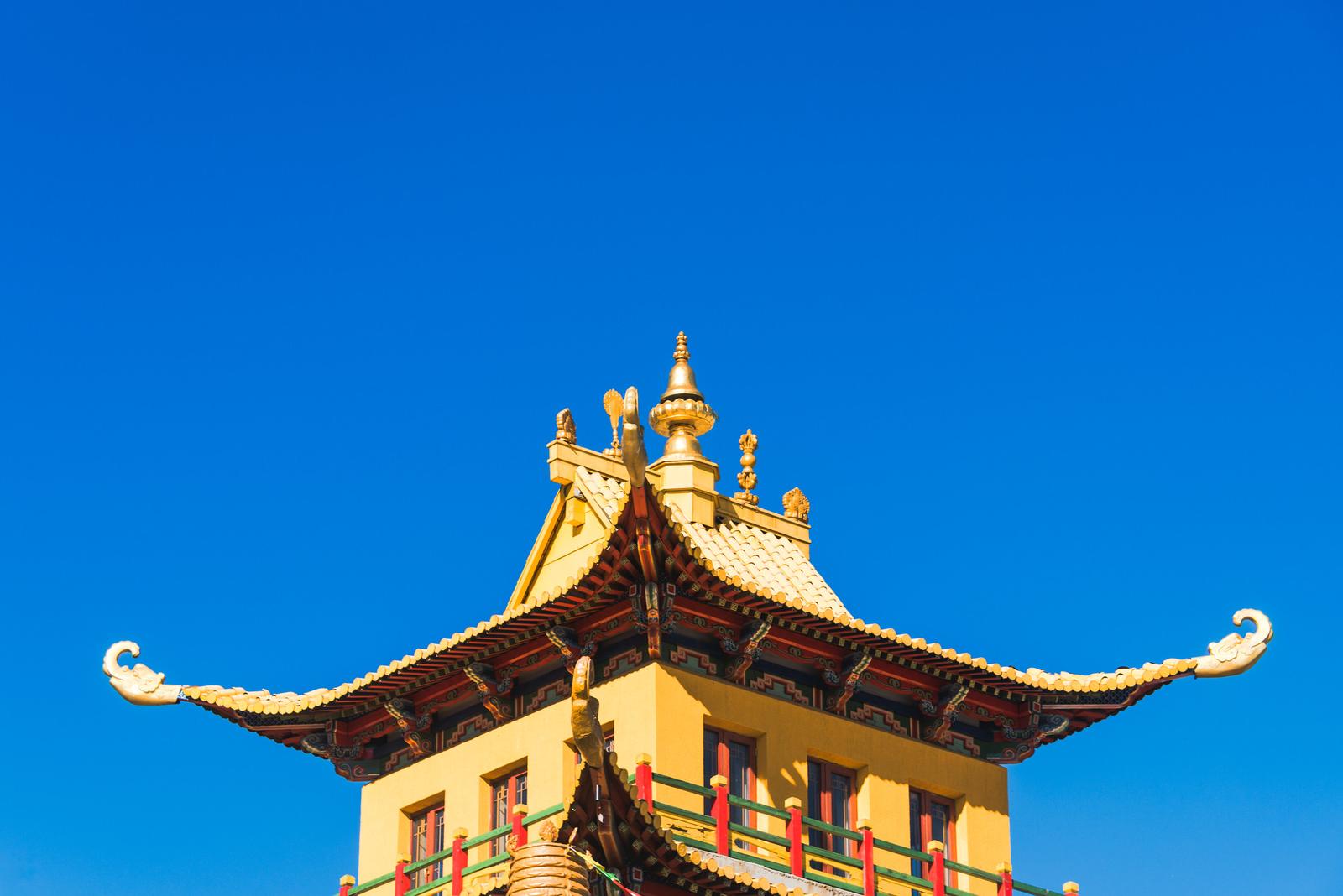
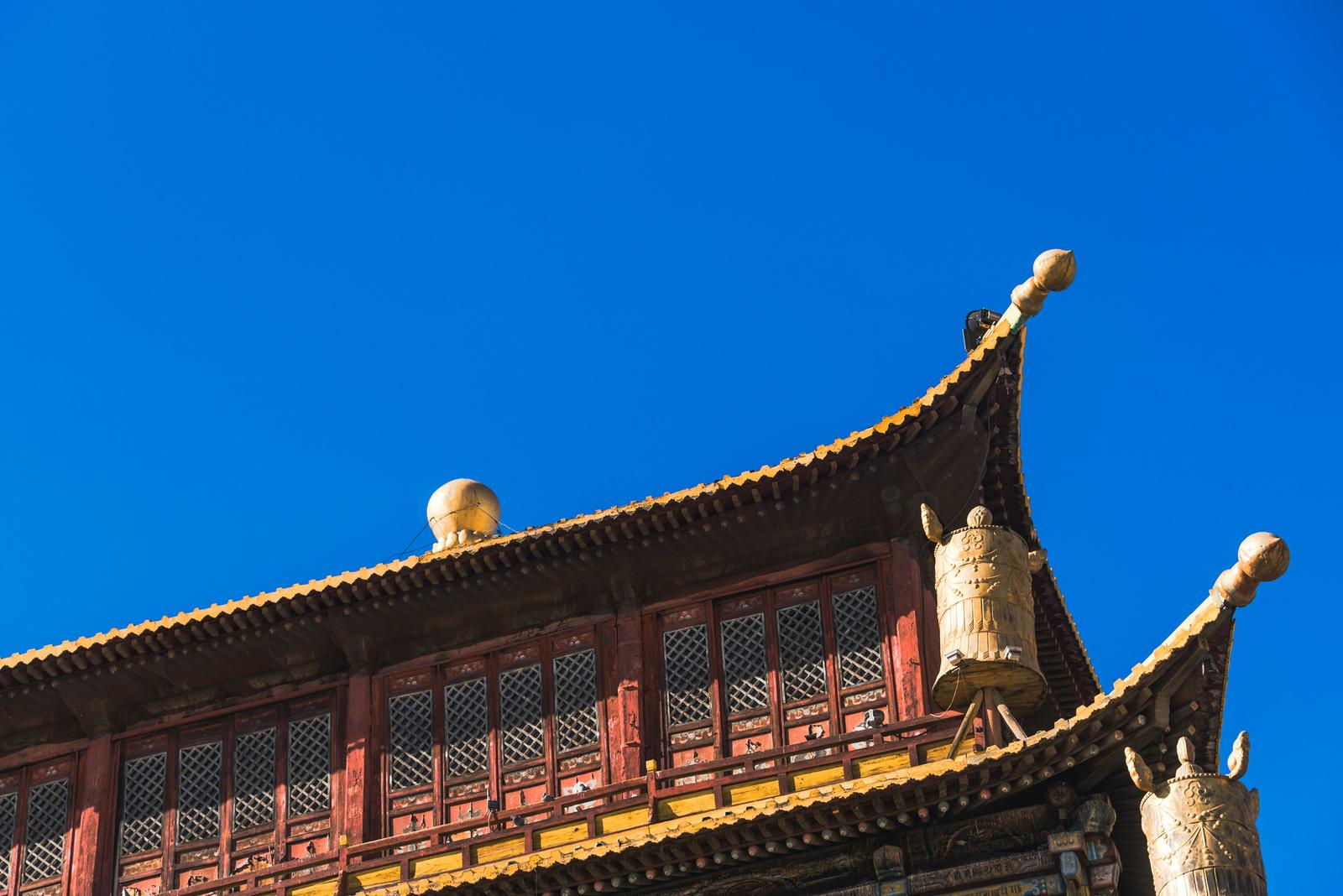
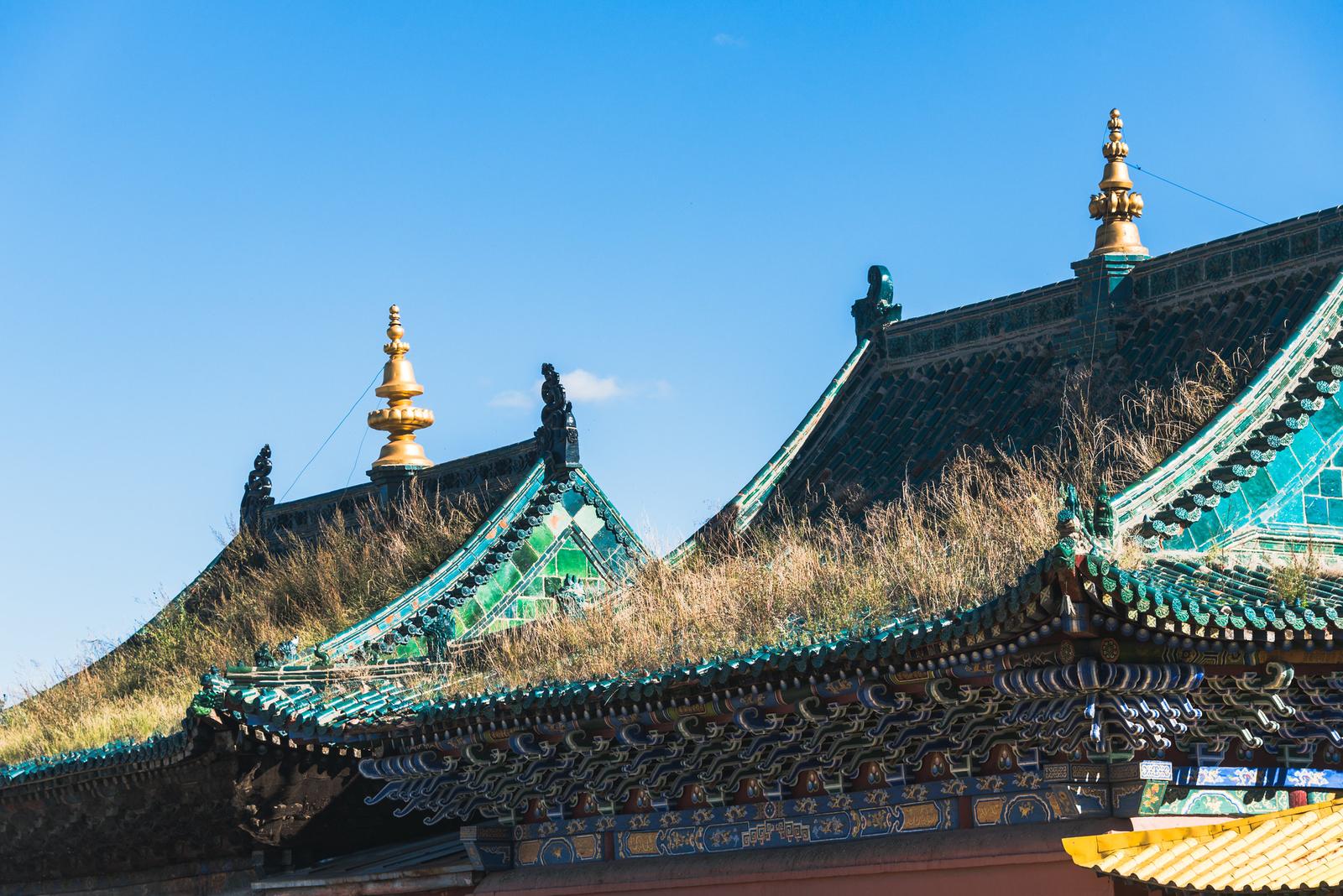
At 4pm, the monks of the monastery began gathering for their prayer ceremony. Their deep red robes blended beautifully with the lush green trees of the Mongolian summer.
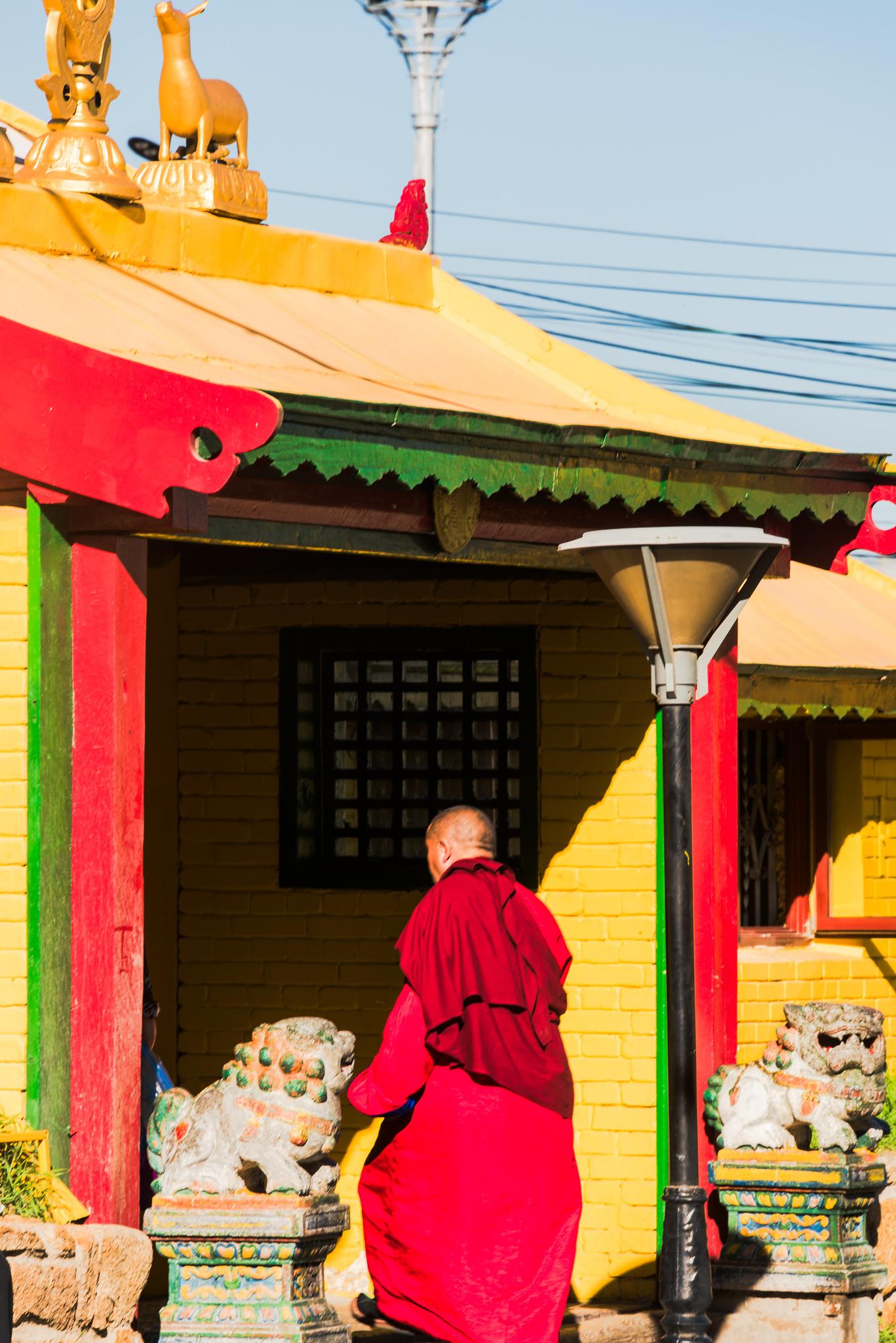
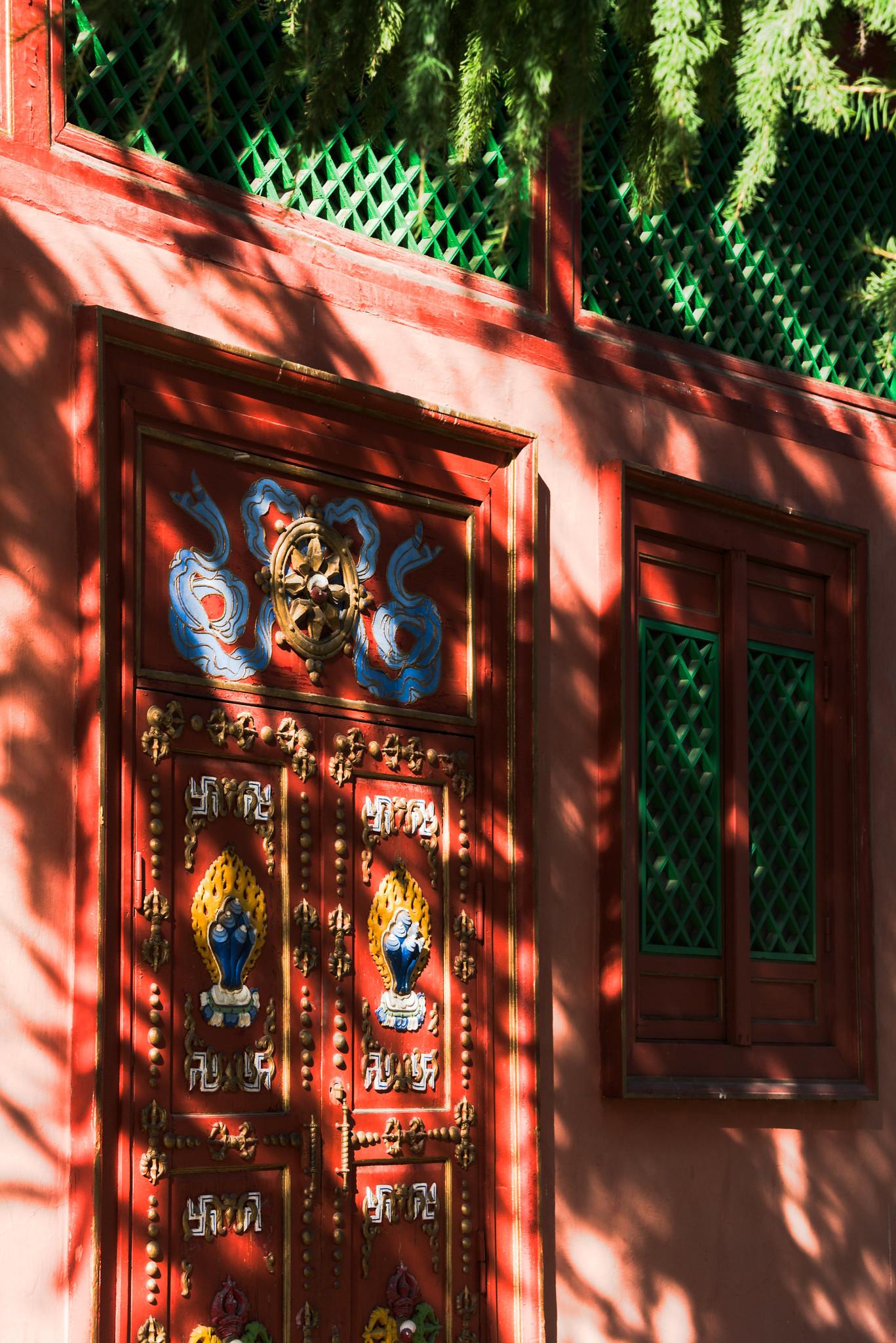
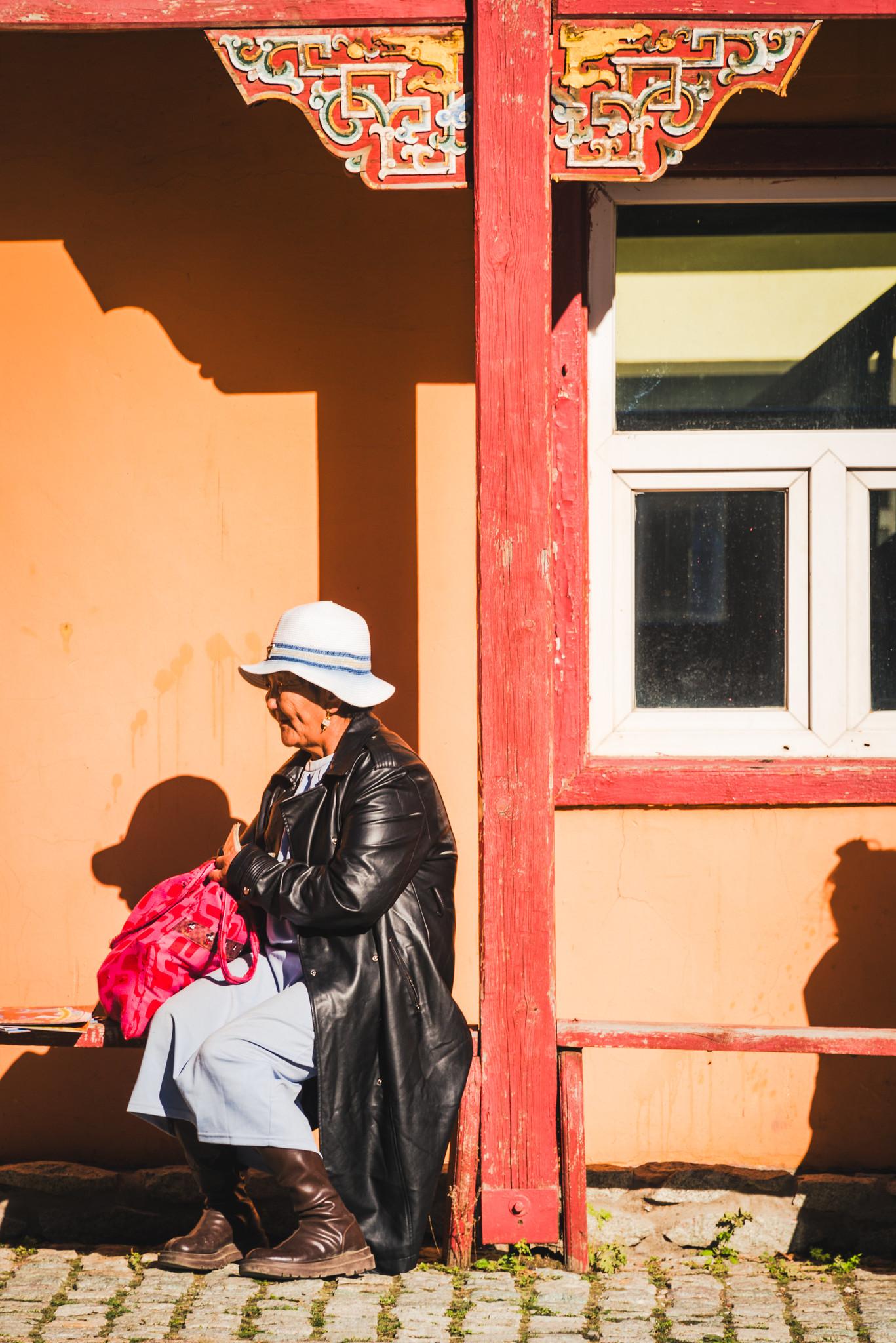
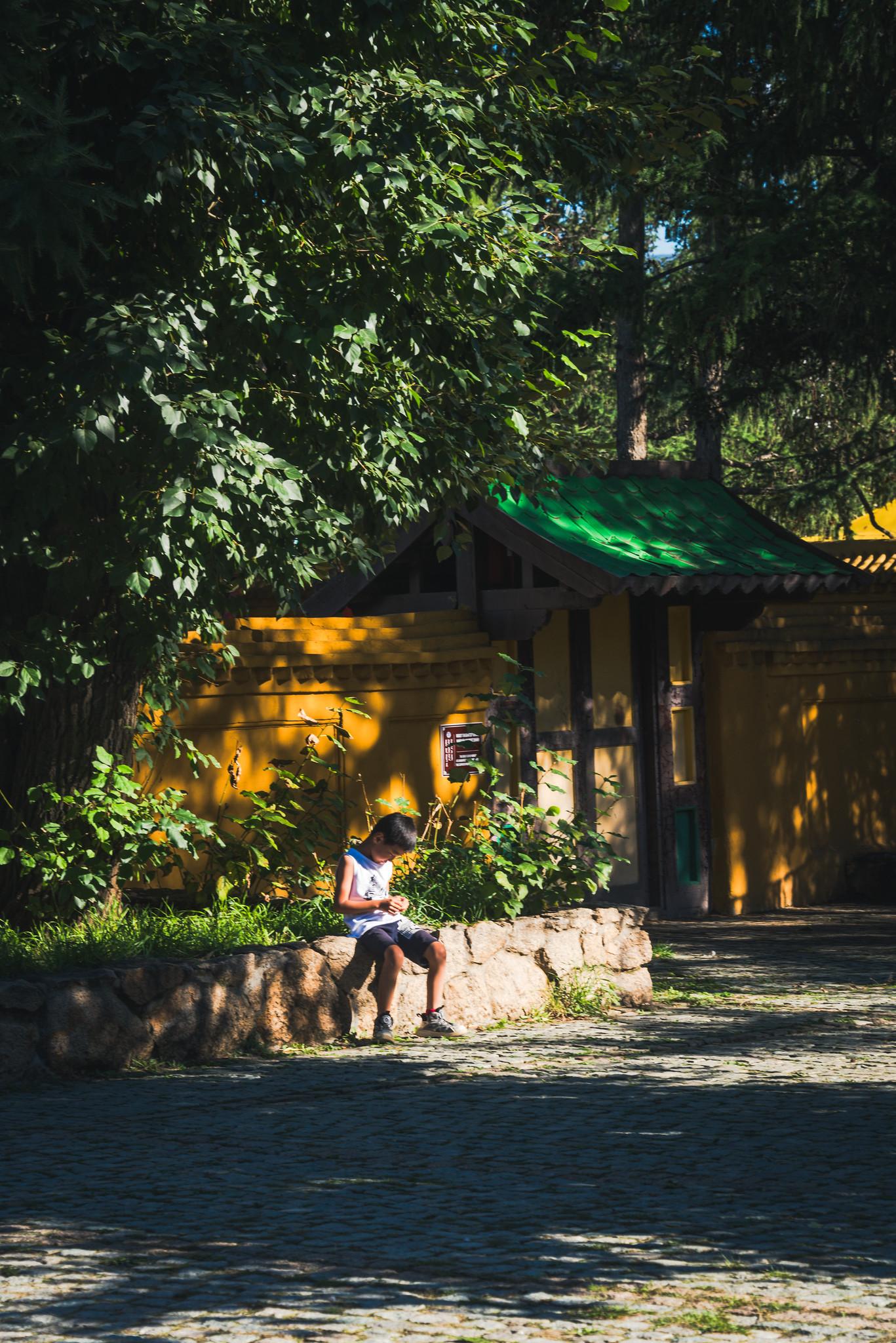
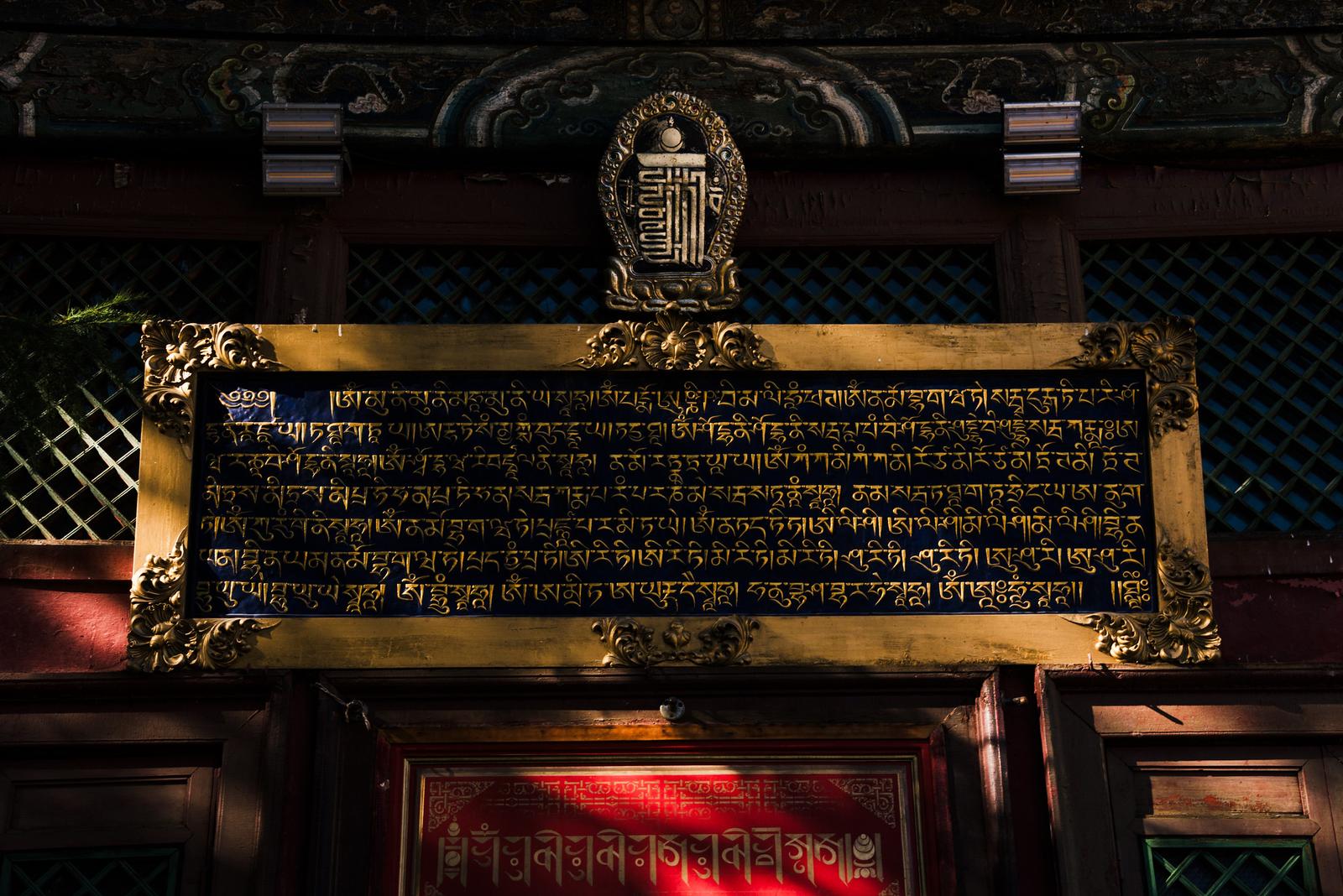
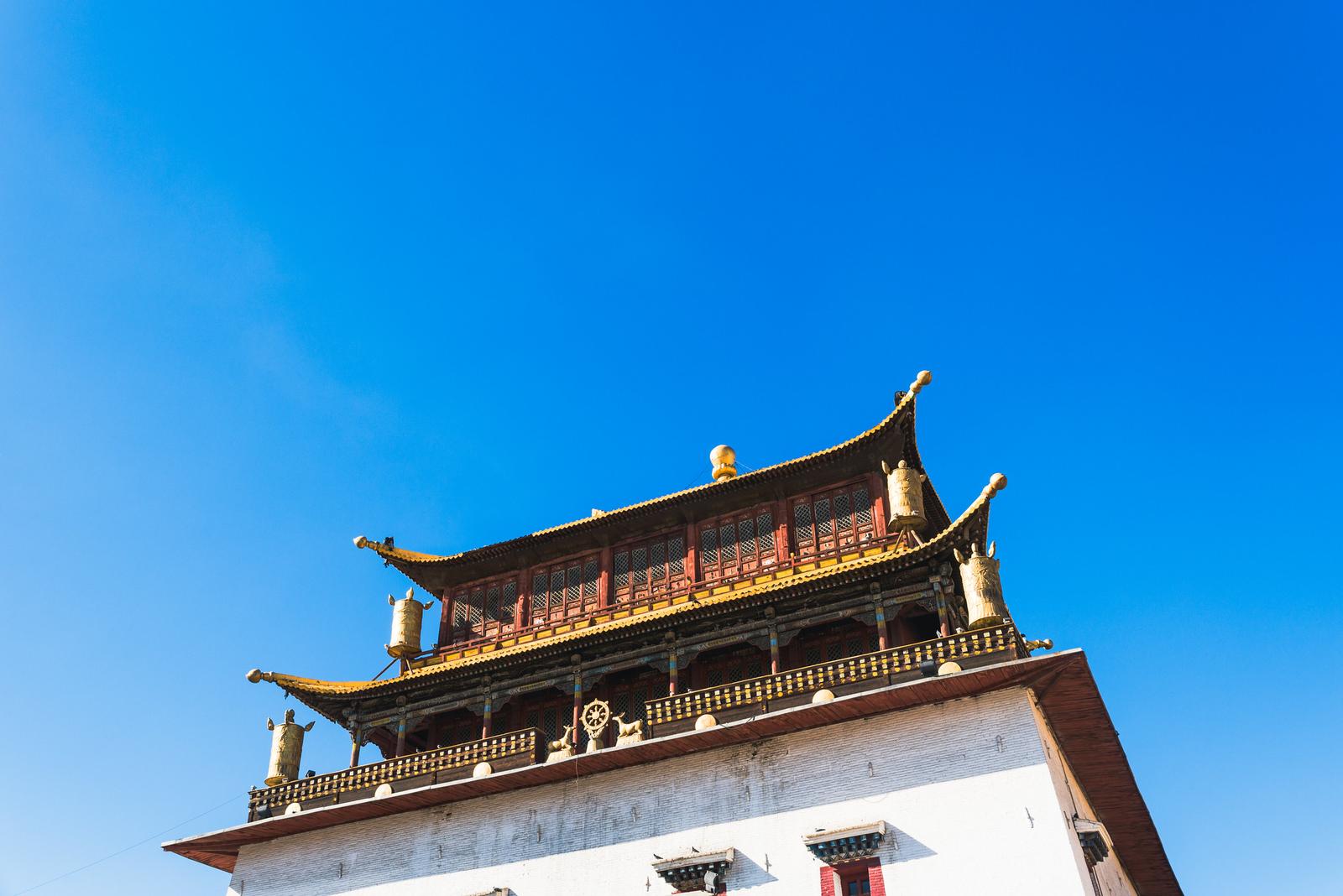
Choijin Lama Temple
To the south of Sükhbaatar Square is the Choijin Lama Temple. Like Gandantegchinlen, it’s one of the few religious sites that survived the purge in 1939, now serving as a museum preserving highly valuable artifacts.
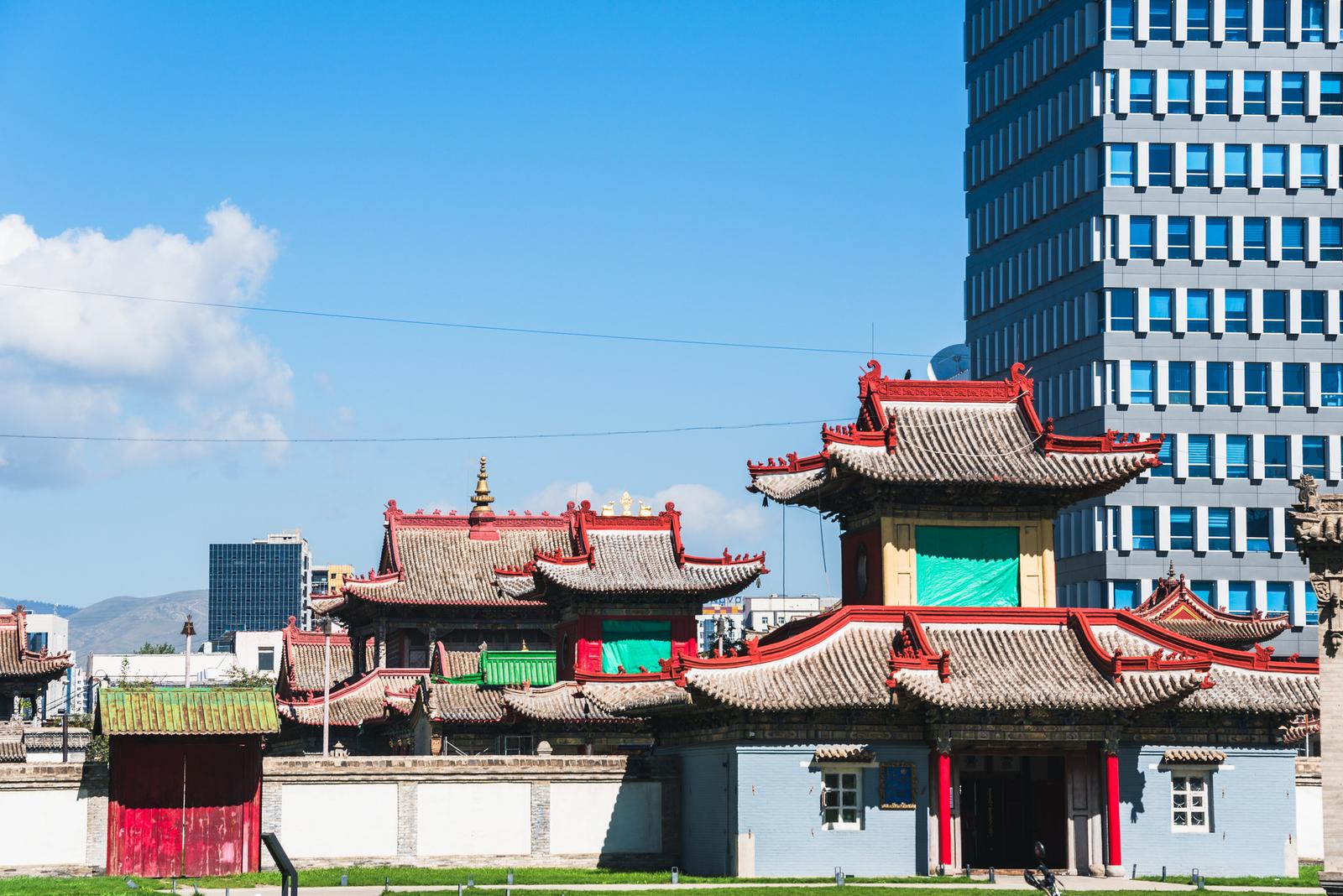
Winter Palace of the Bogd Khan
On the trip to the countryside, the guide took me to visit the Winter Palace of the Bogd Khan in the southern part of Ulaanbaatar.
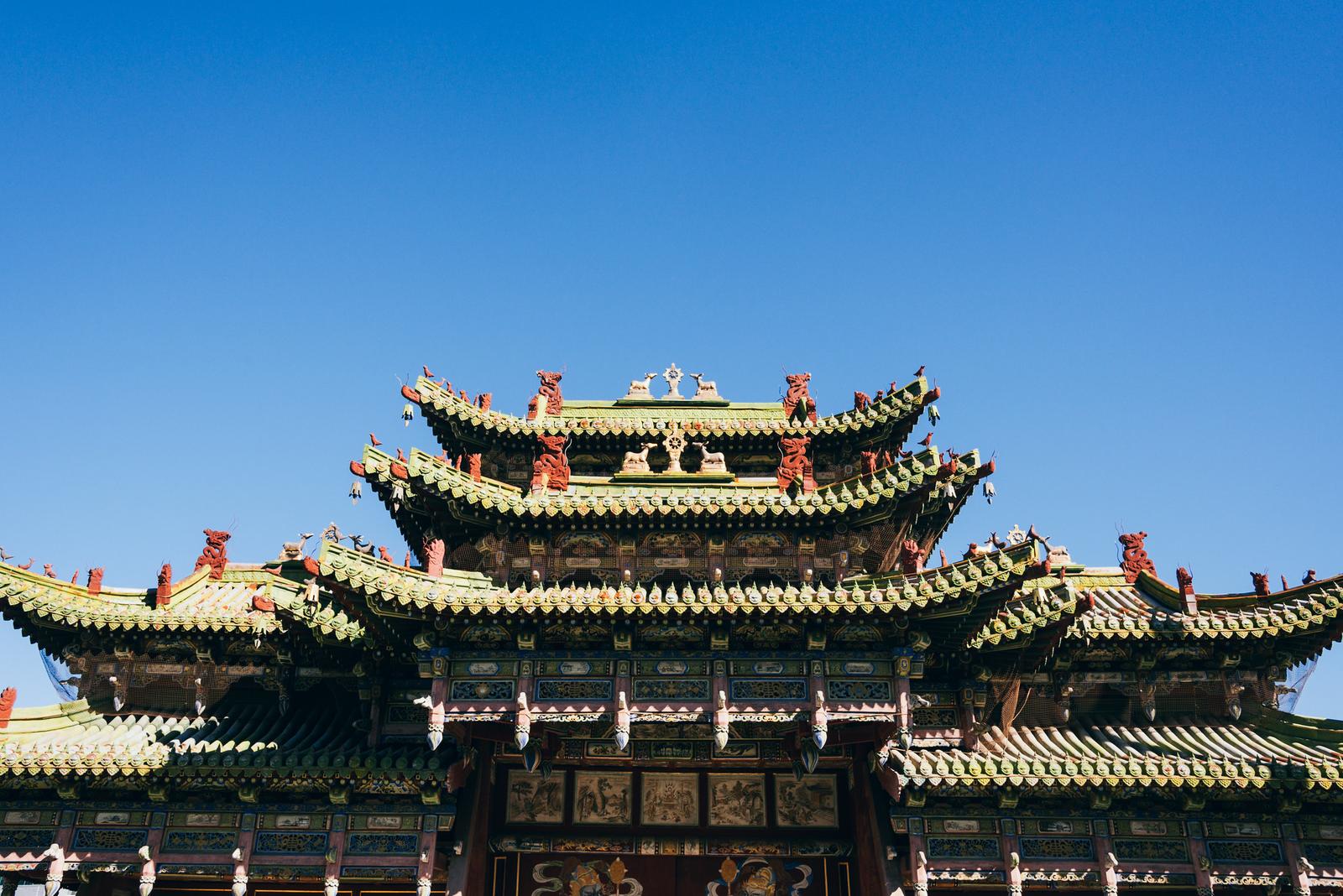
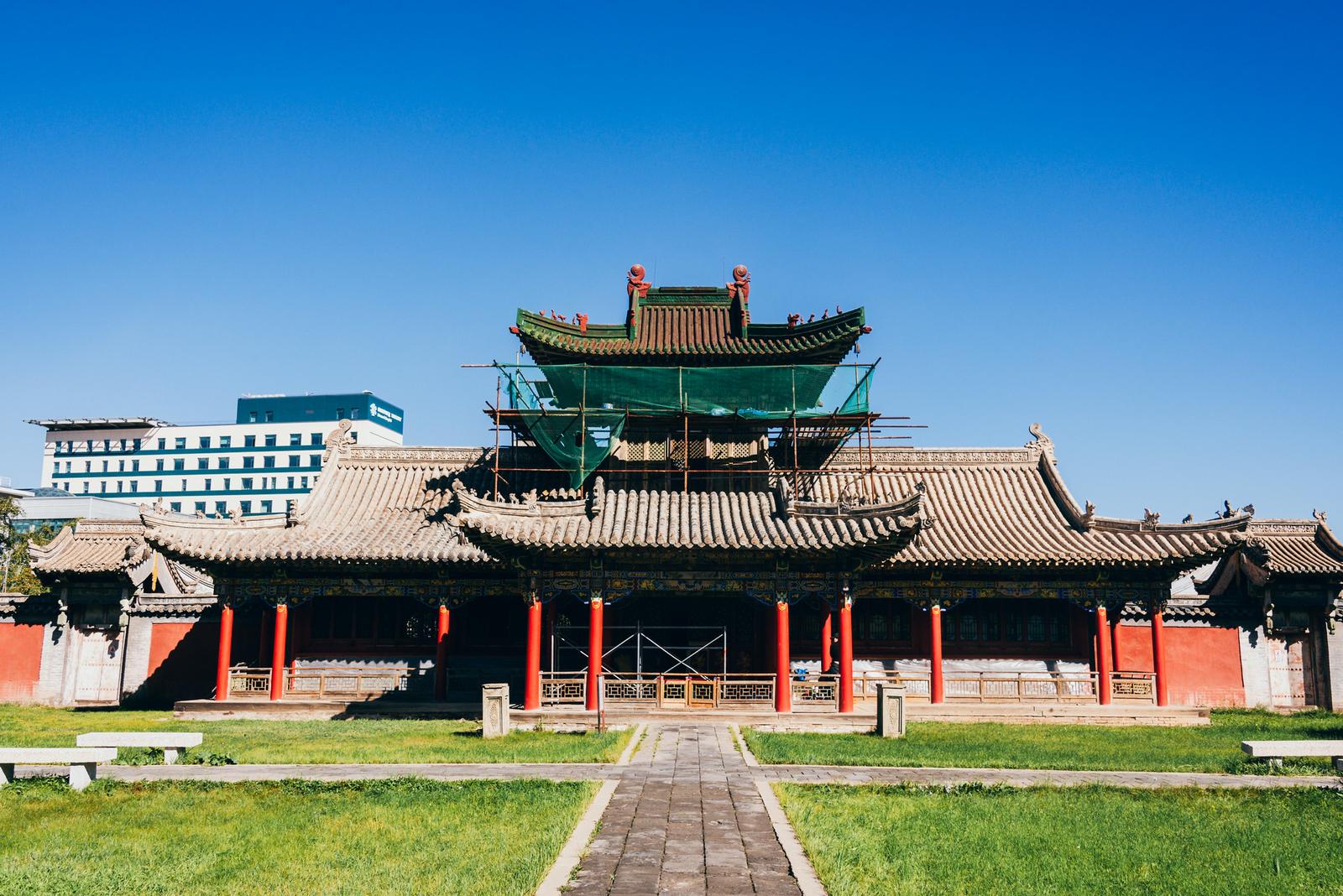
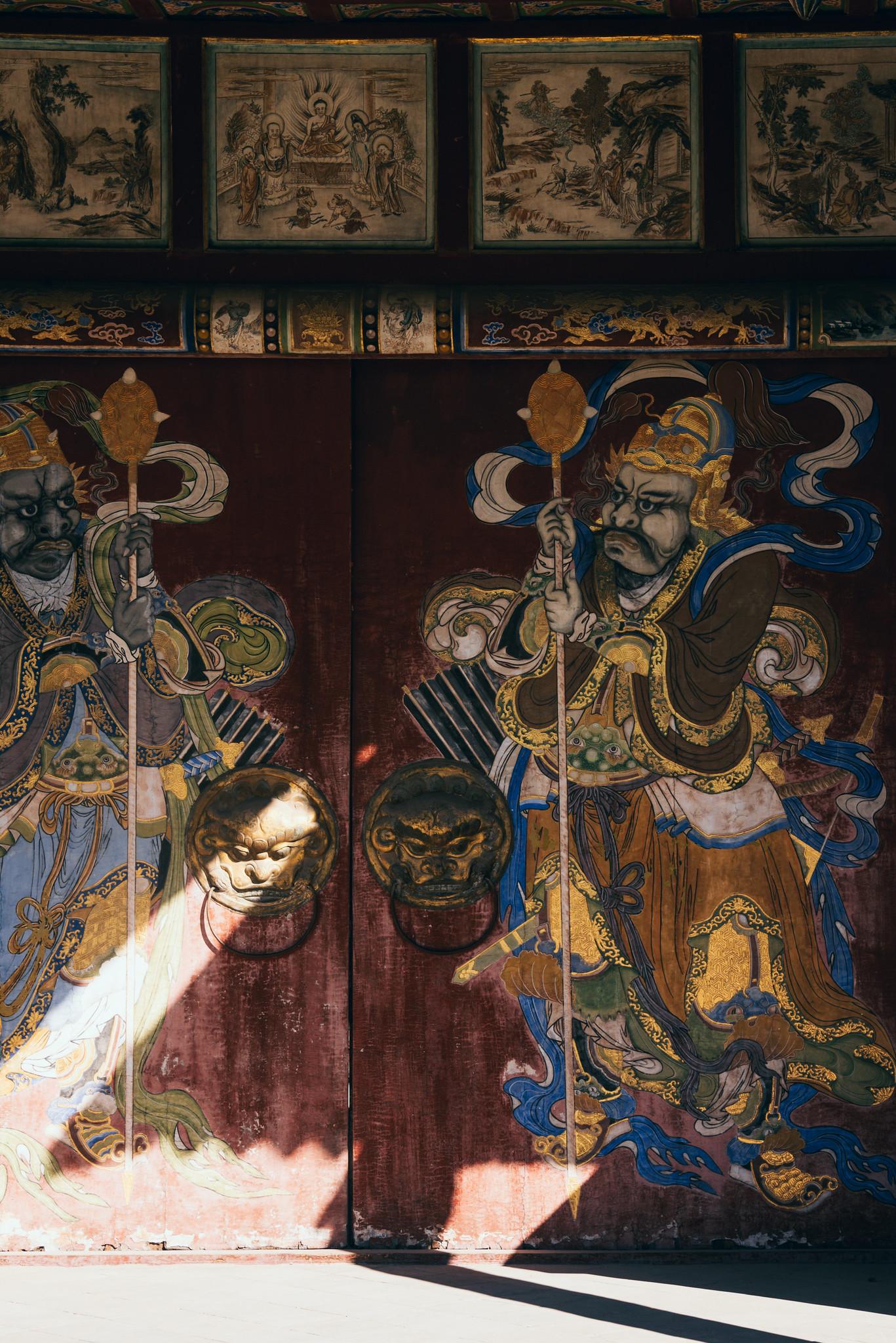
From a traveler’s perspective, the palace bears East Asian cultural similarities particularly to Korea, with its green-tiled roofs and vivid red columns.
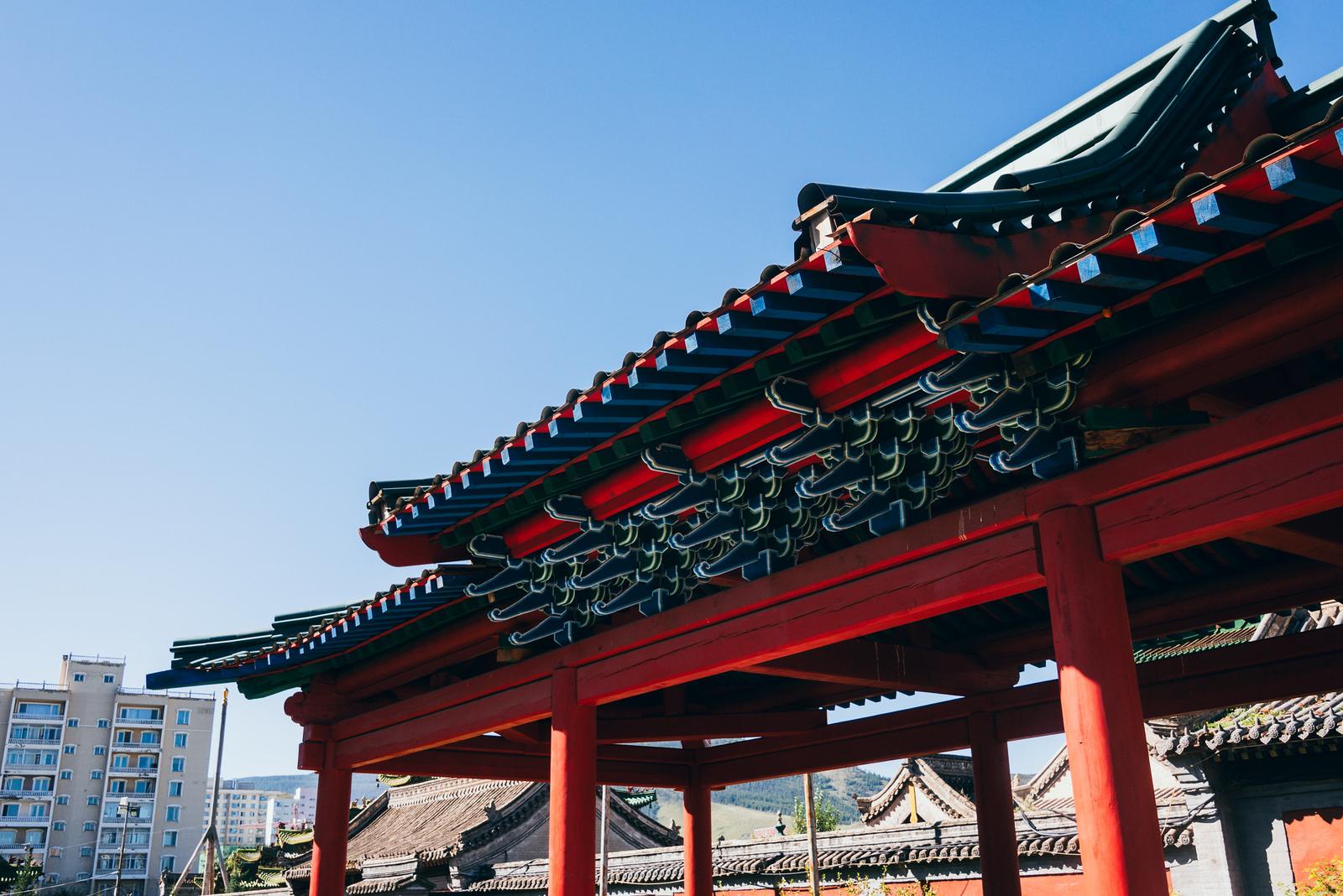
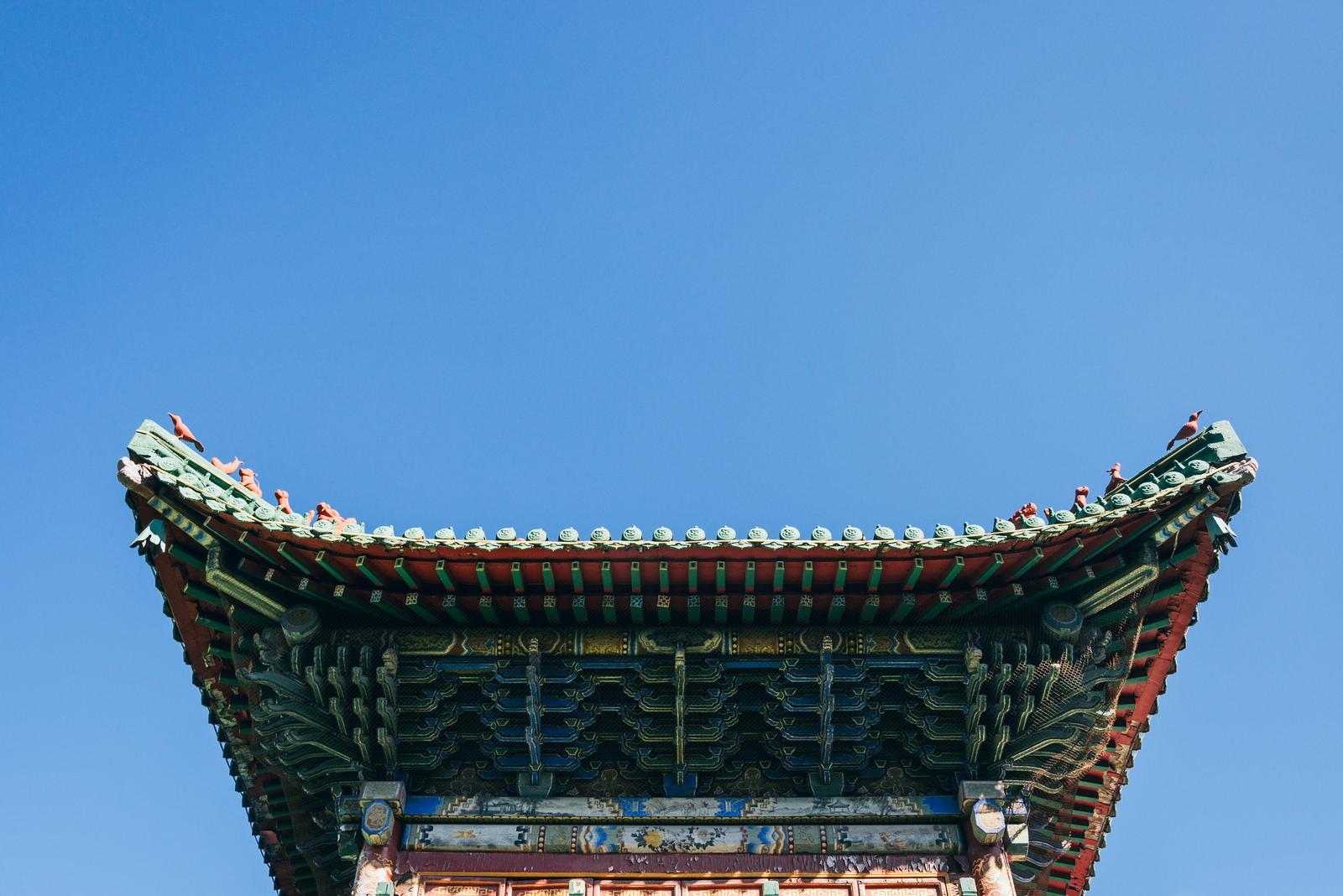
The Traffic Jam on the Final Night
On my final night in Mongolia, after days spent in the boundless steppes, the first thing that welcomed me back on the road leading to central Ulaanbaatar was the city’s signature experience - traffic jam.
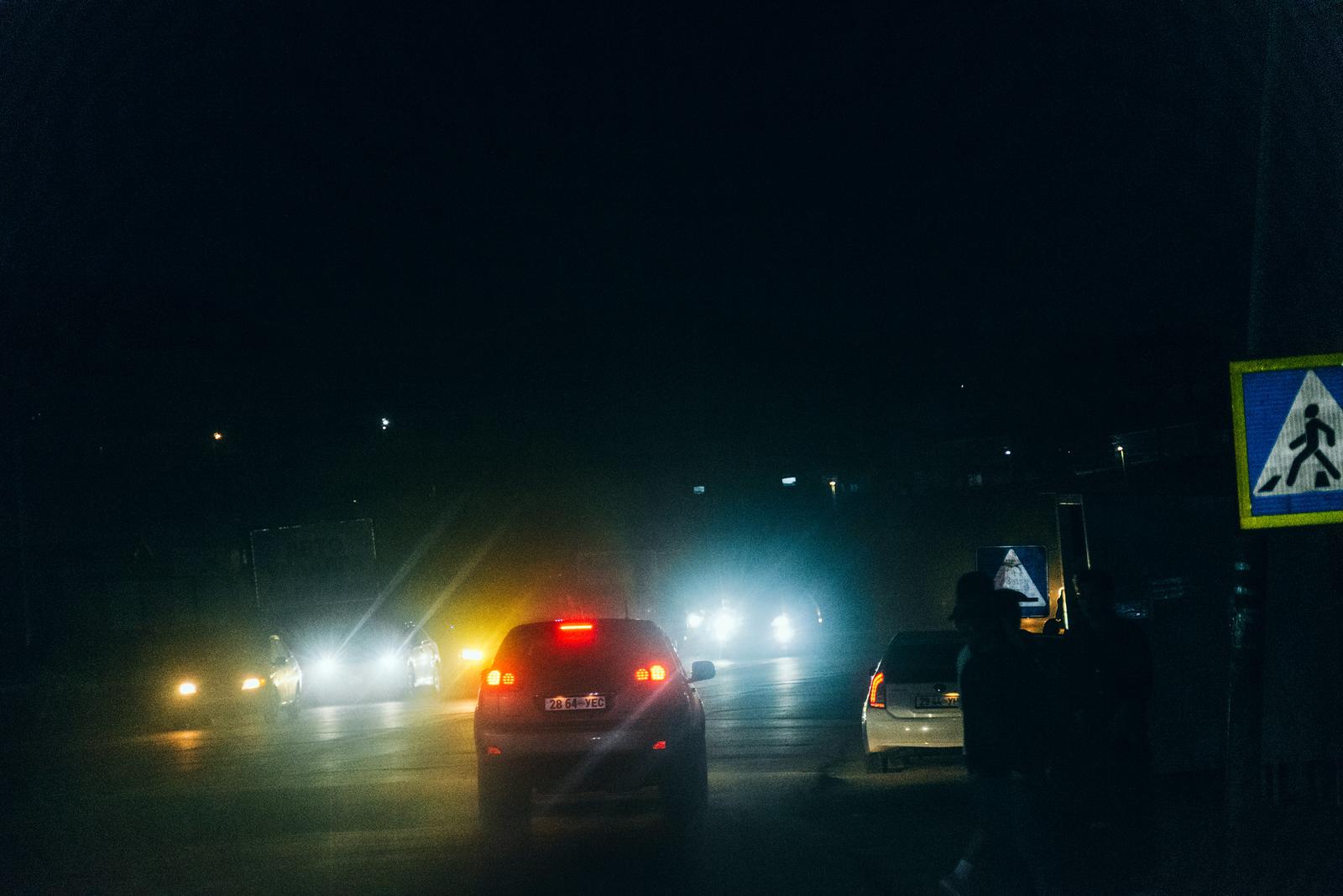
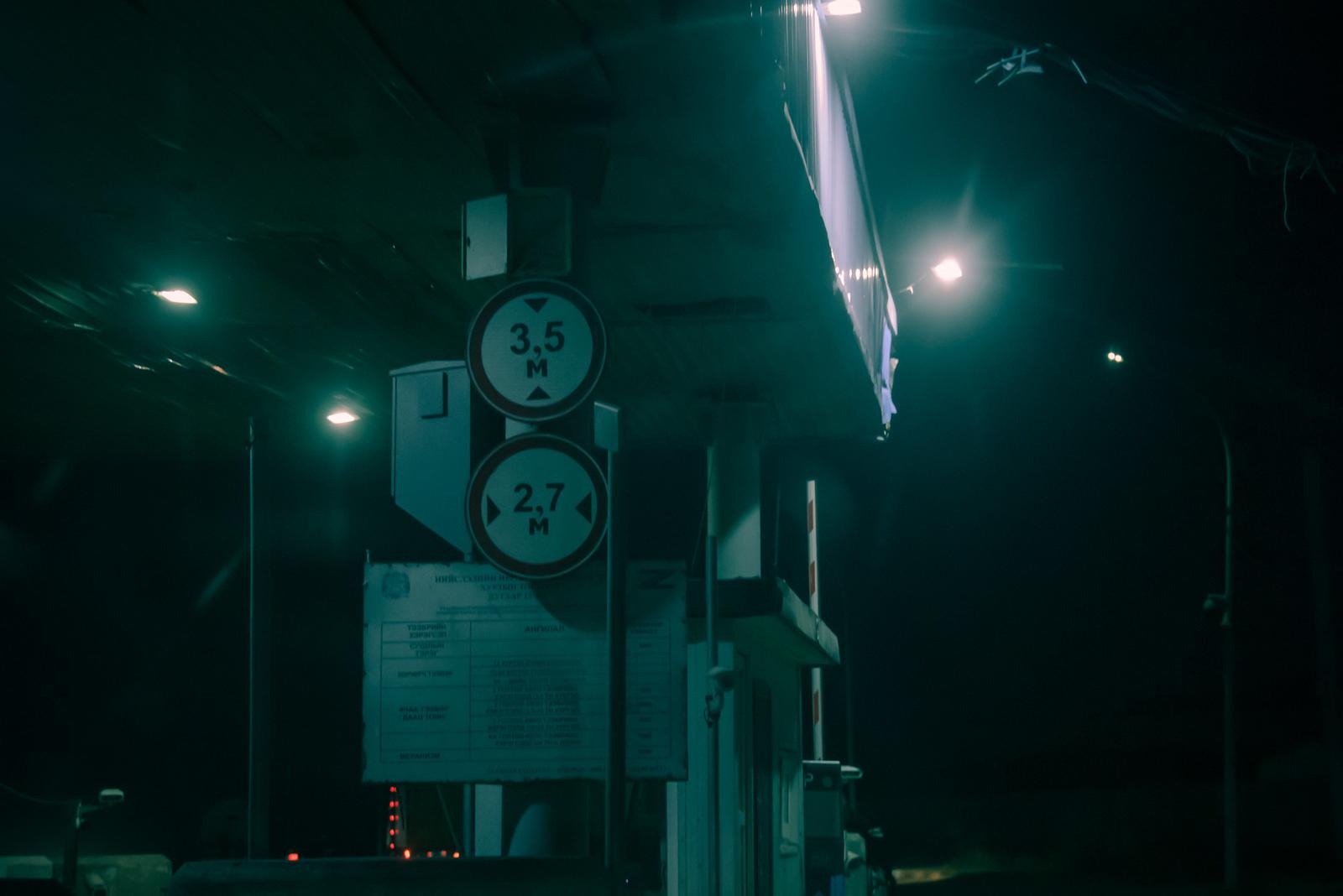
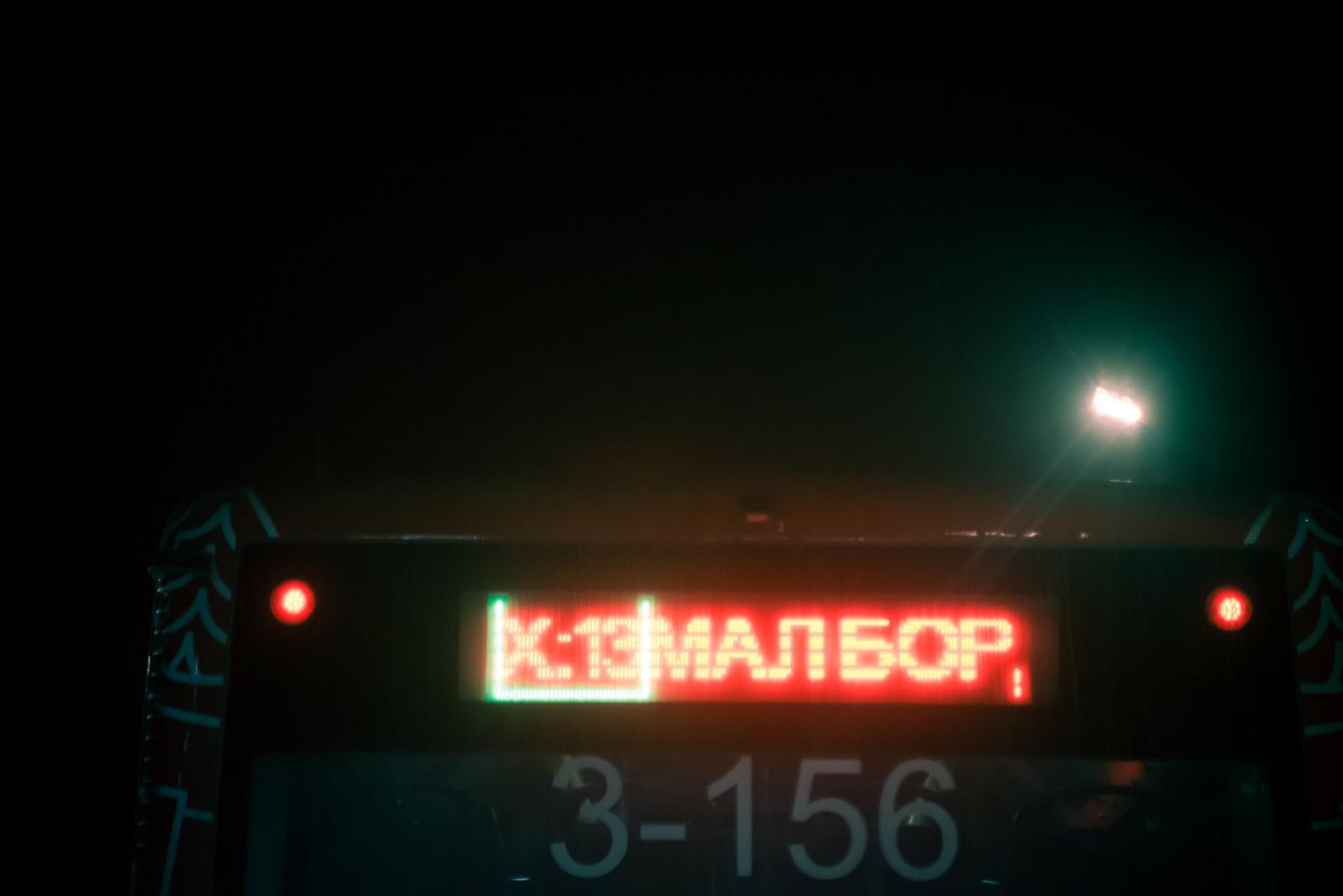
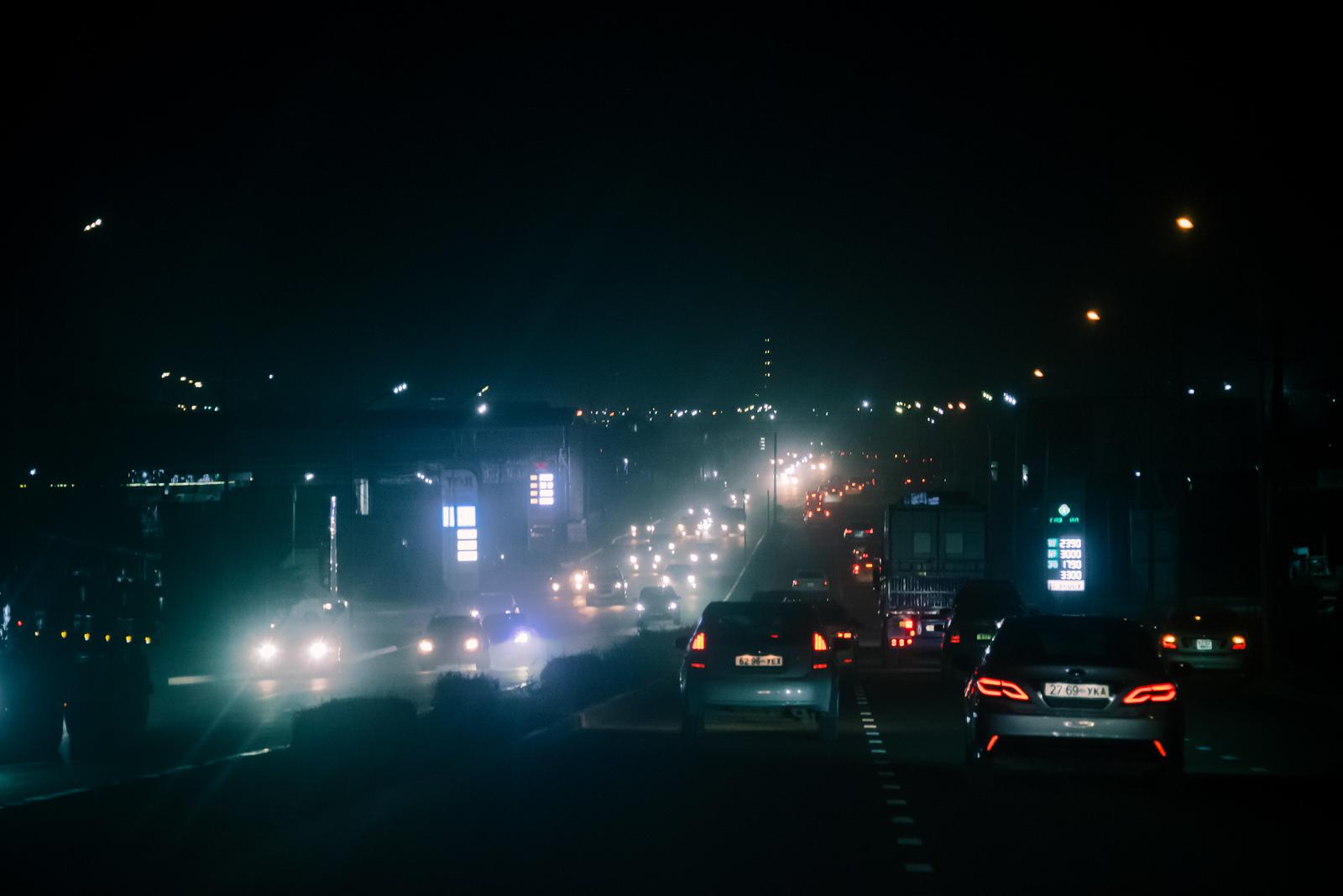
If not for the driver’s catchy music and the lively chatter in a language that I’ve always found sexy, probably I would have sunk into exhaustion and hunger dragging on until 10pm.
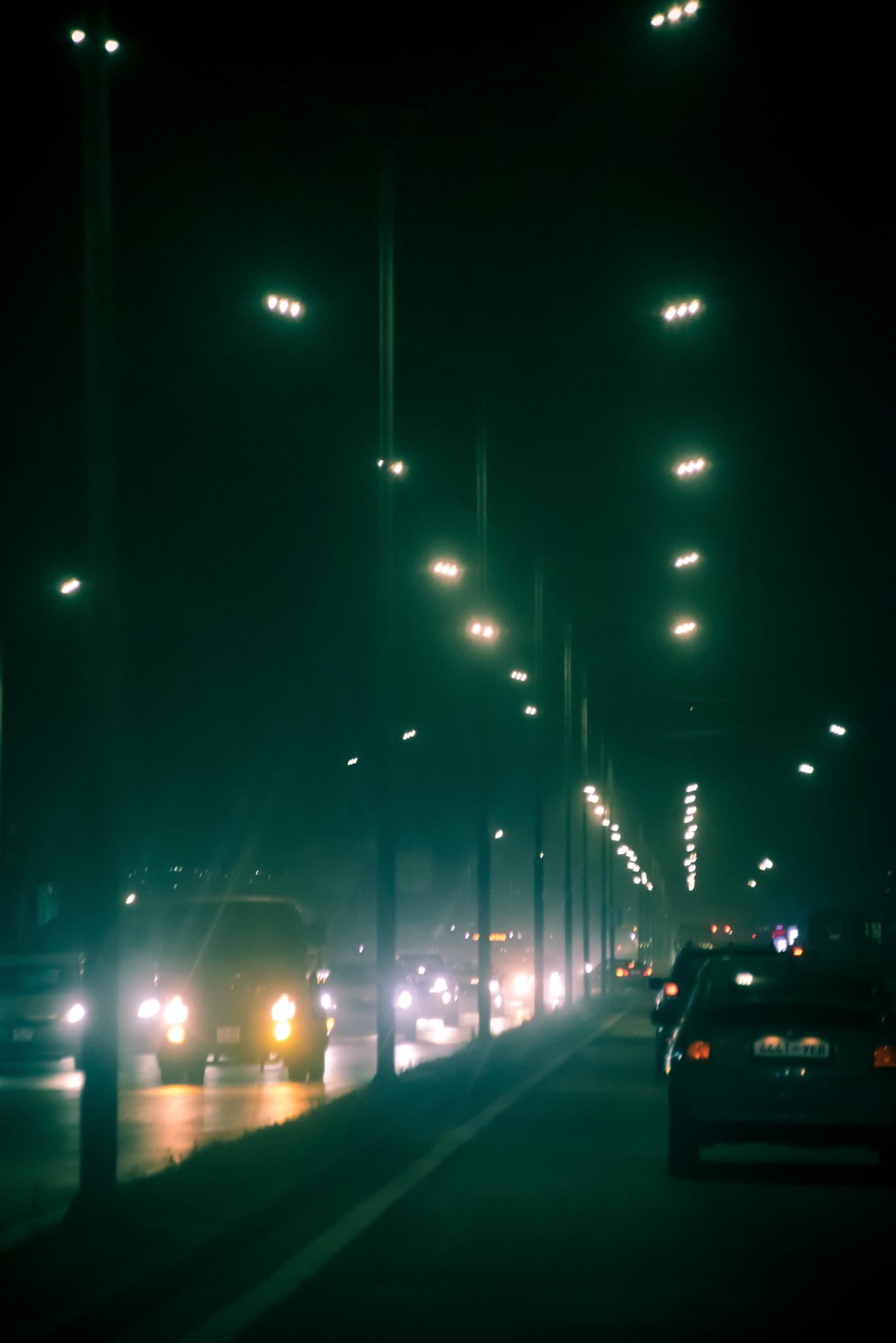
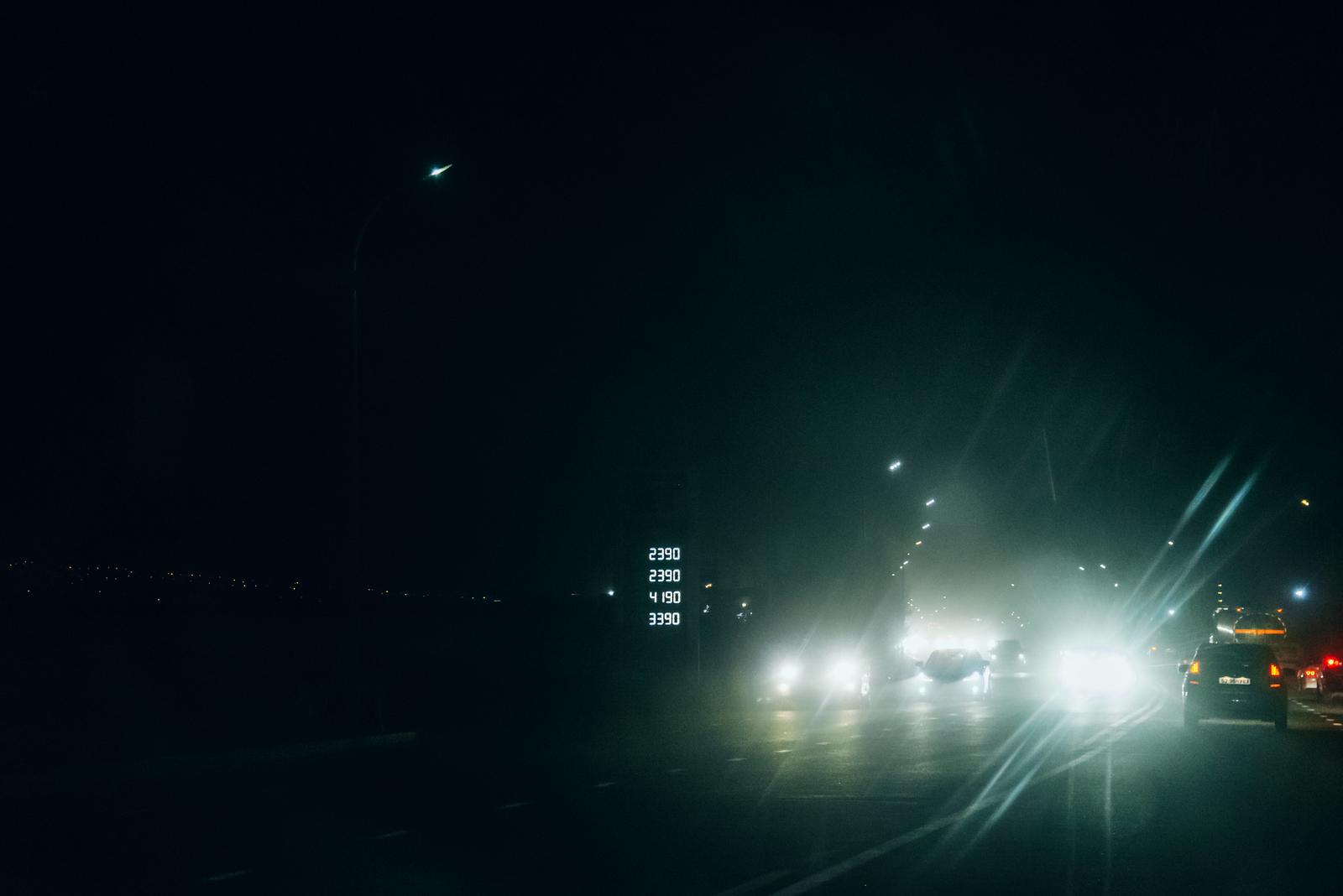
As the car descended the road into Ulaanbaatar valley, the hazy air revealed trails of round, glowing car lights stretching towards the horizon. In the distance, lights from the windows of countless apartment buildings sprouting like mushrooms across this city.
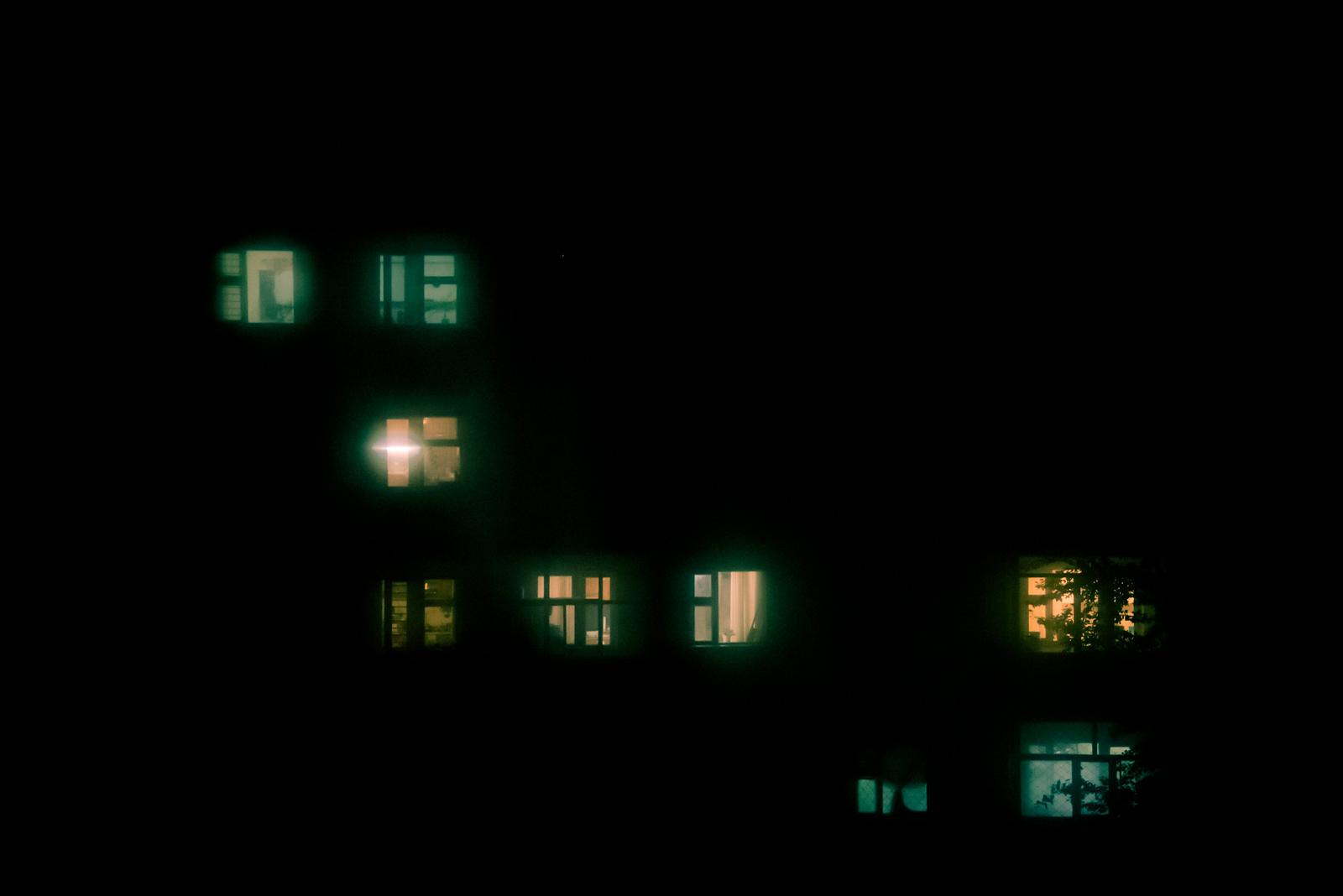
And to perfectly conclude this article, Mongolia bid me farewell with yet another breathtaking sunrise.
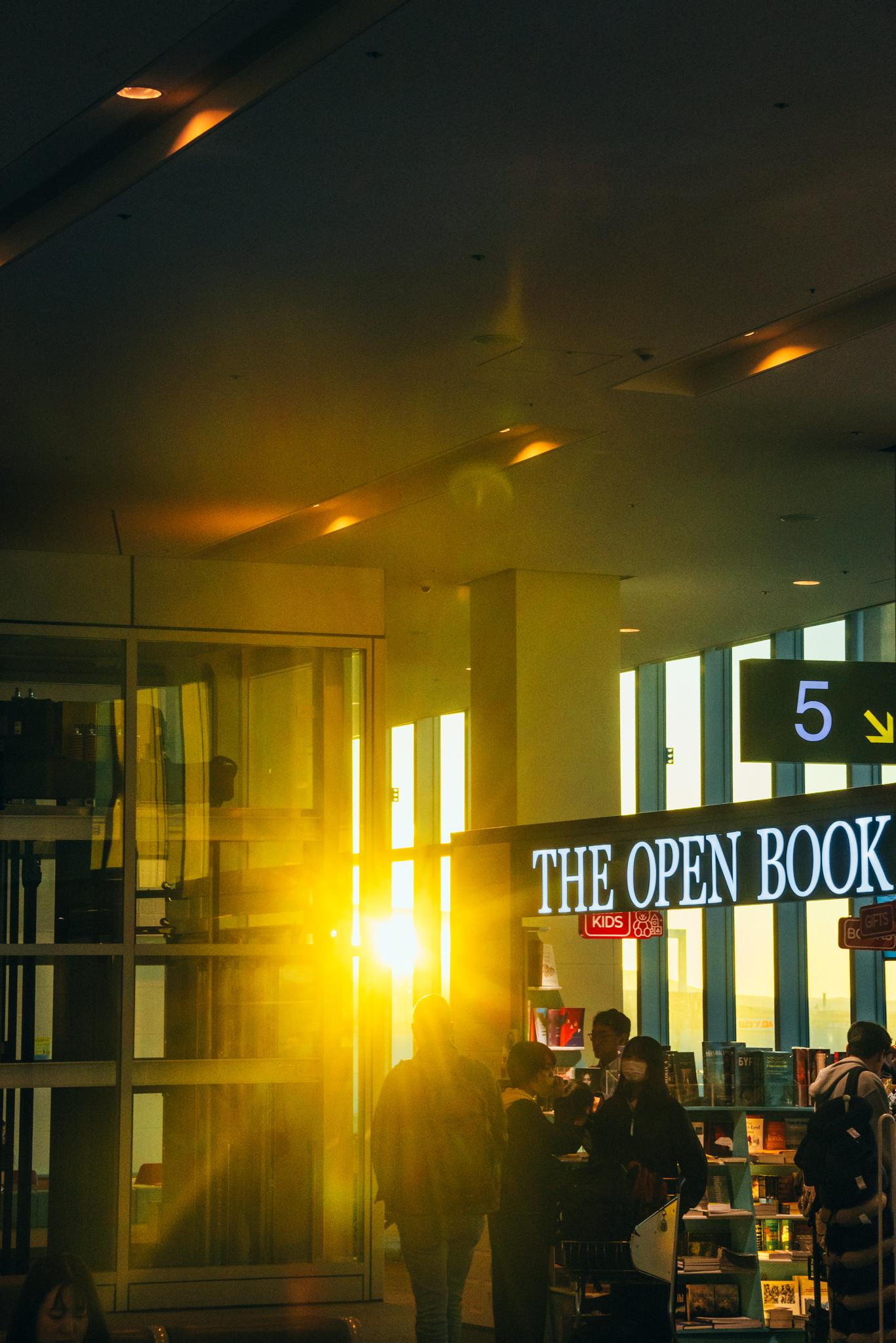

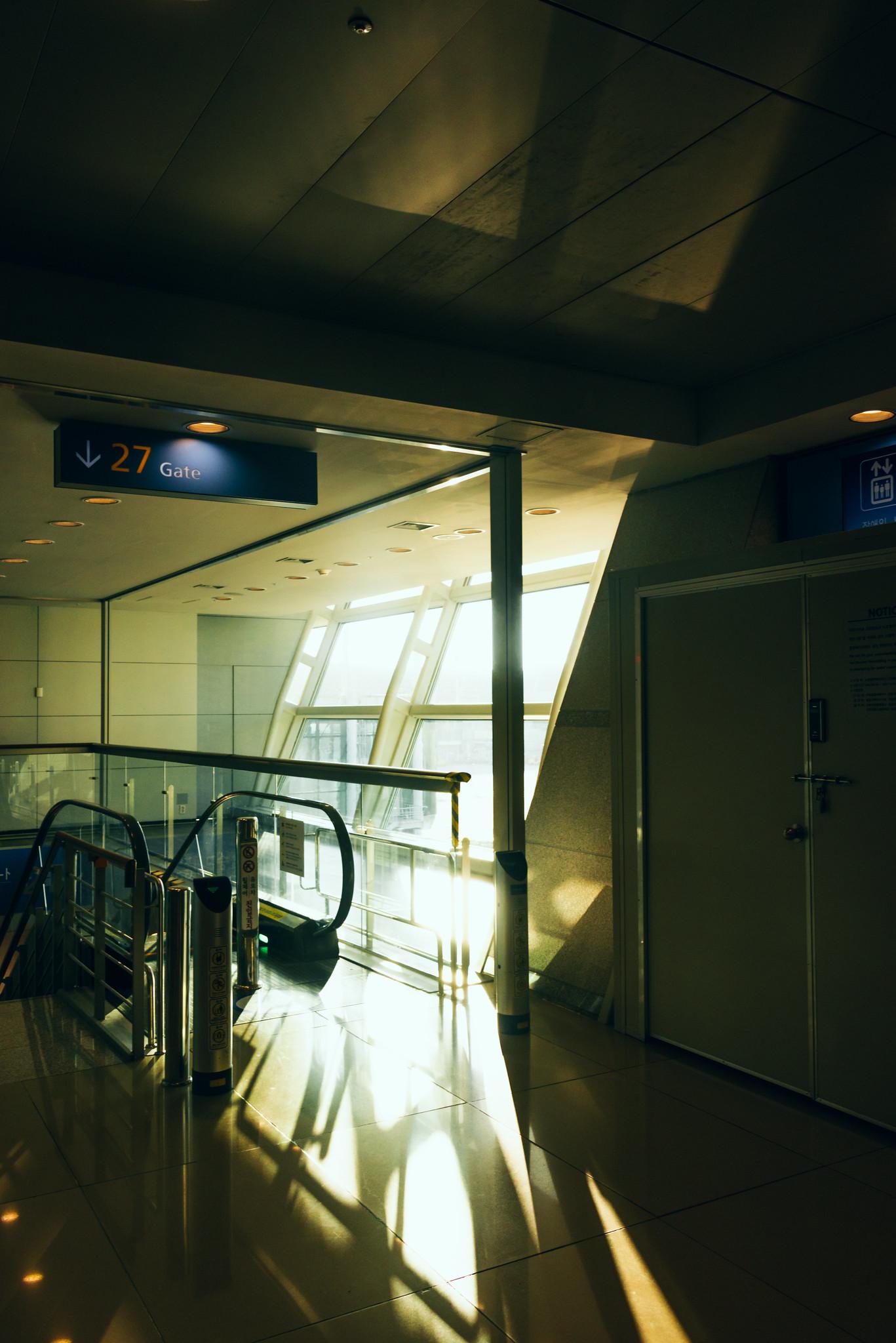
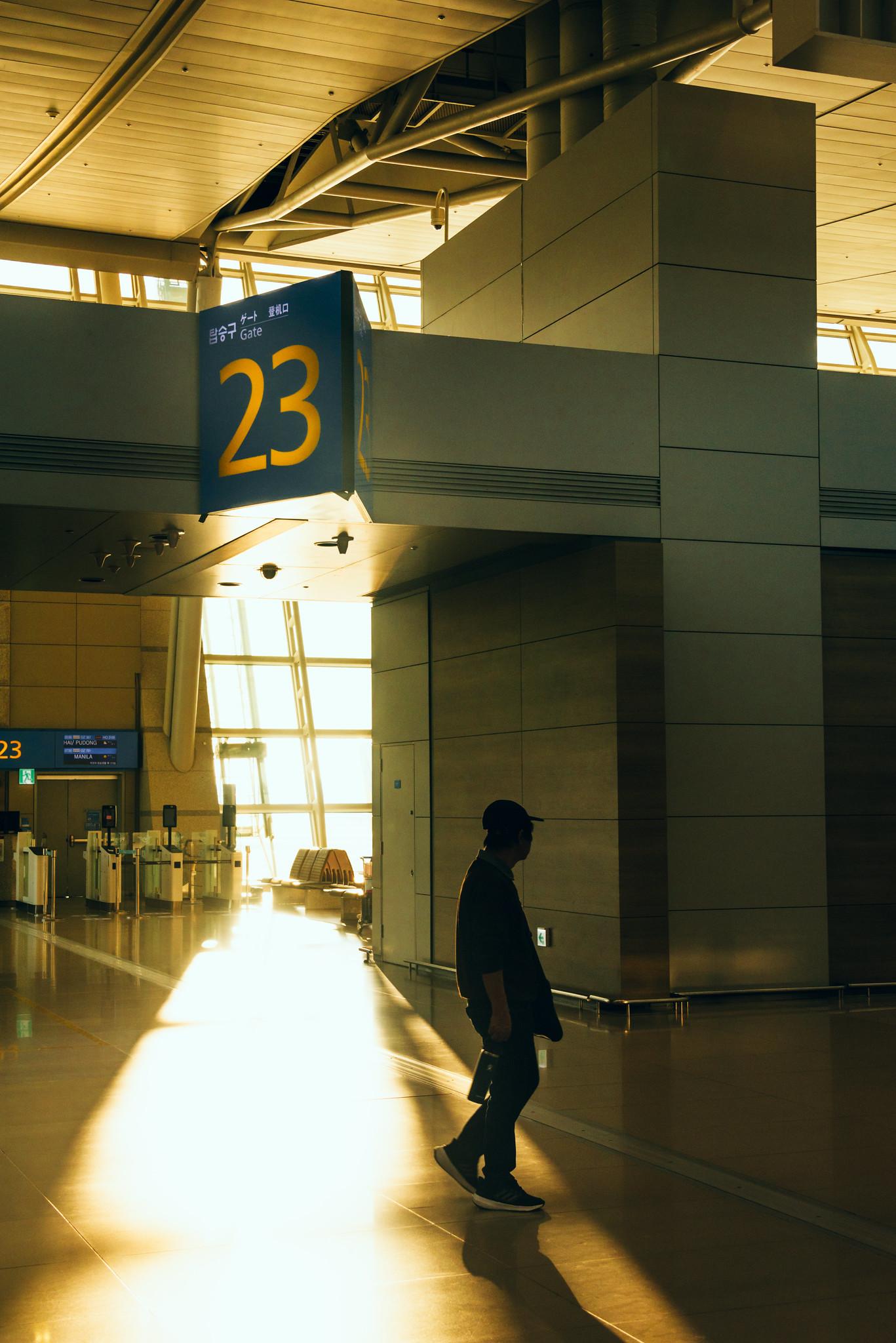
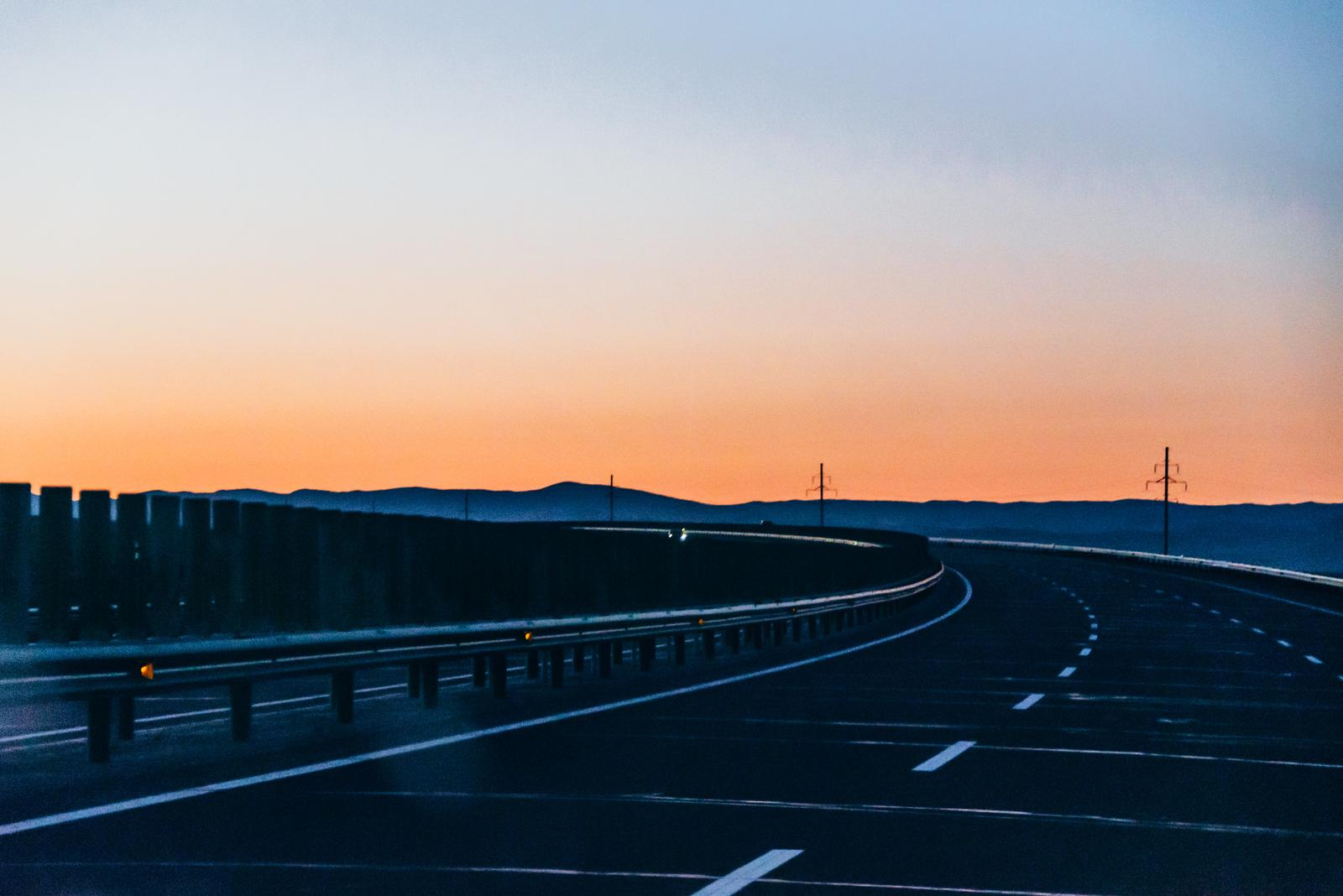
Comments
This post is a part of the Mongolia series.
© Zuyet Awarmatik
About
Zuyet Awarmatrip is a subsidiary identity within the personal ecosystem of Zuyet Awarmatik, focusing on travel and photography.
A Vietnamese usually regarding himself as a carefree solo Eastern backpacker, alongside with his main profession as a UX engineer. Neither being a freelancer nor a digital nomad, this website is built for the purpose of recording his life experience and happenings instead of letting them go into oblivion. He hopes these photos here shall always deliver the colorfulness of this worldly reality.
It's an inexpressible feeling to stand in the middle of Sükhbaatar Square, bouncing to K-Pop beats, surrounded by strange yet familiar teens, in a fleeting moment on this vast world.

